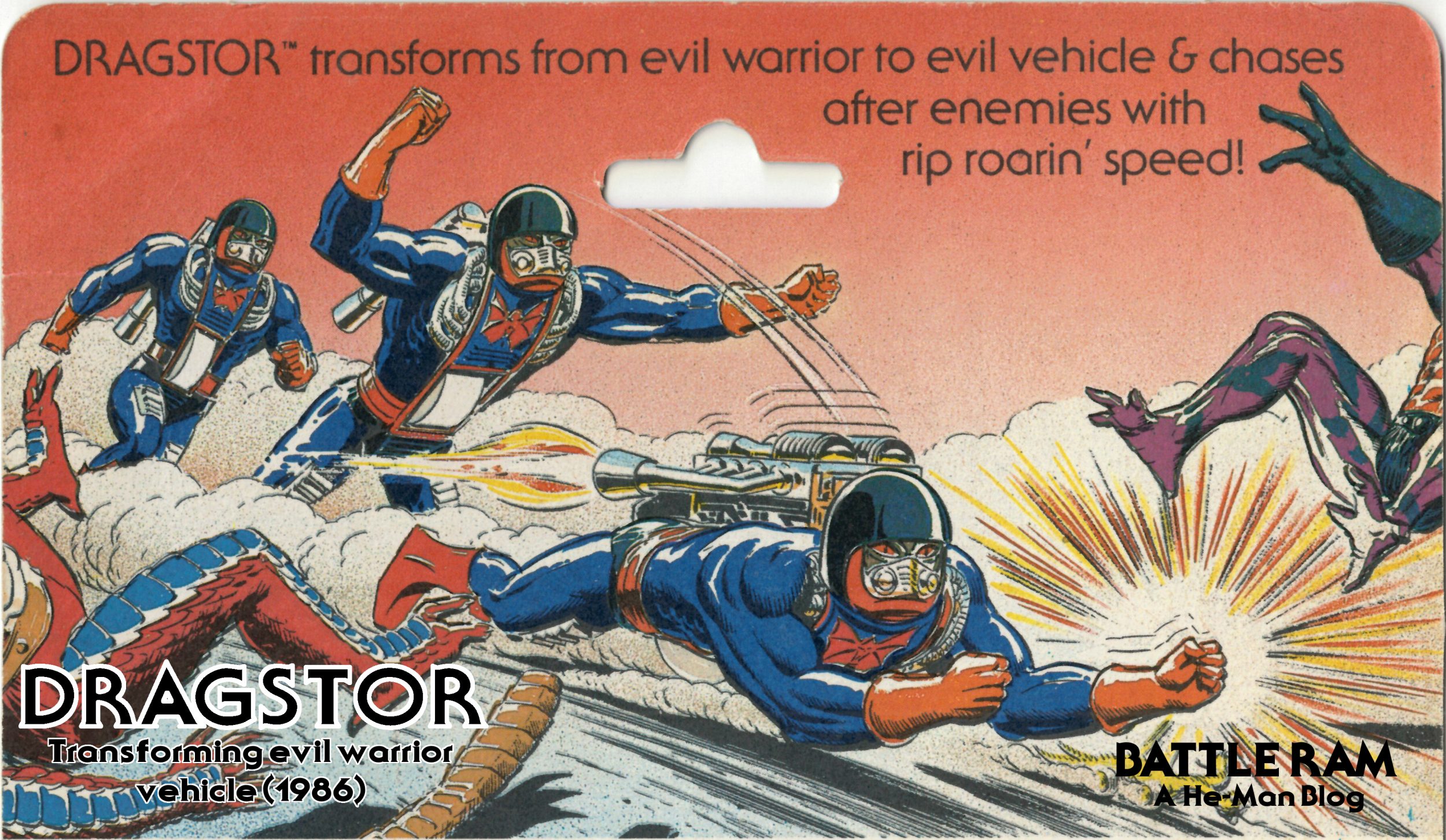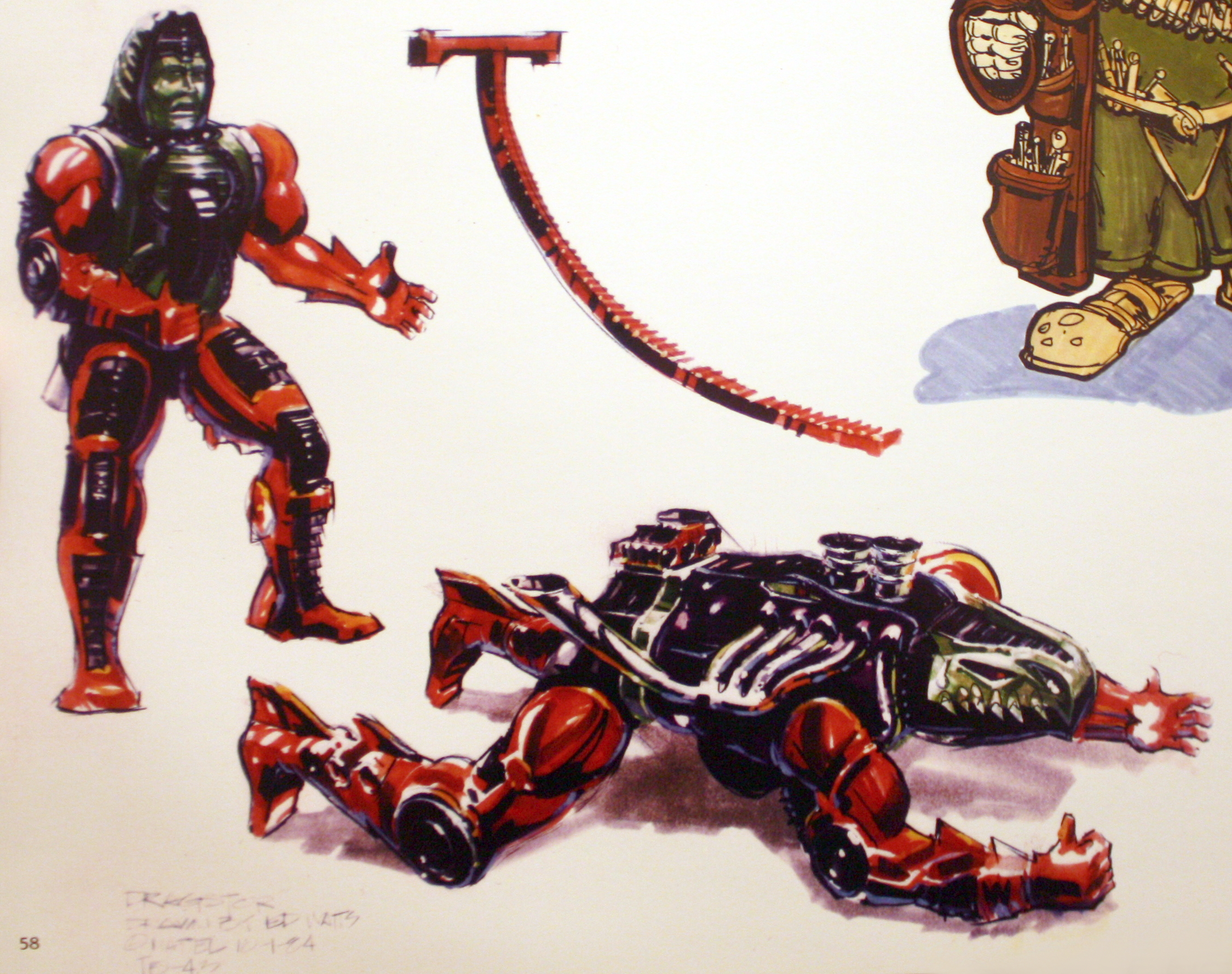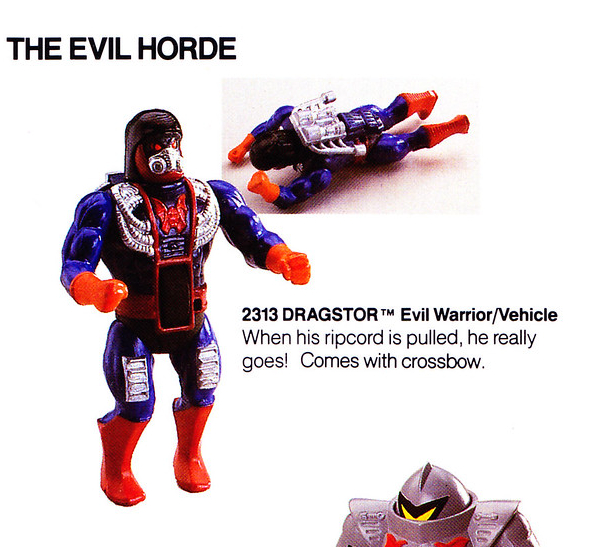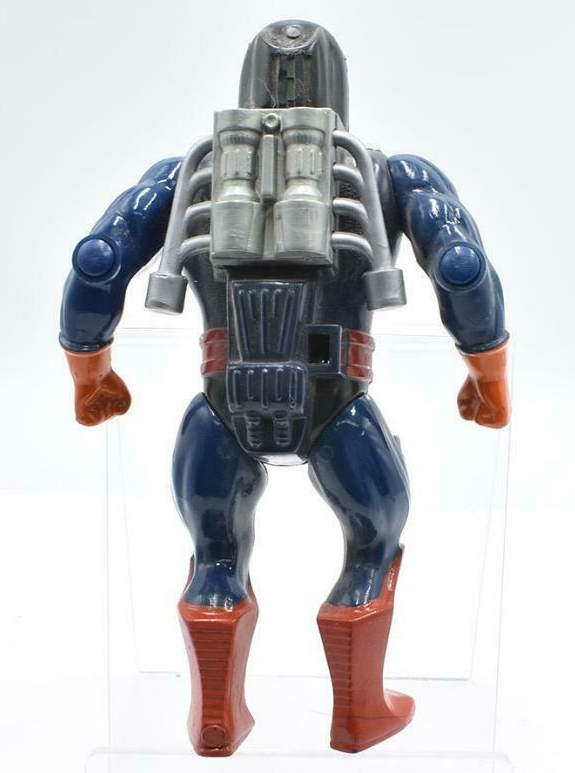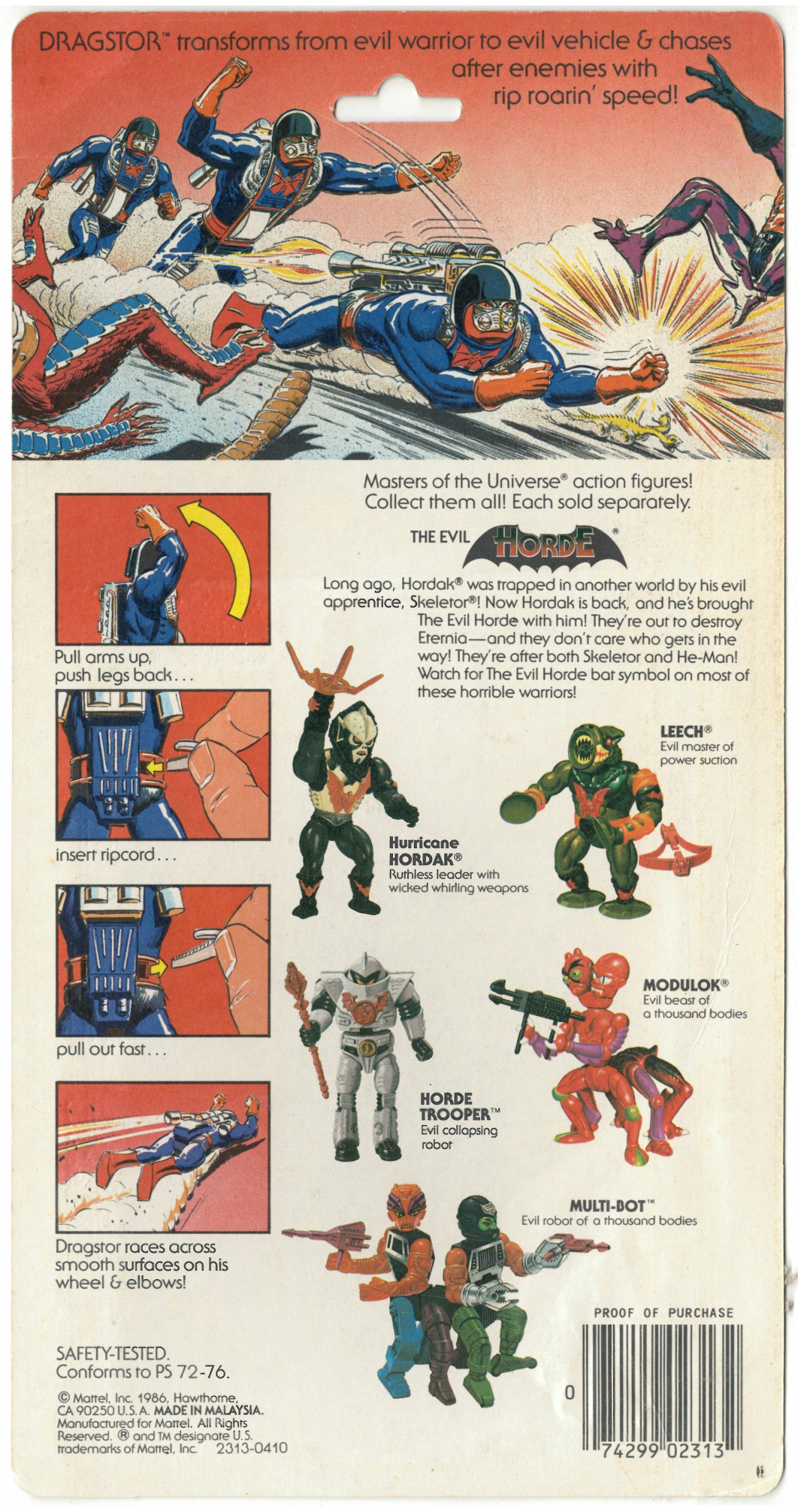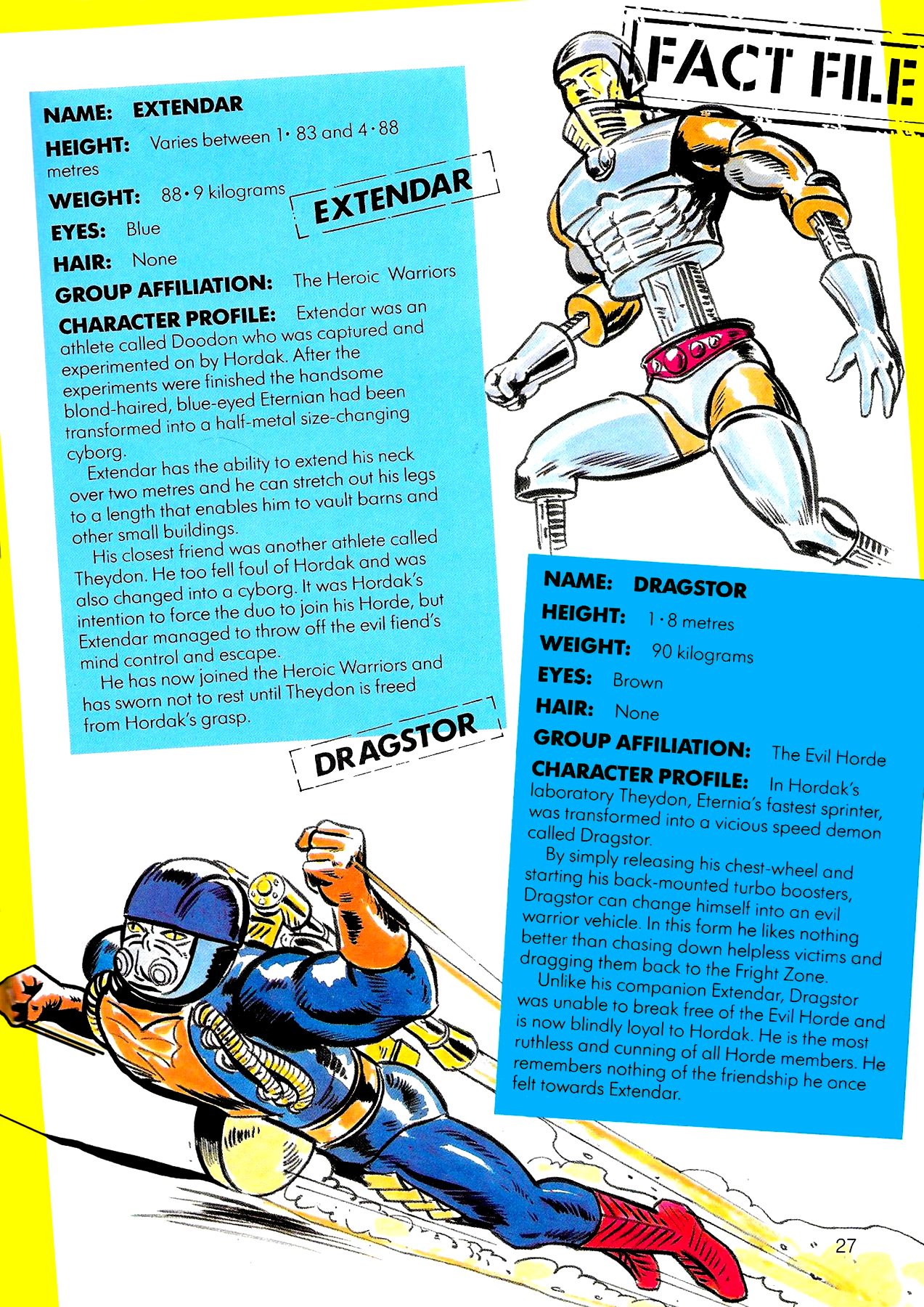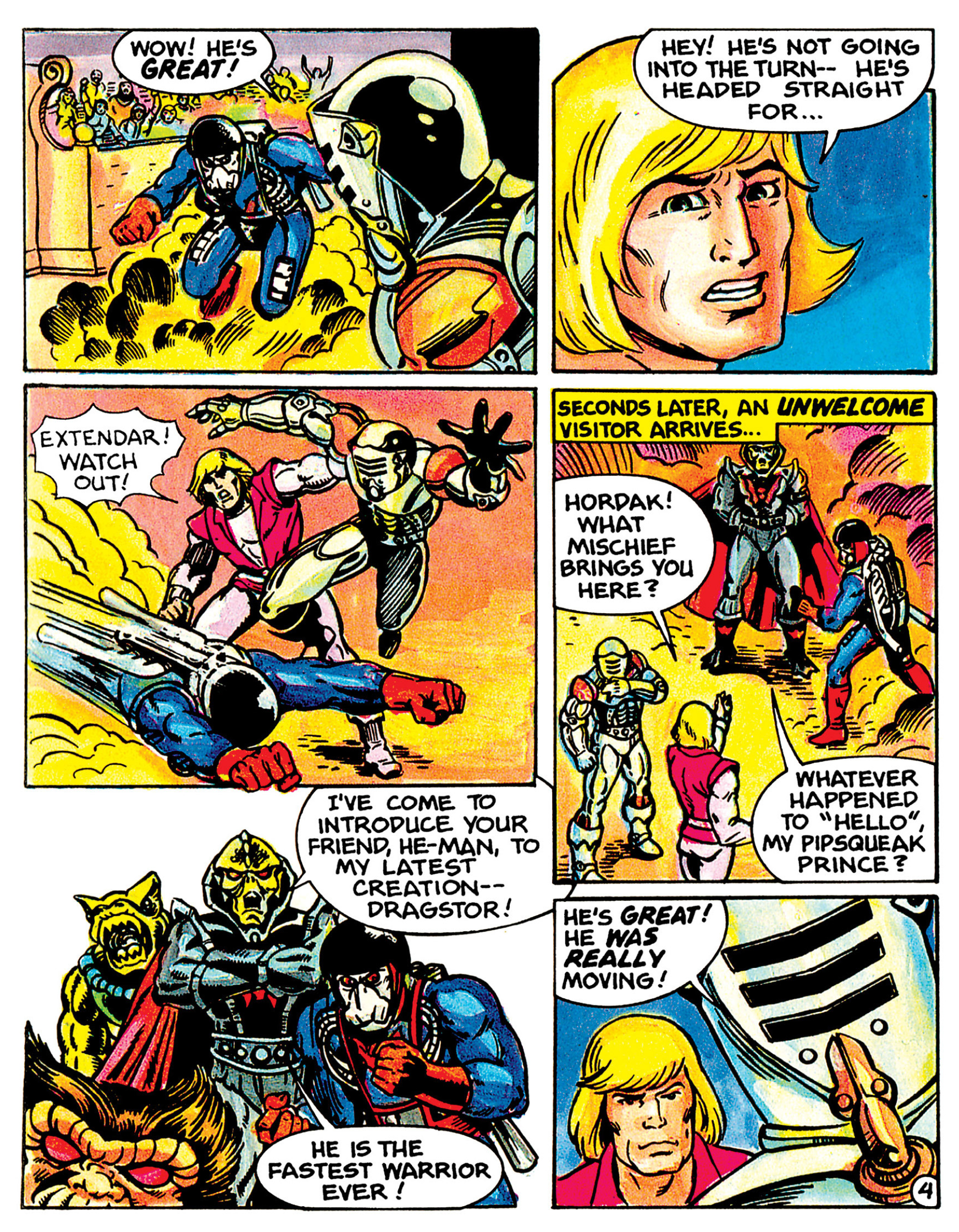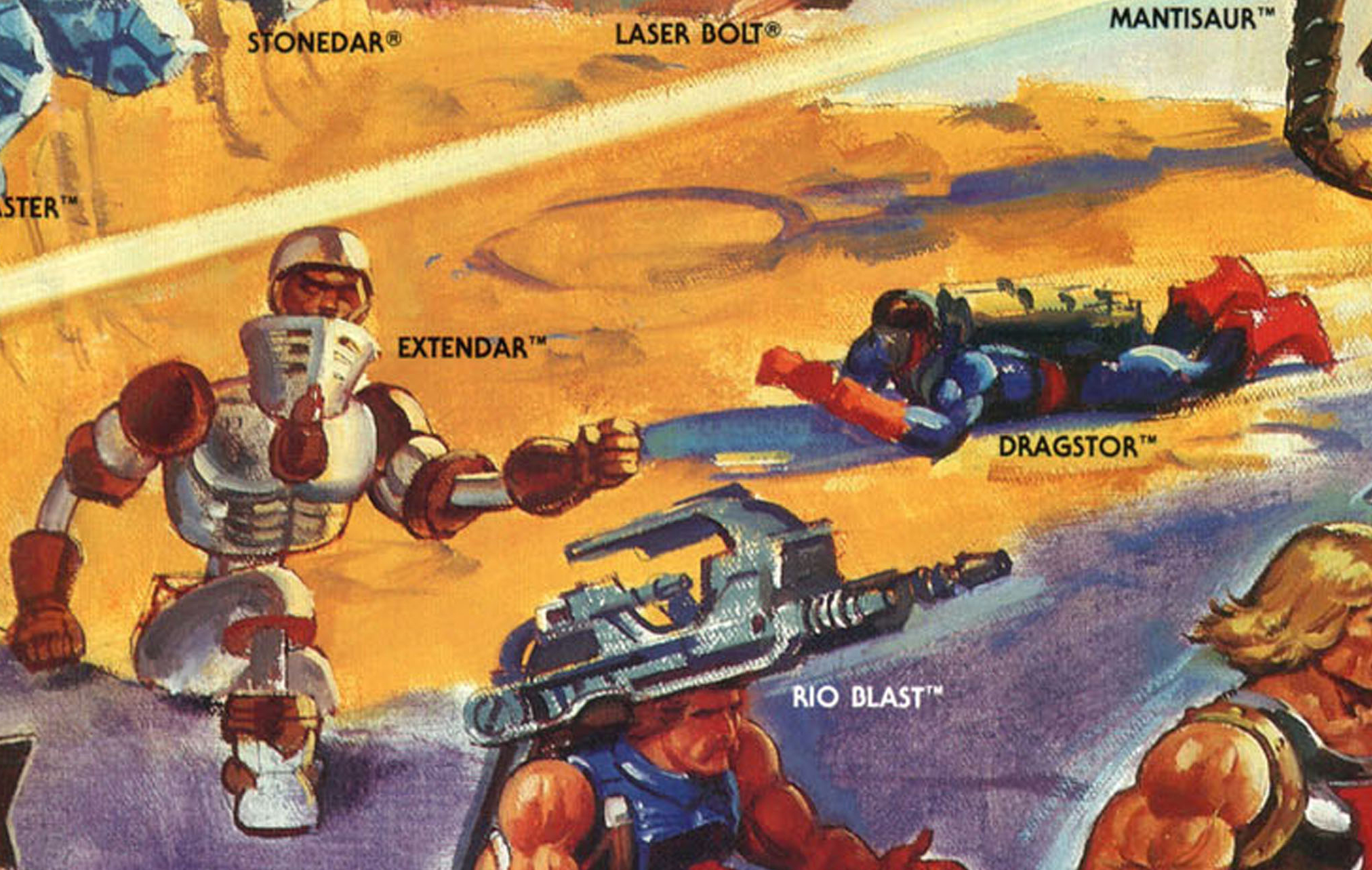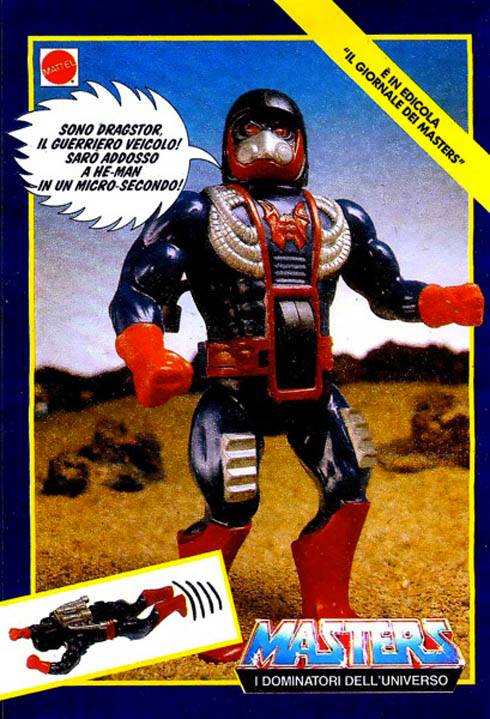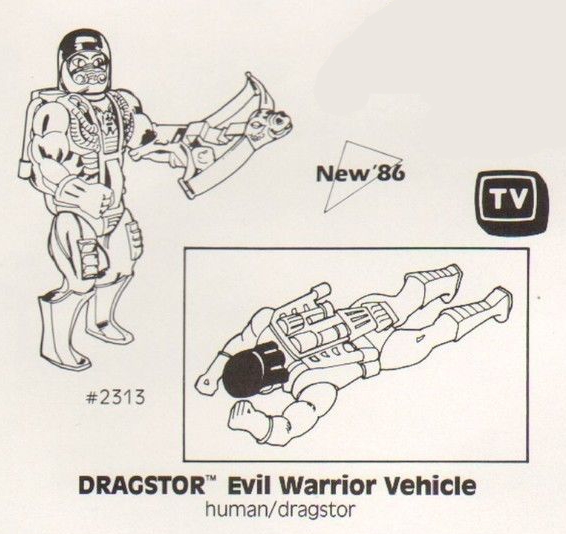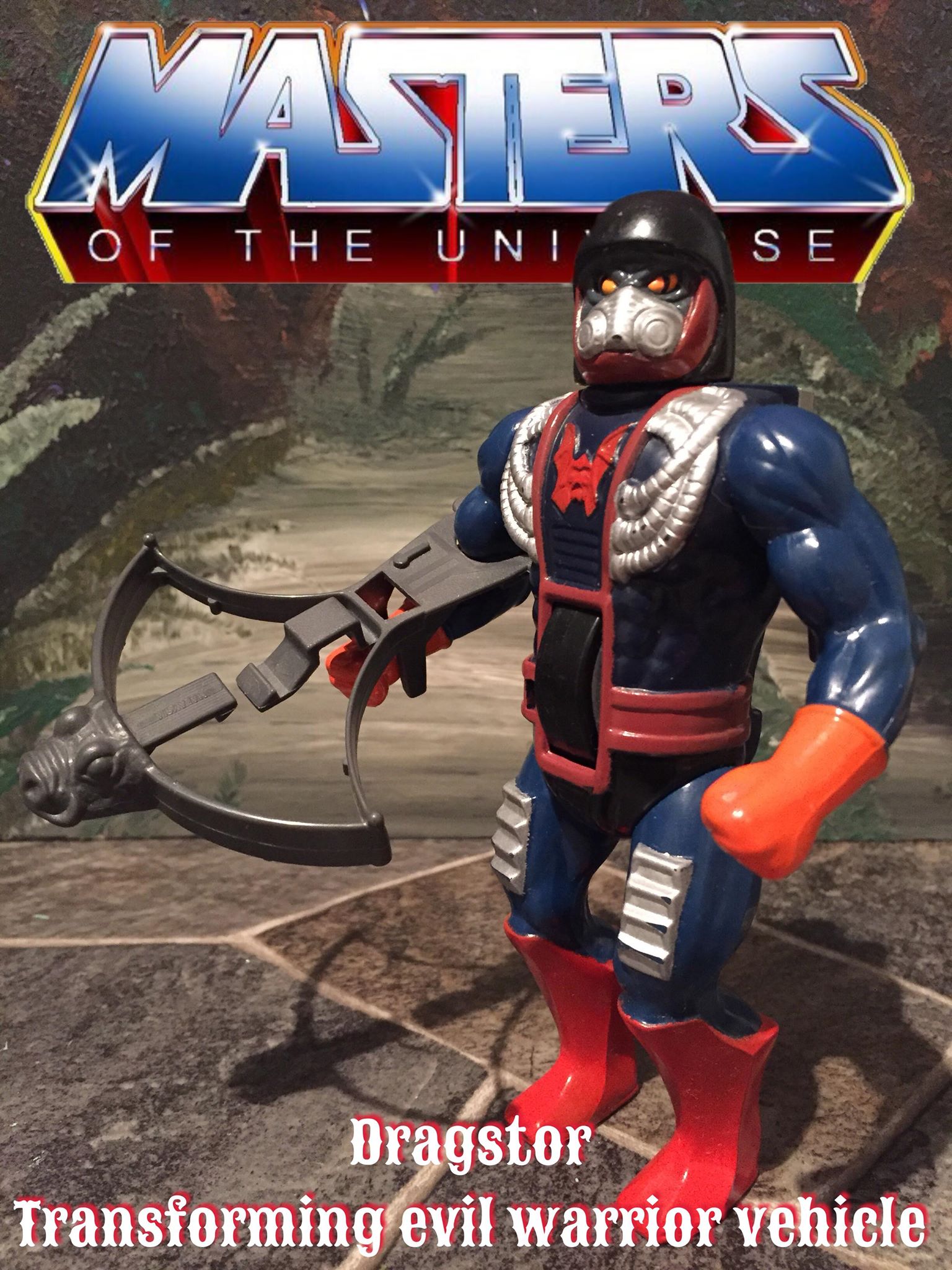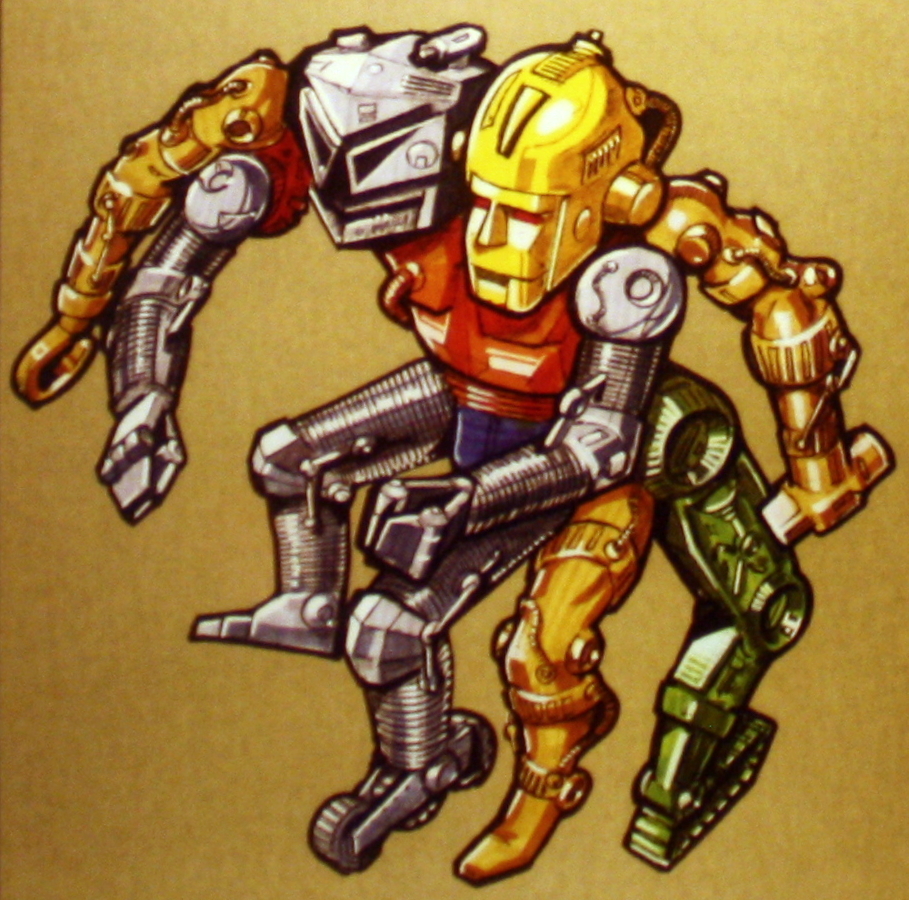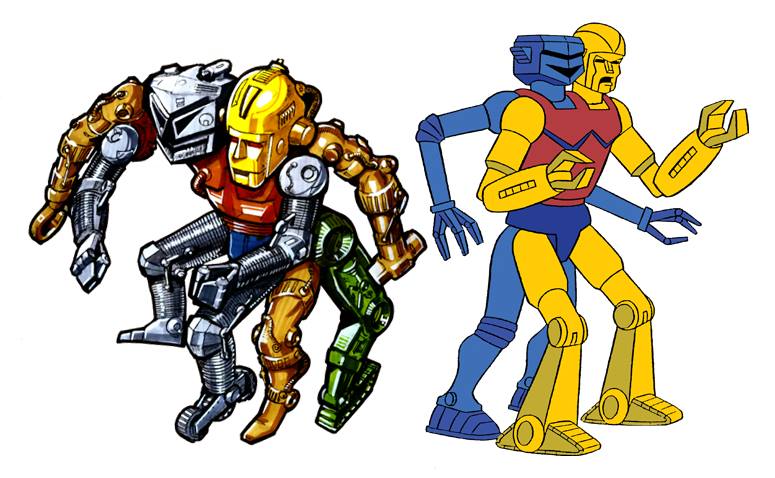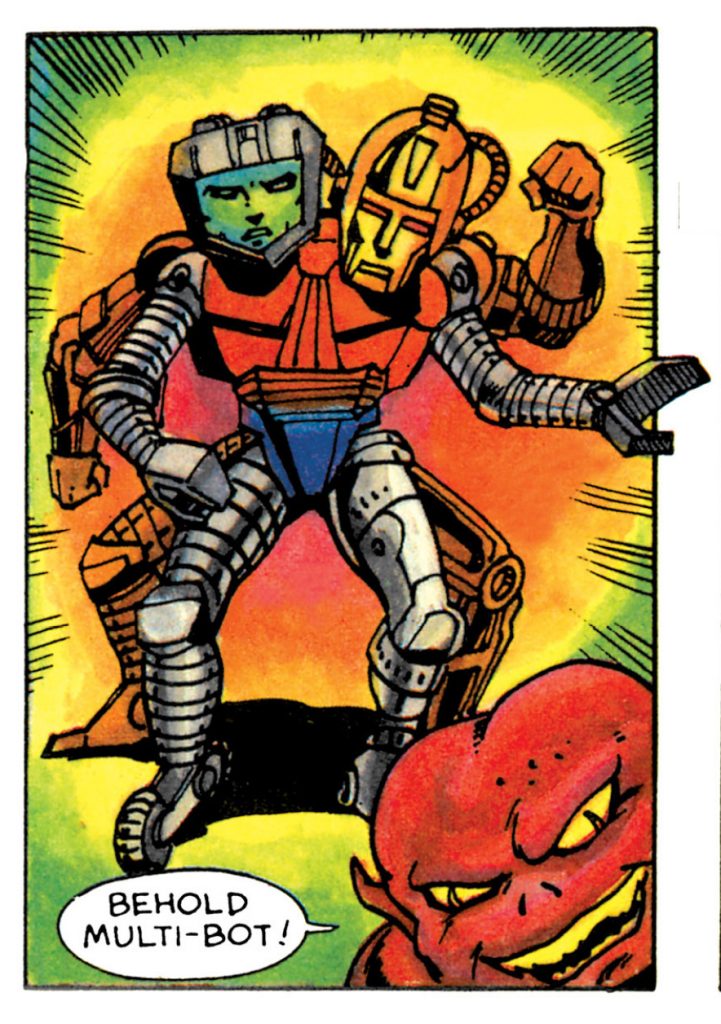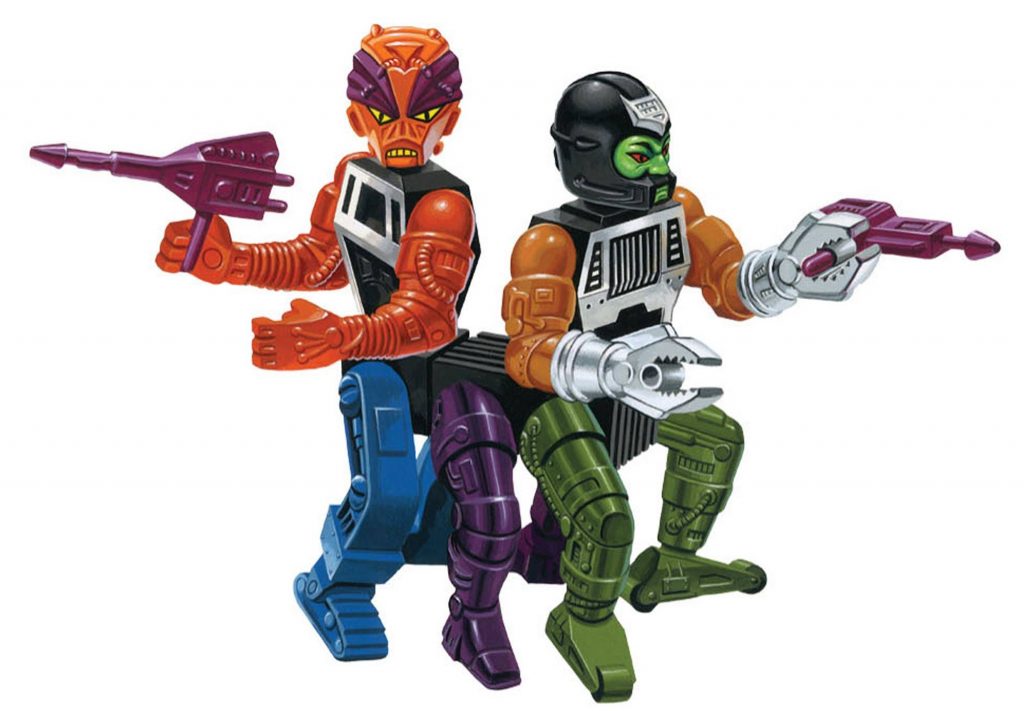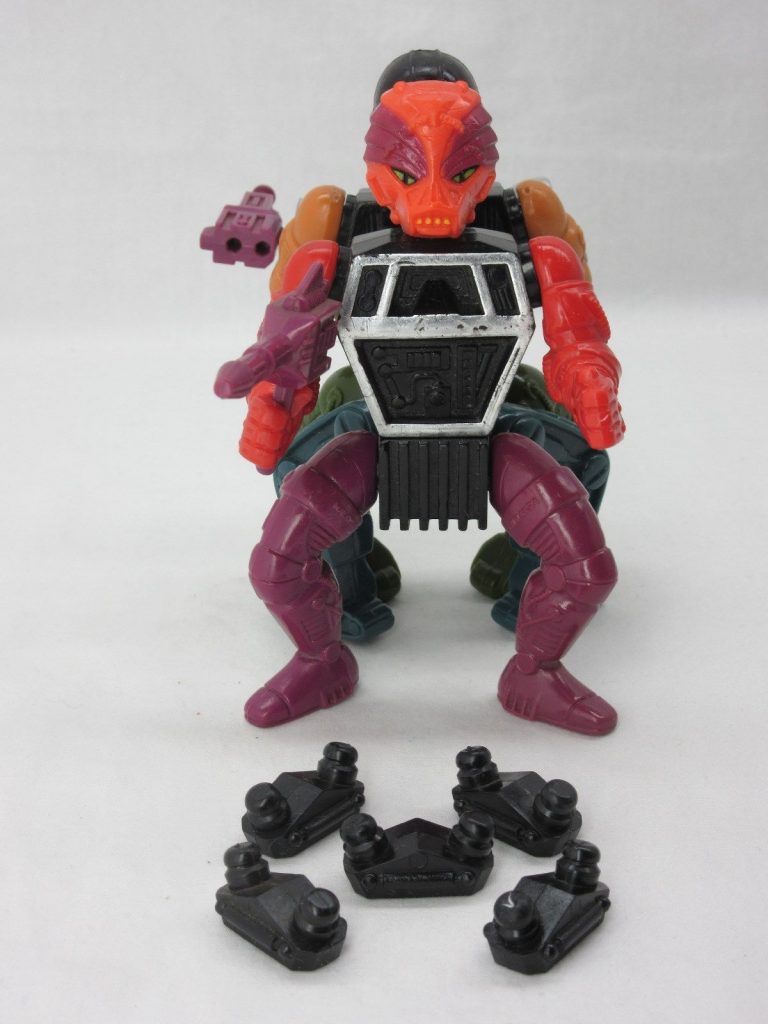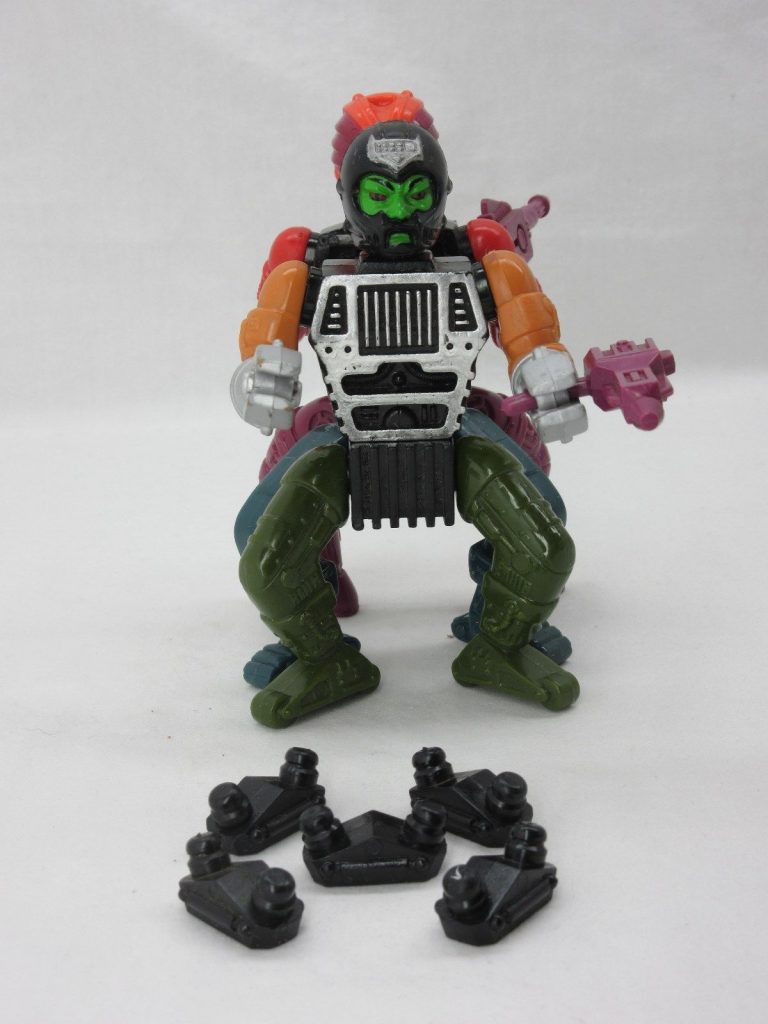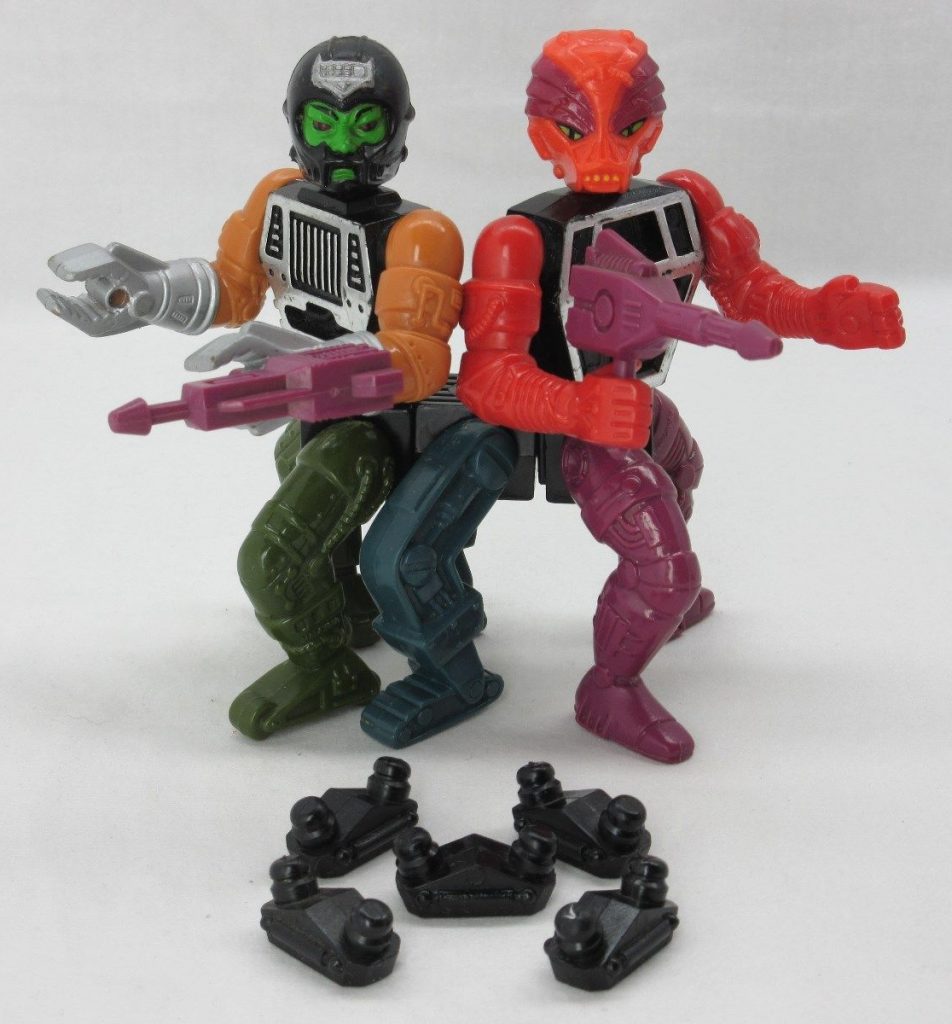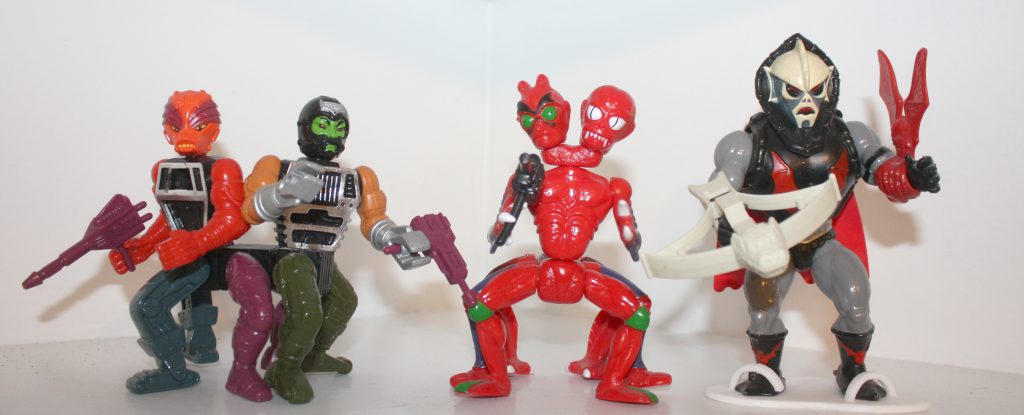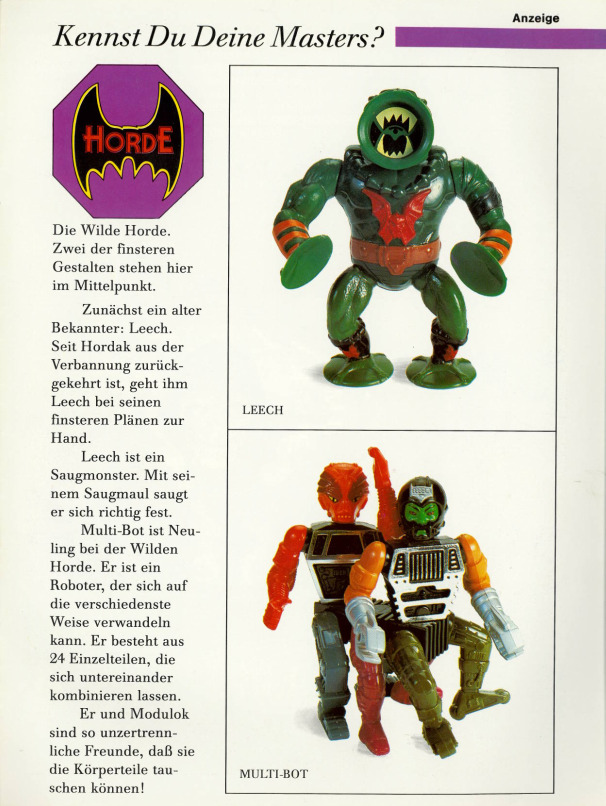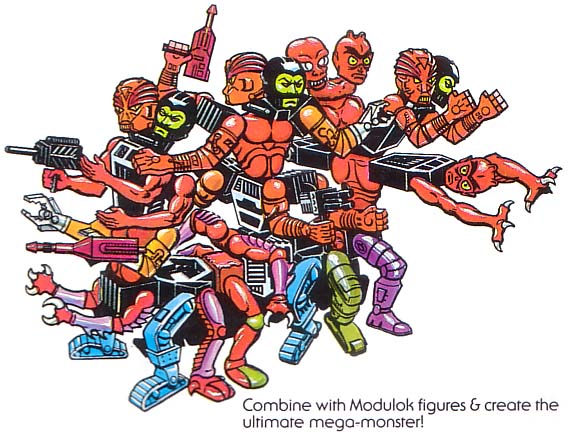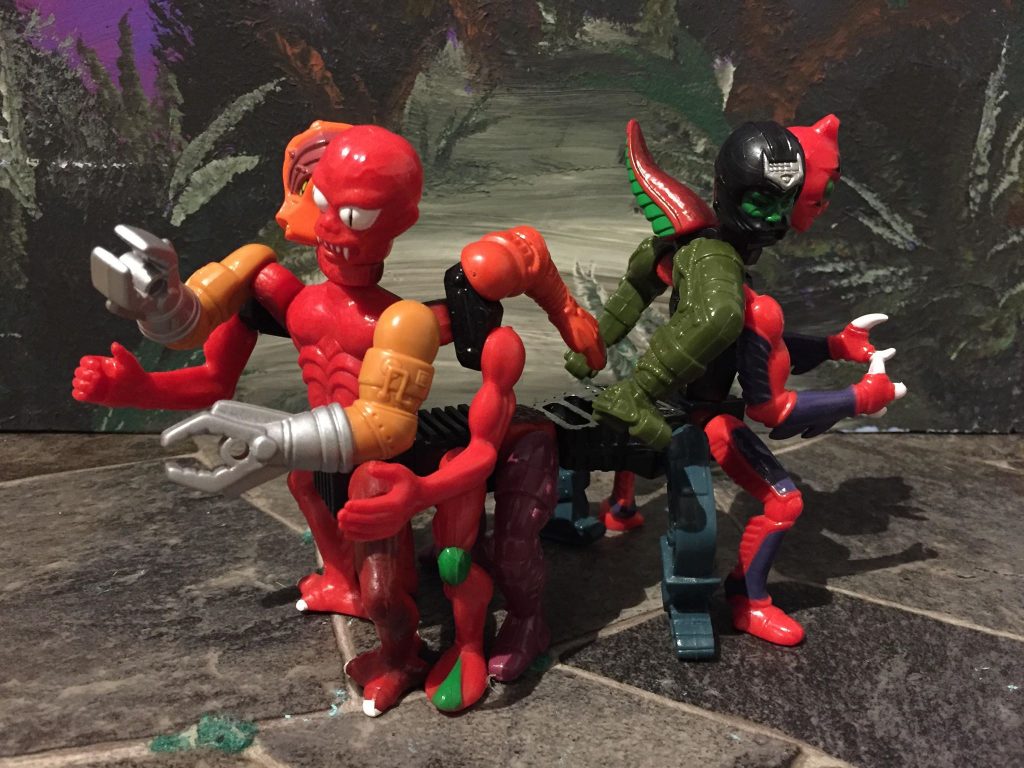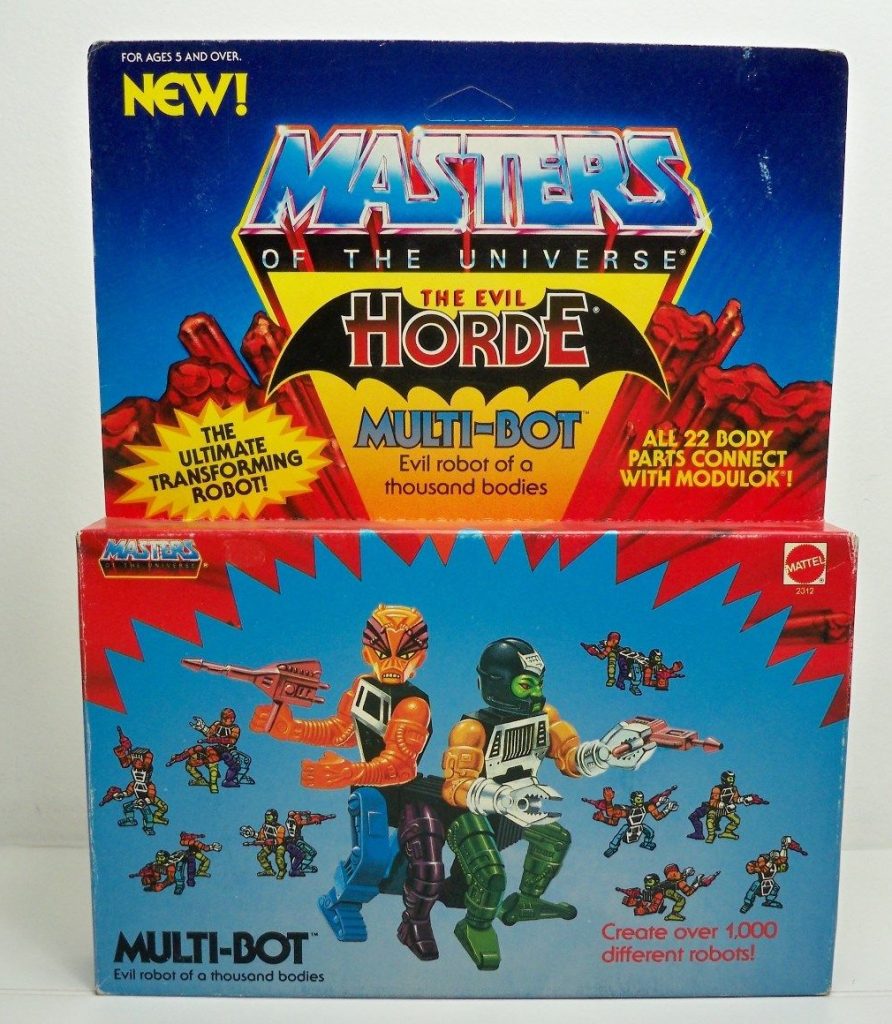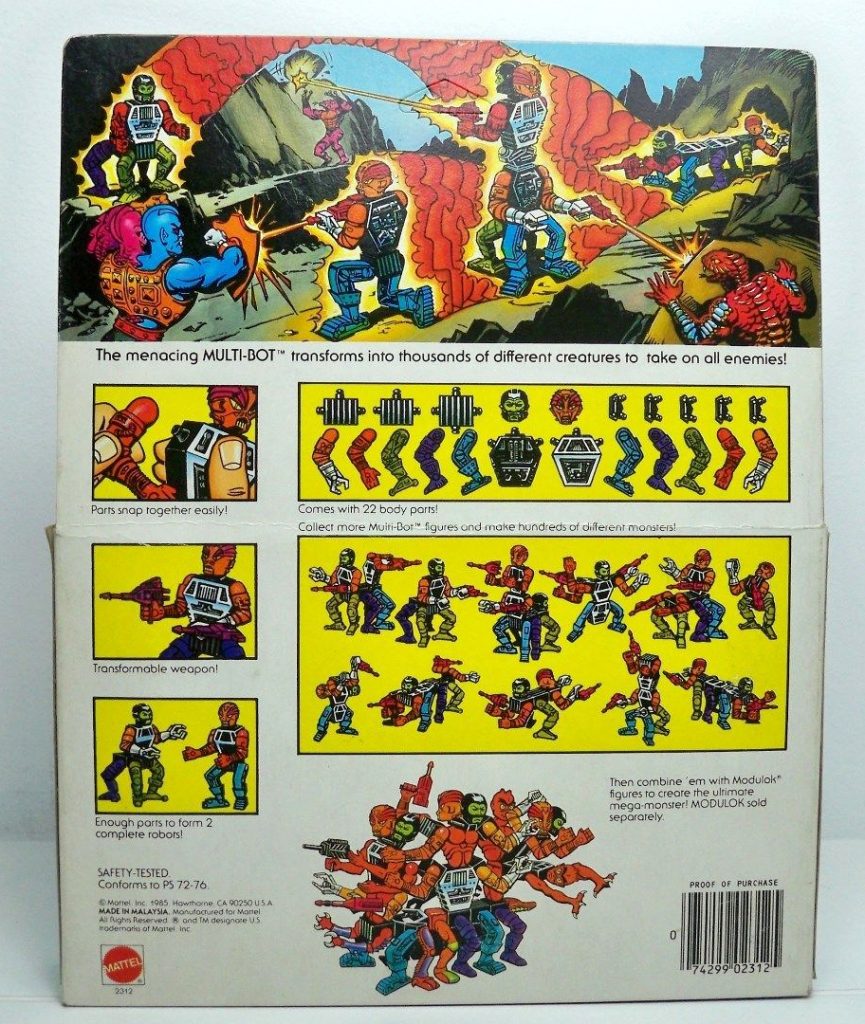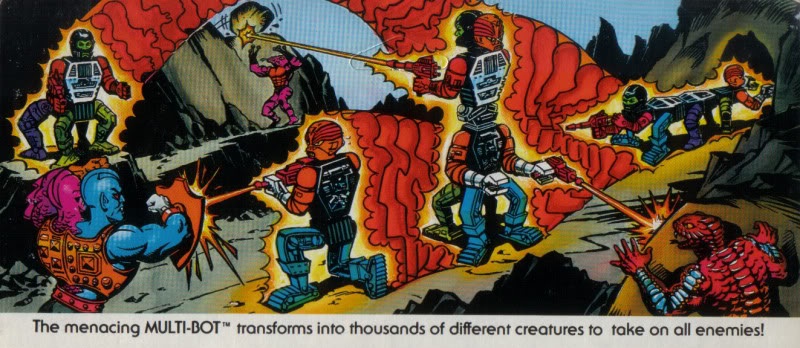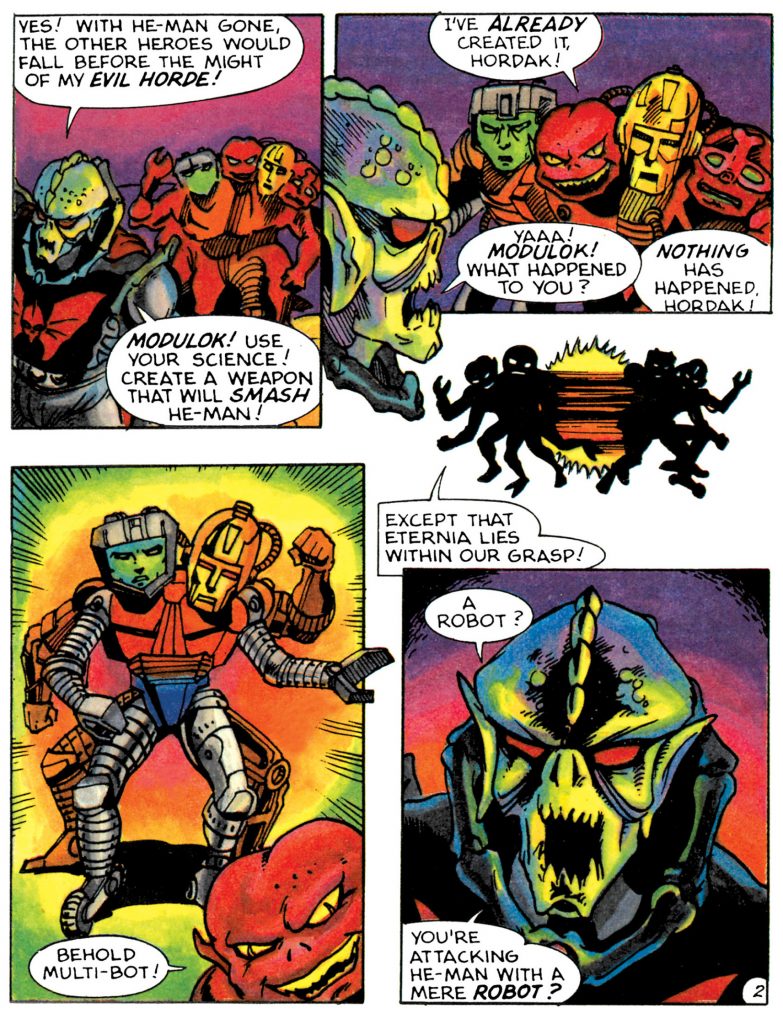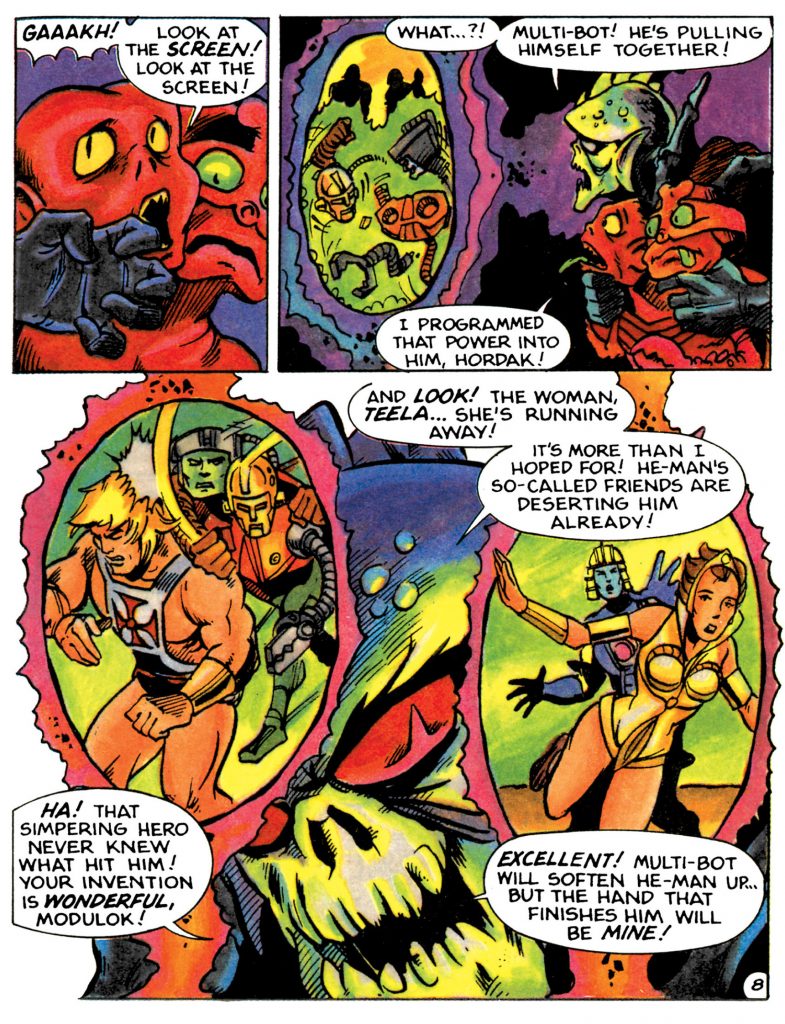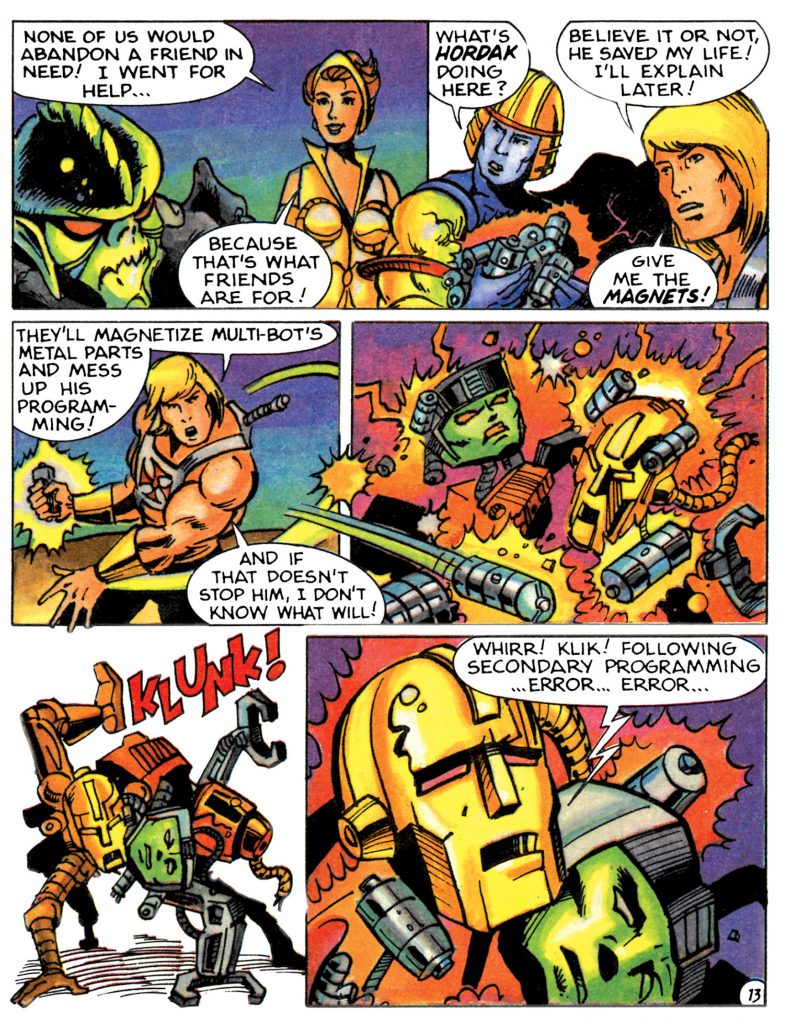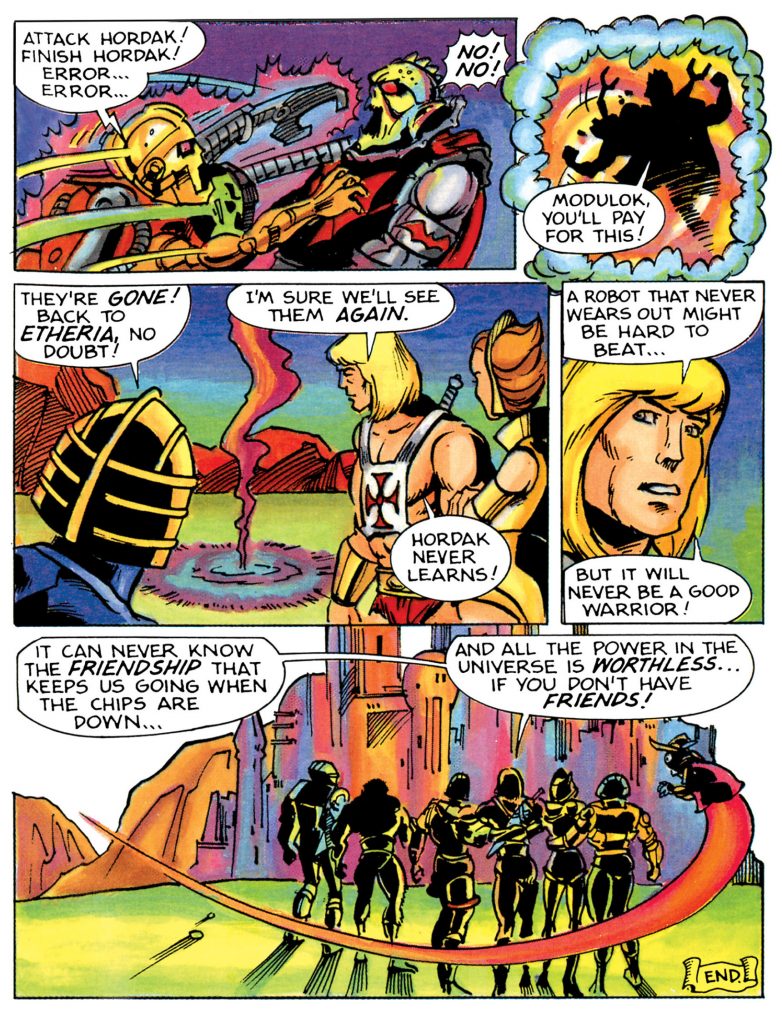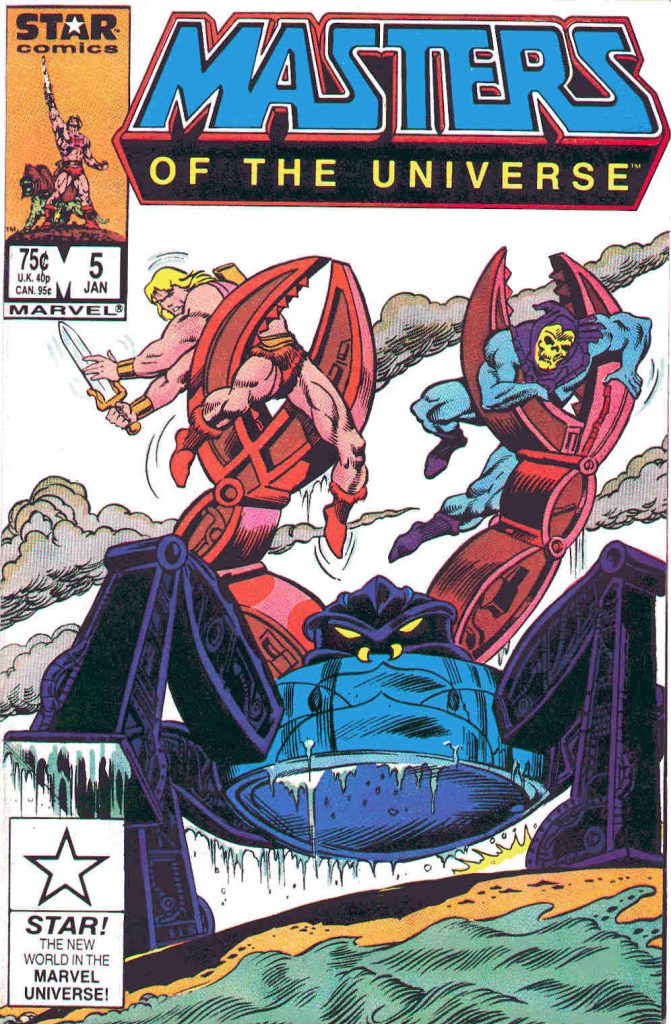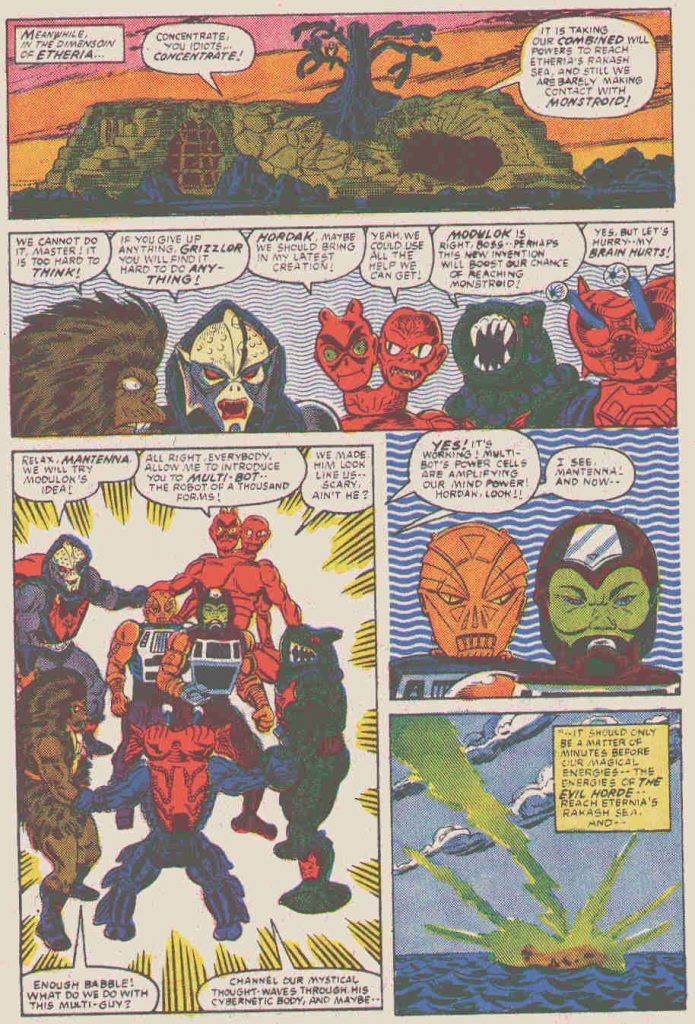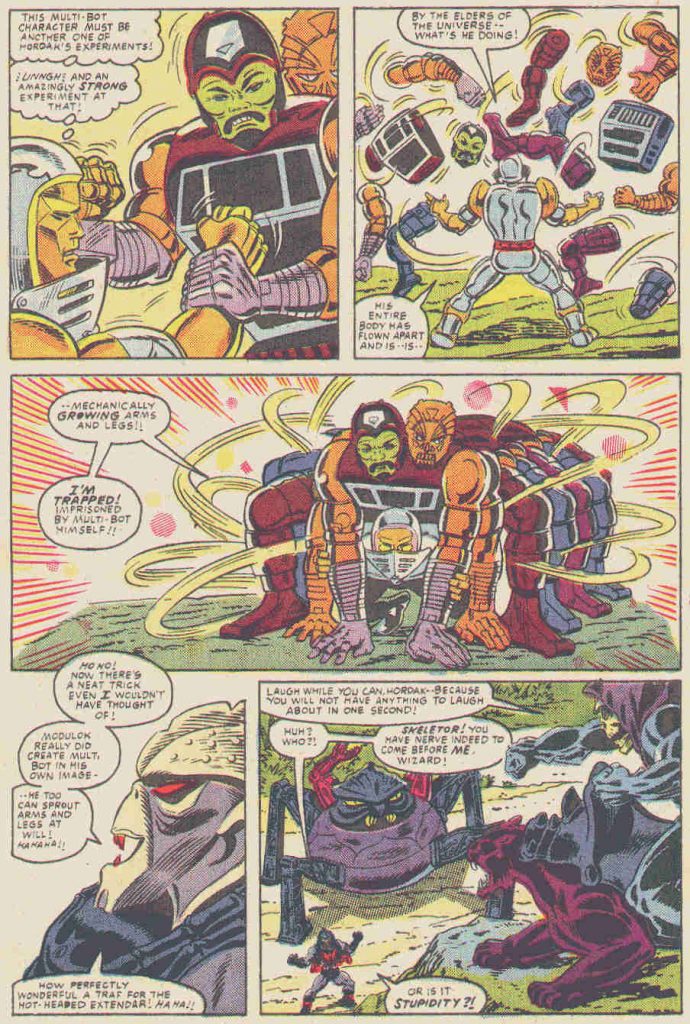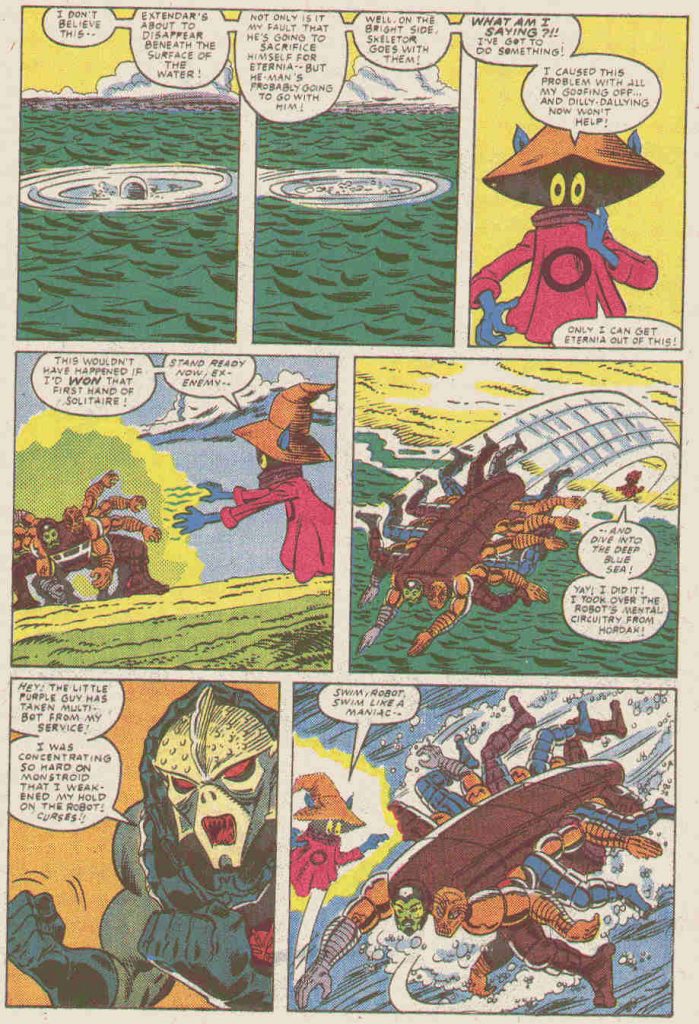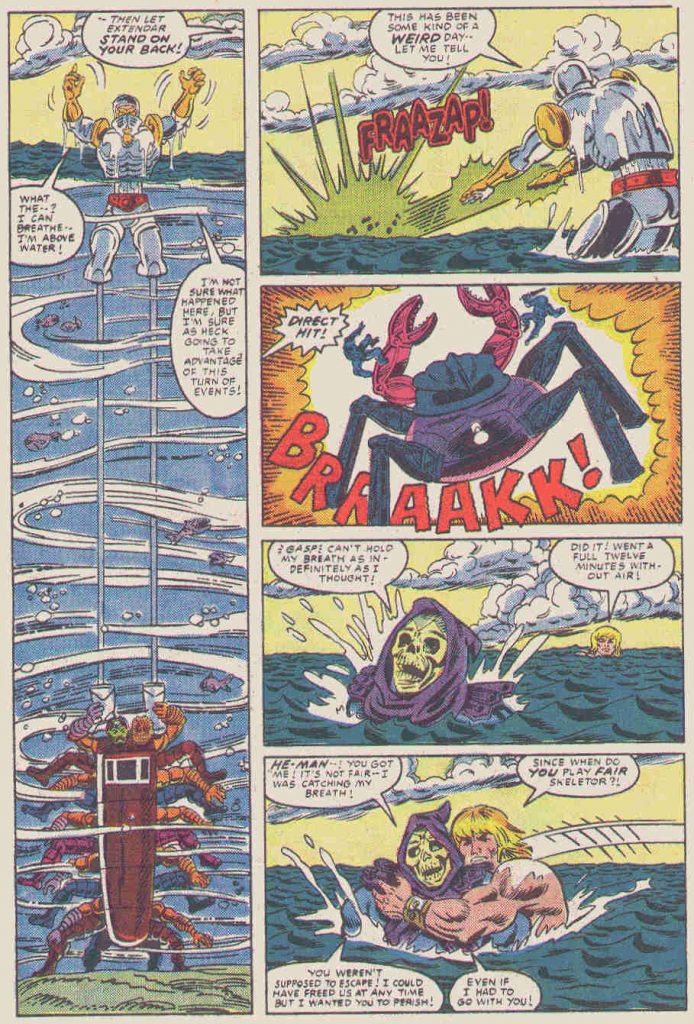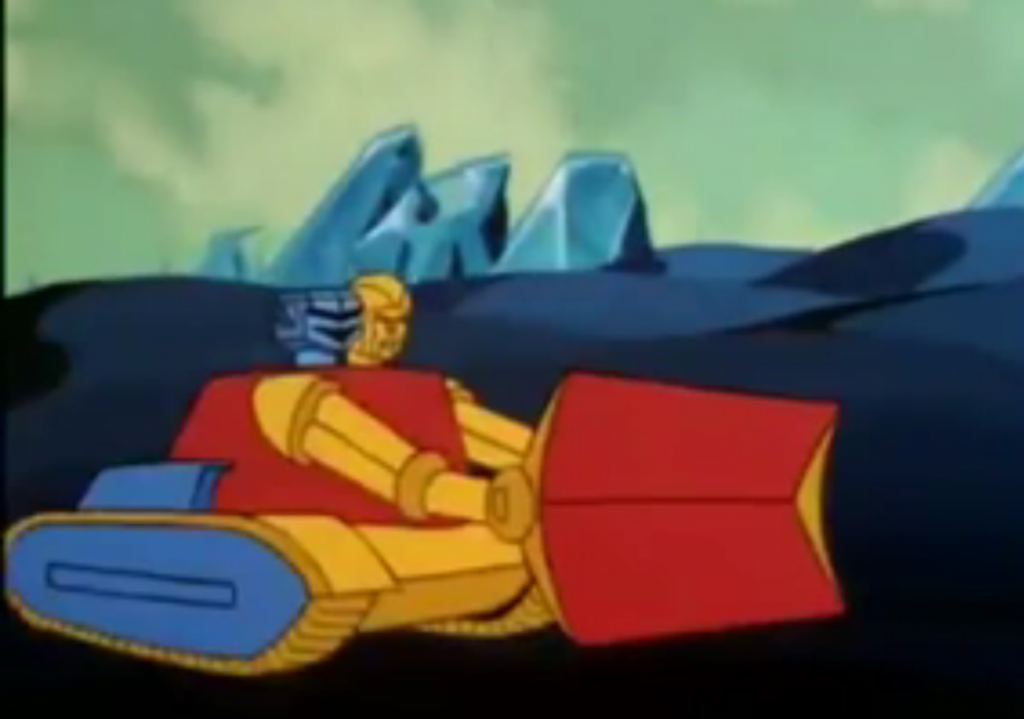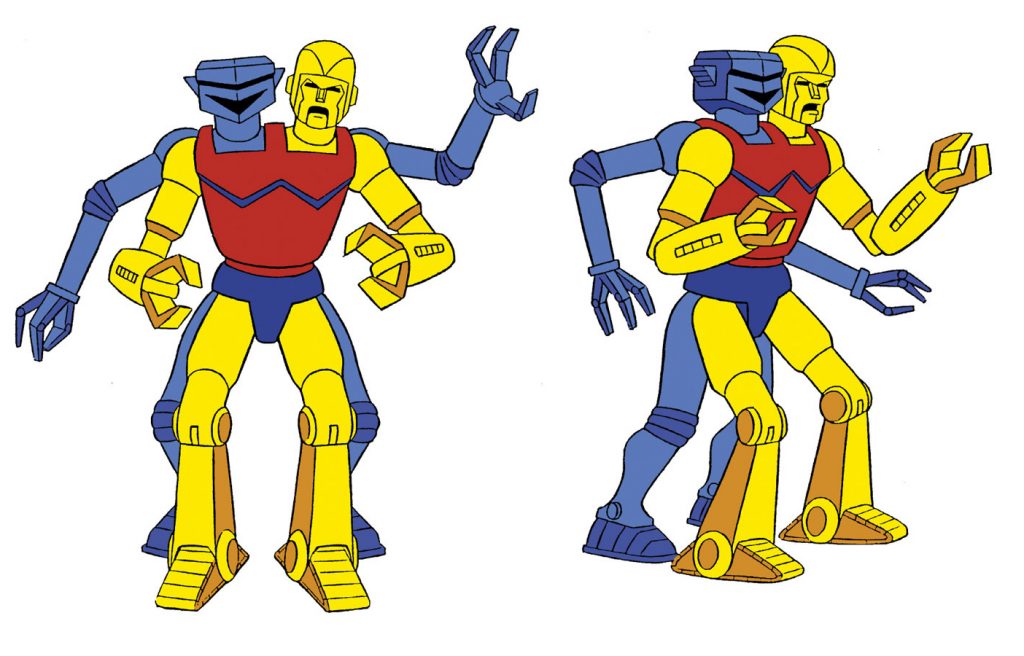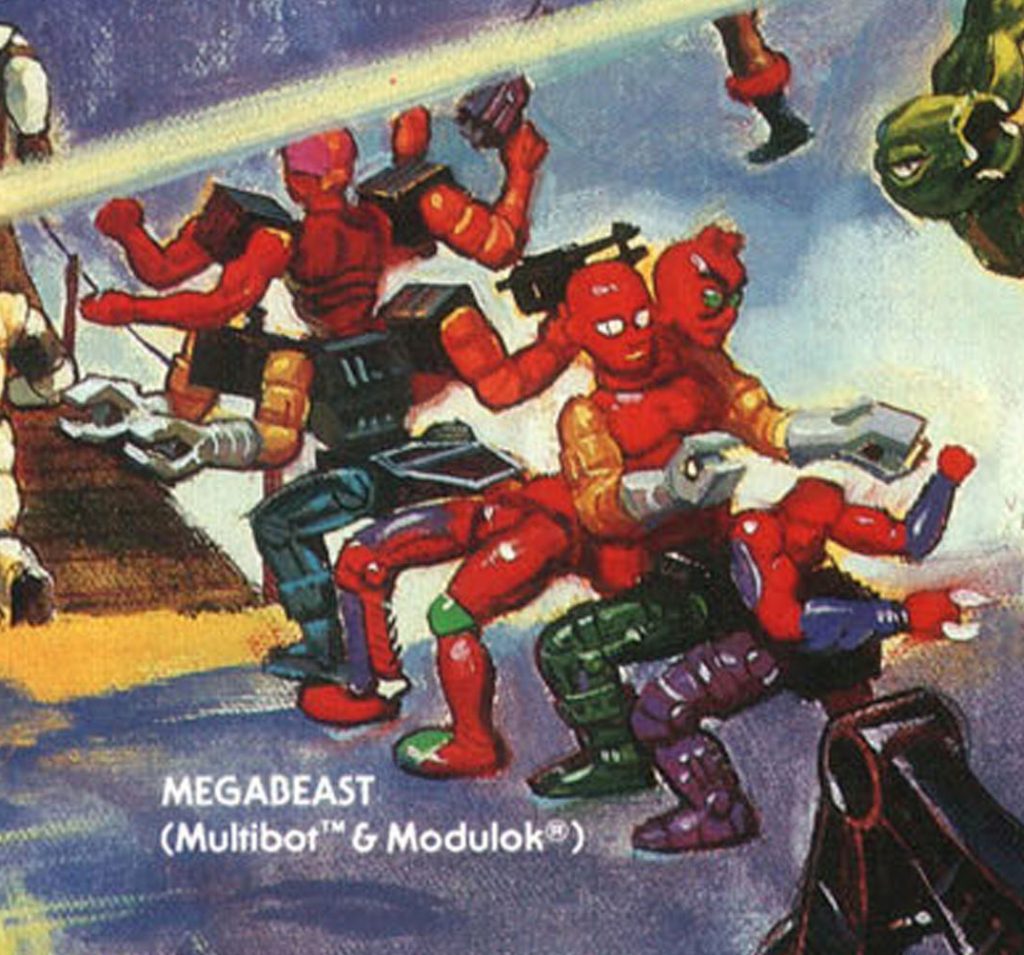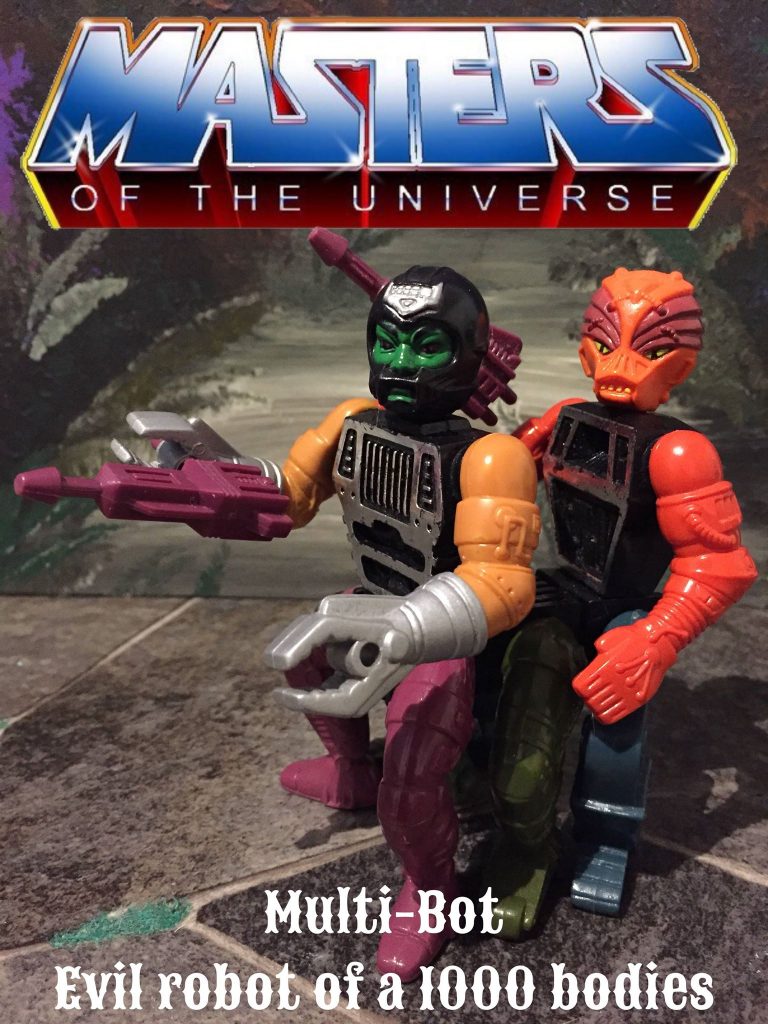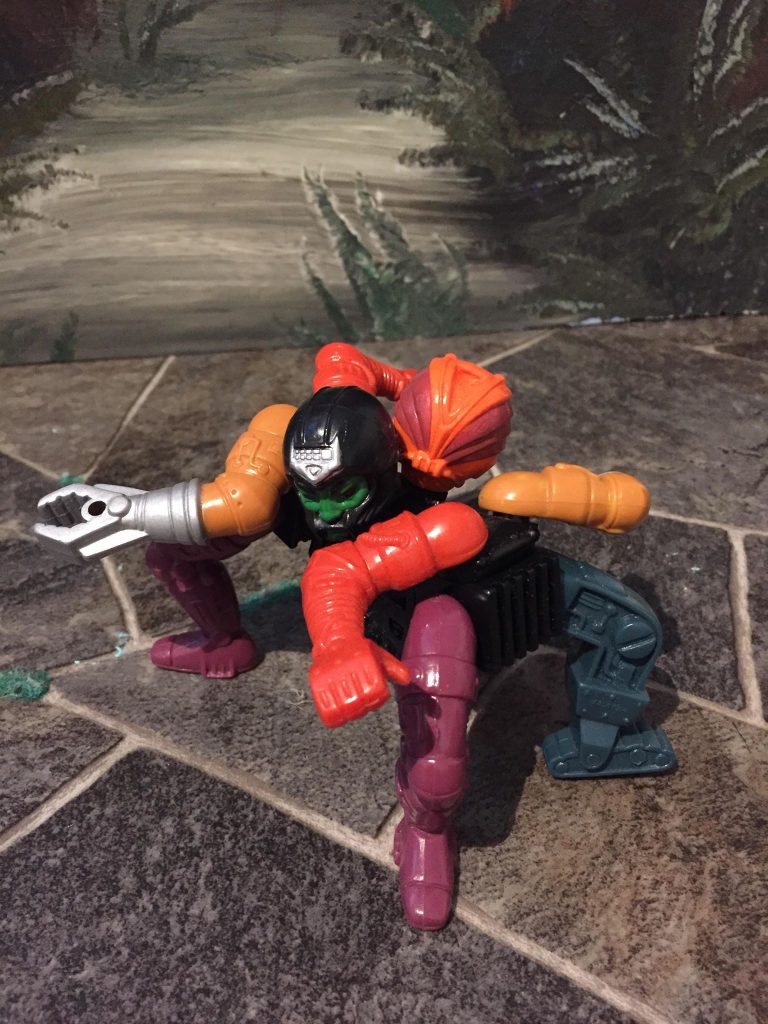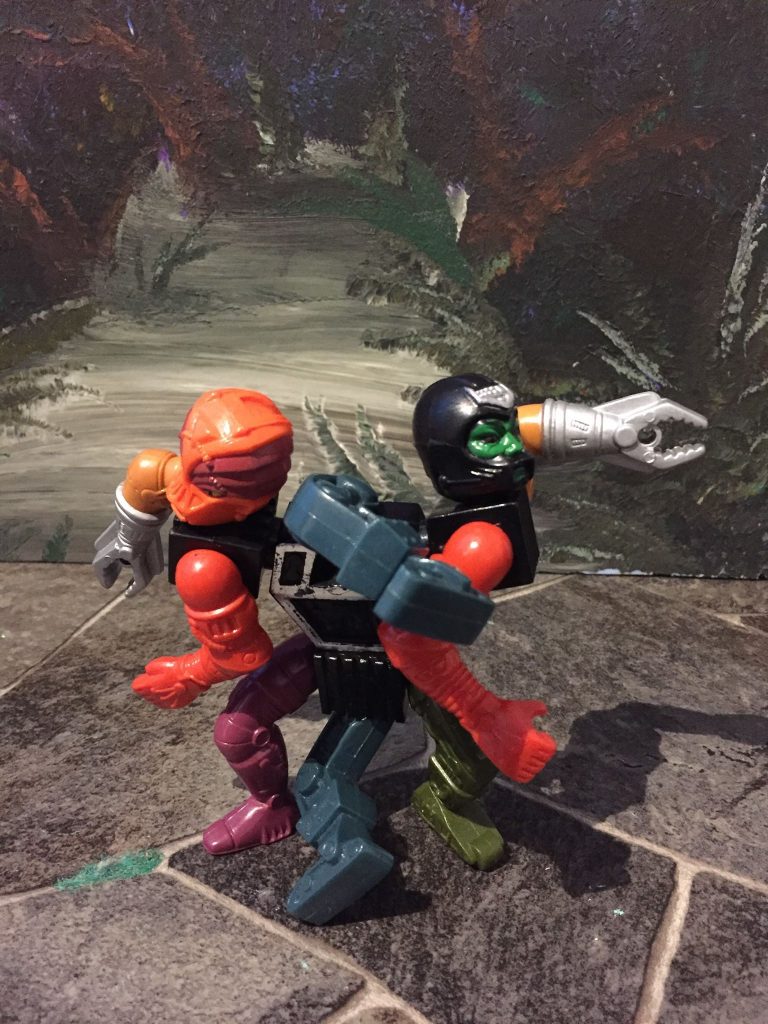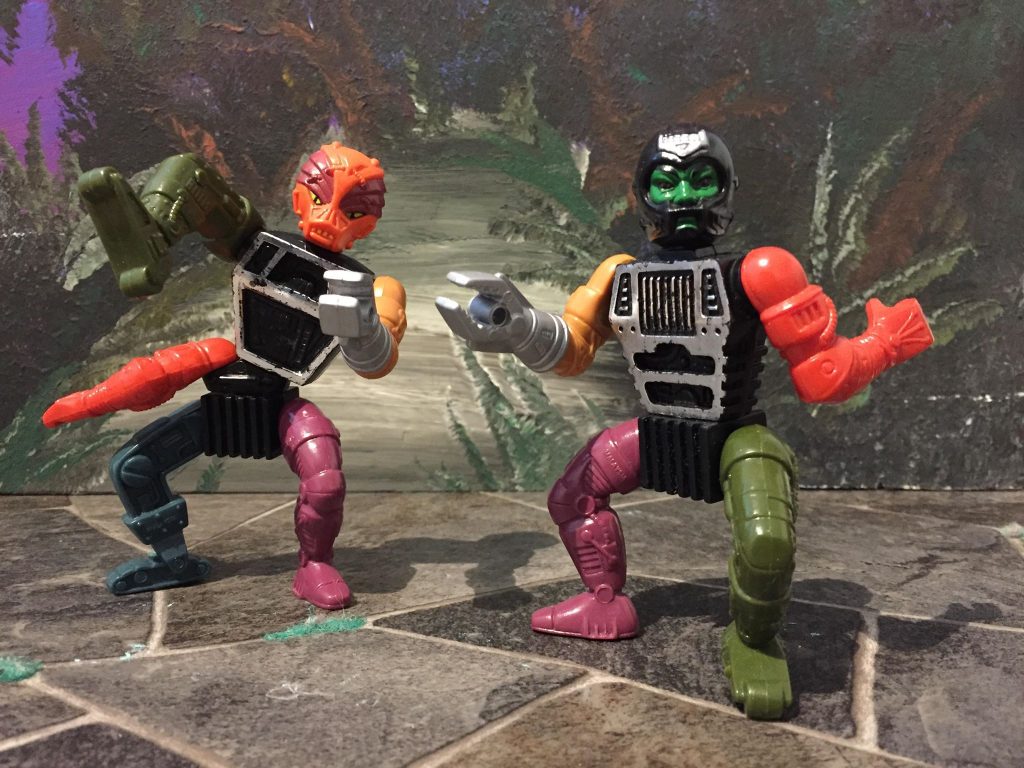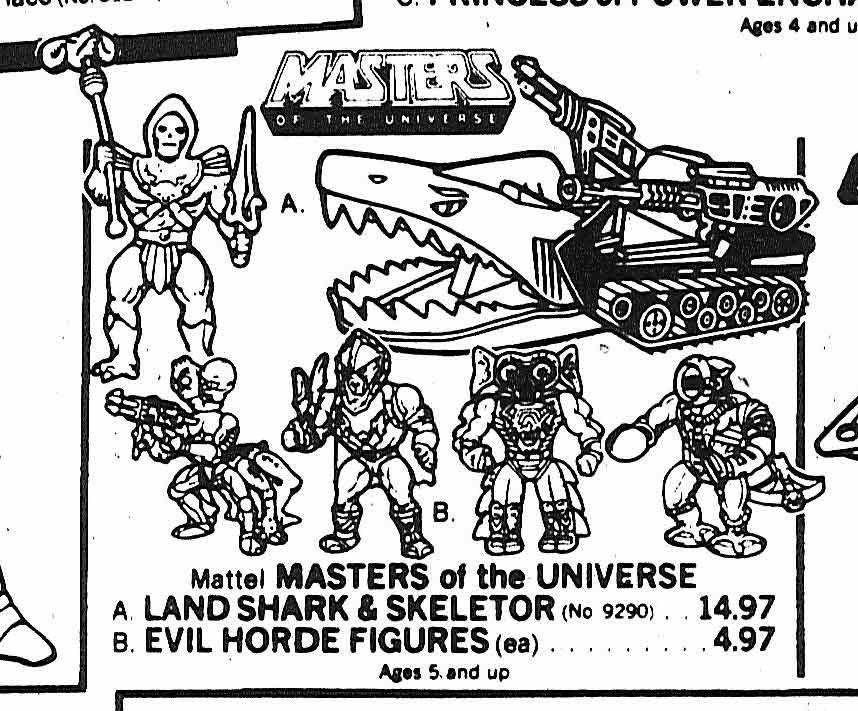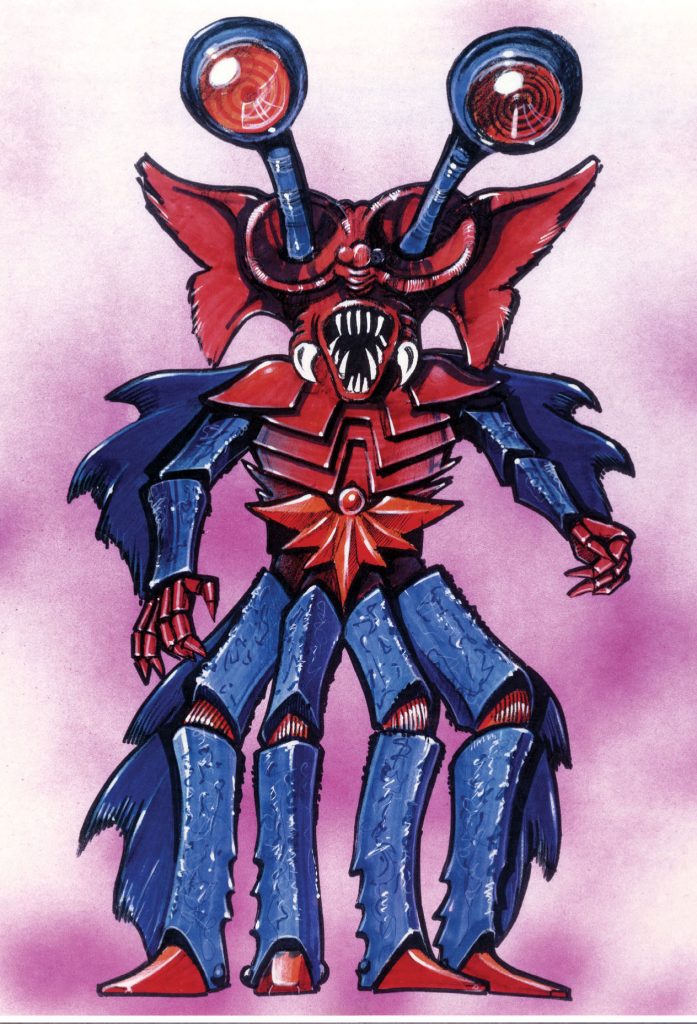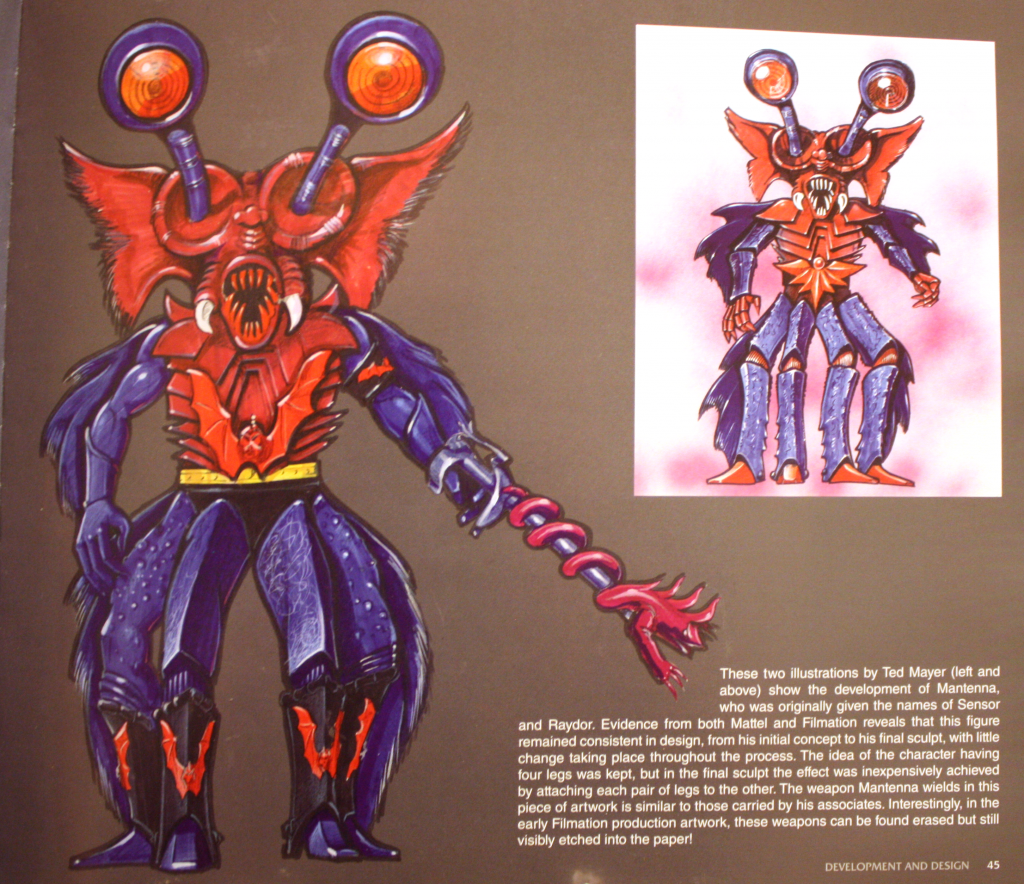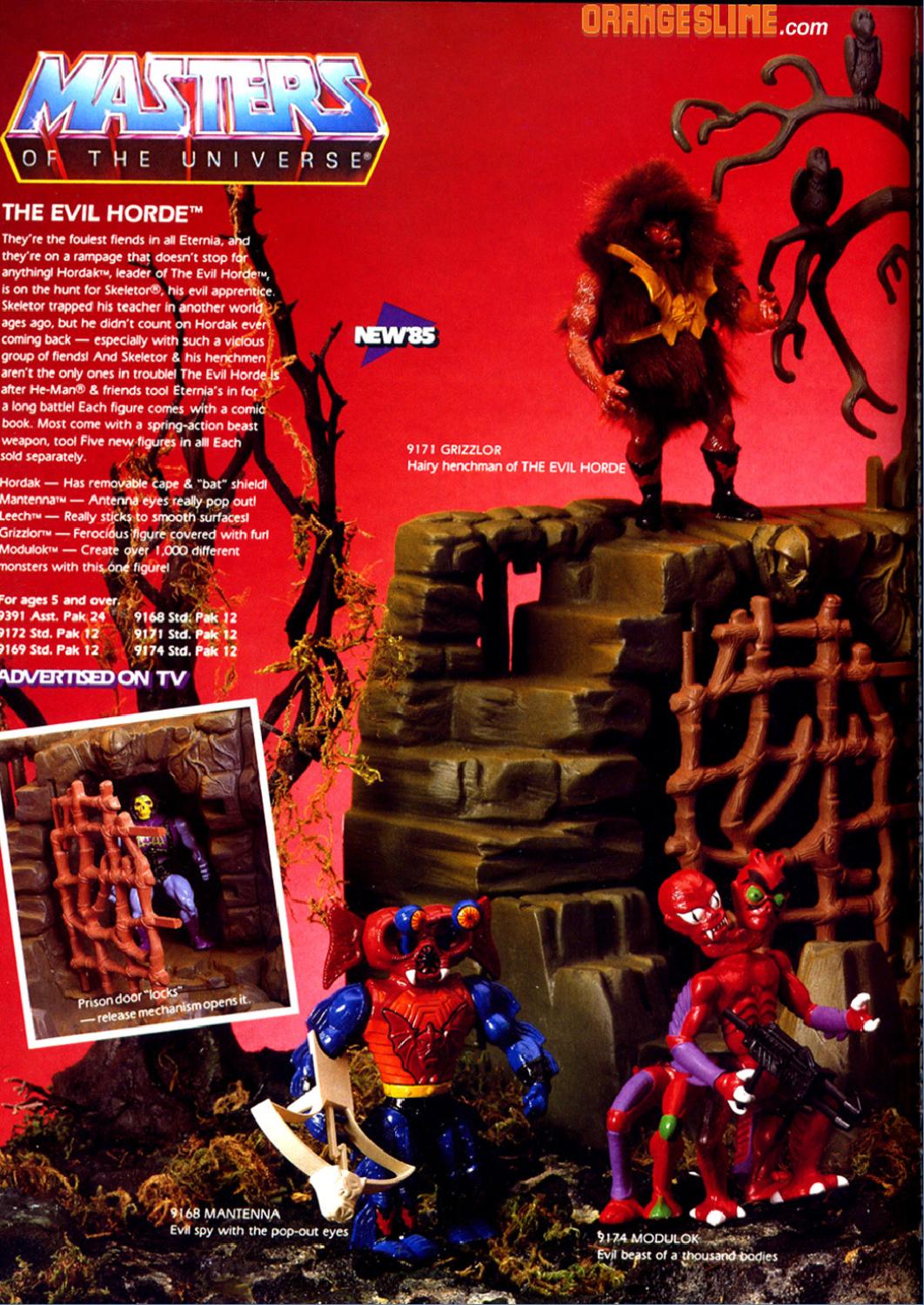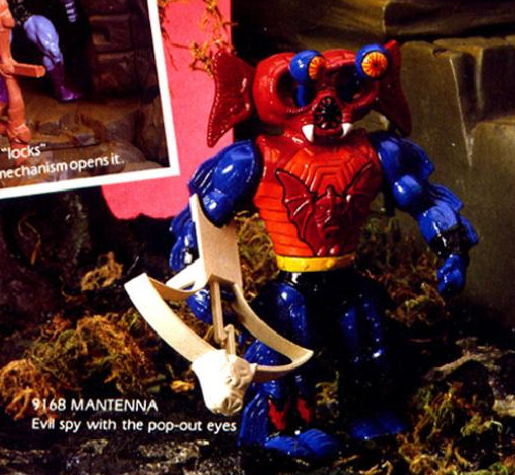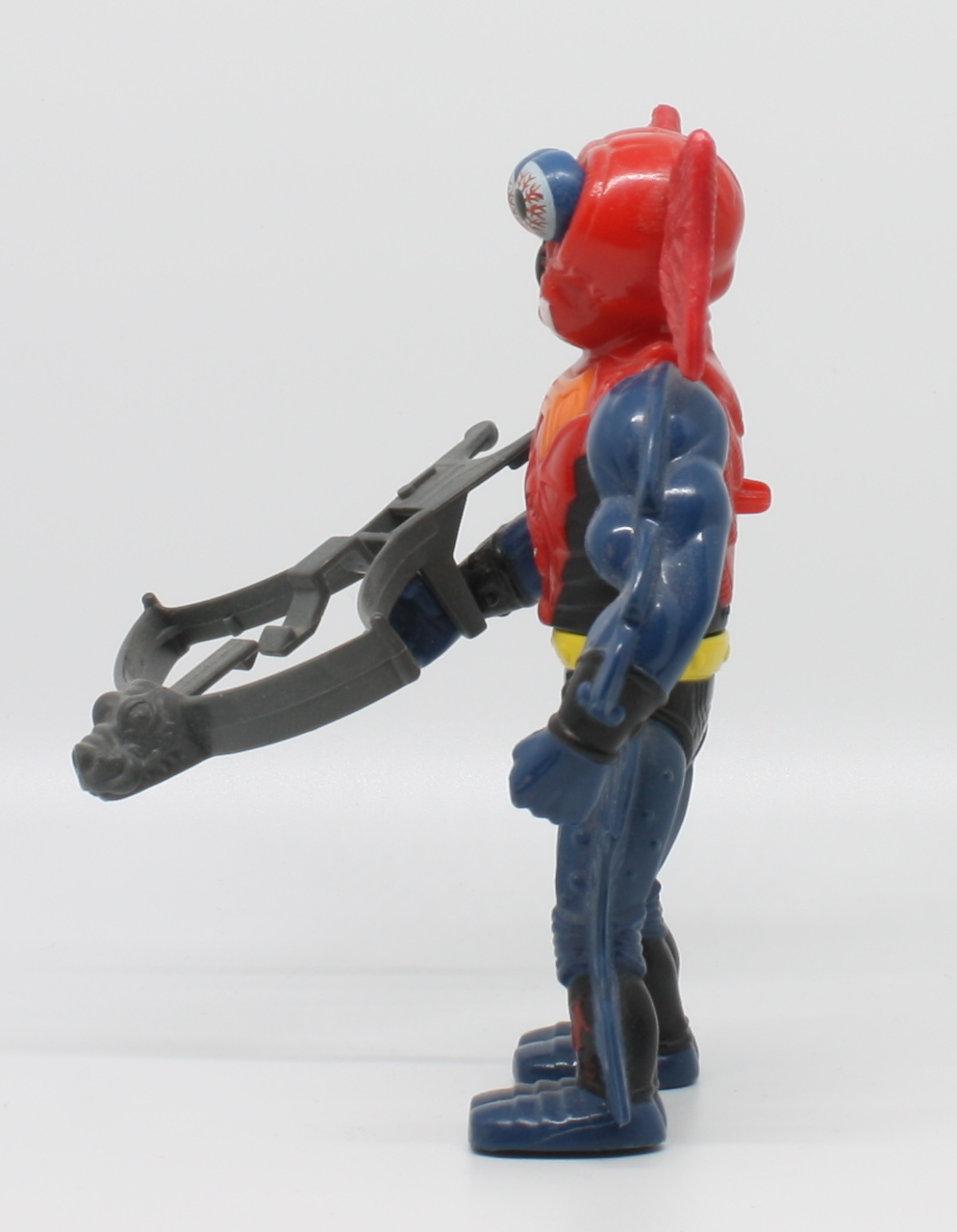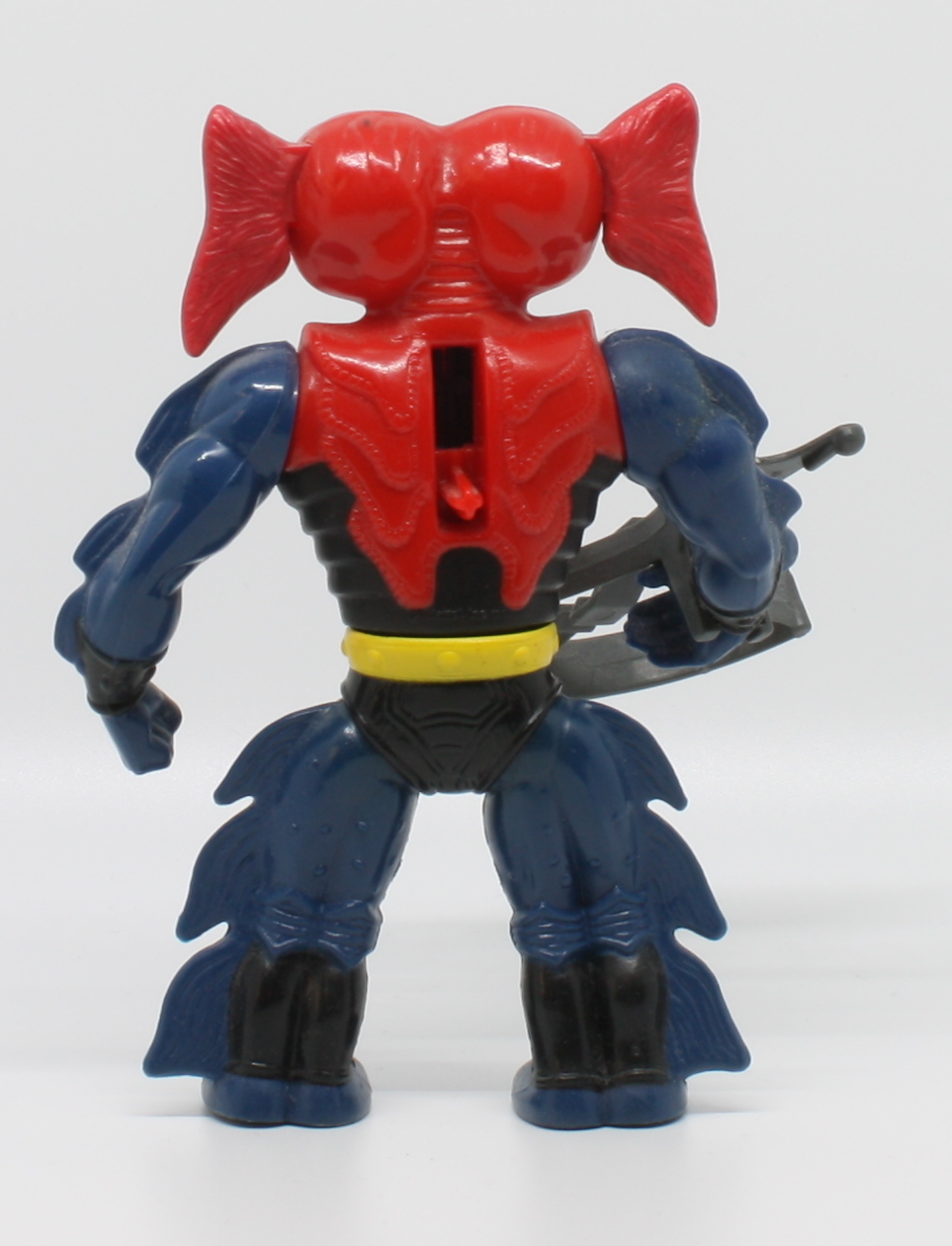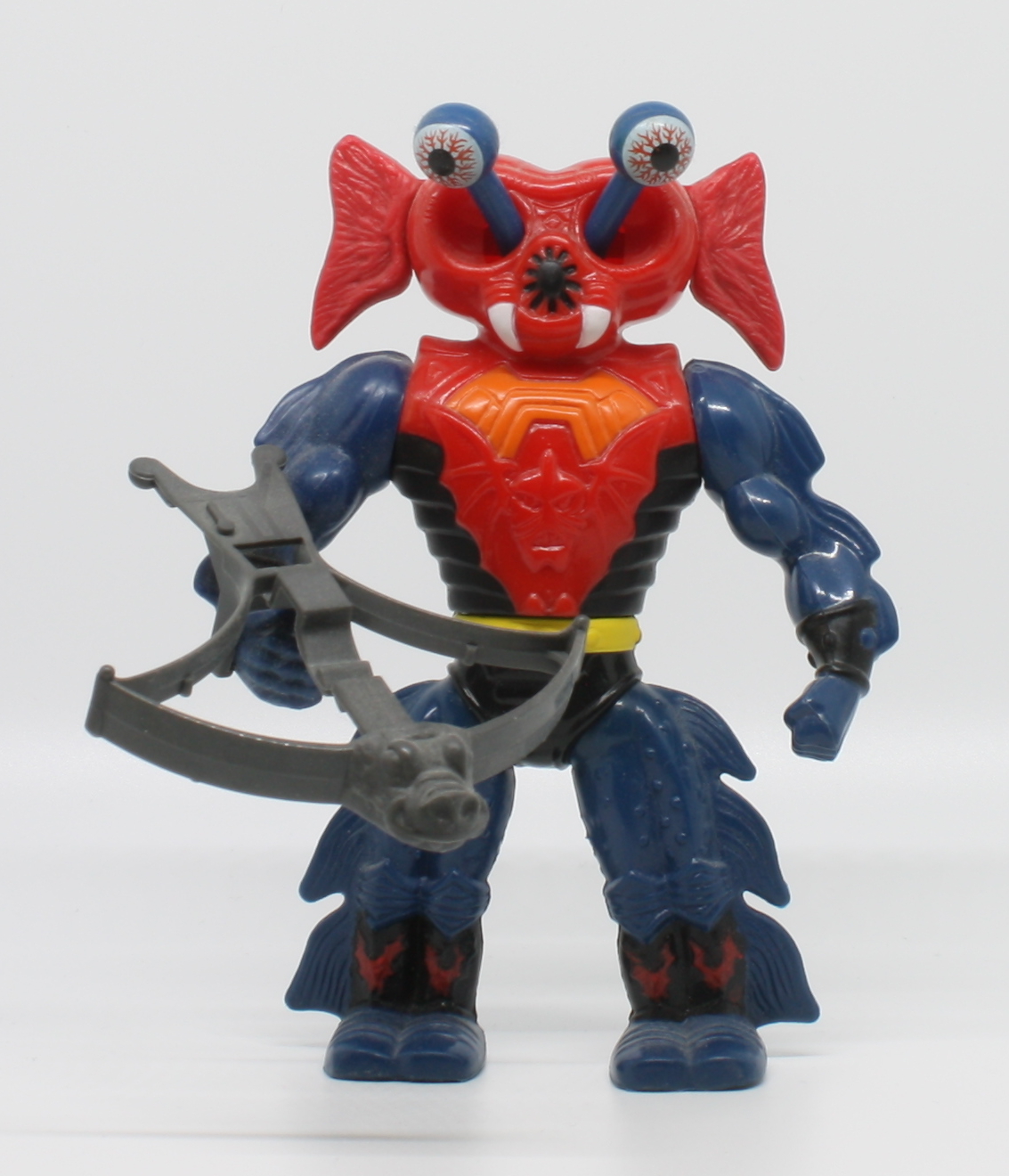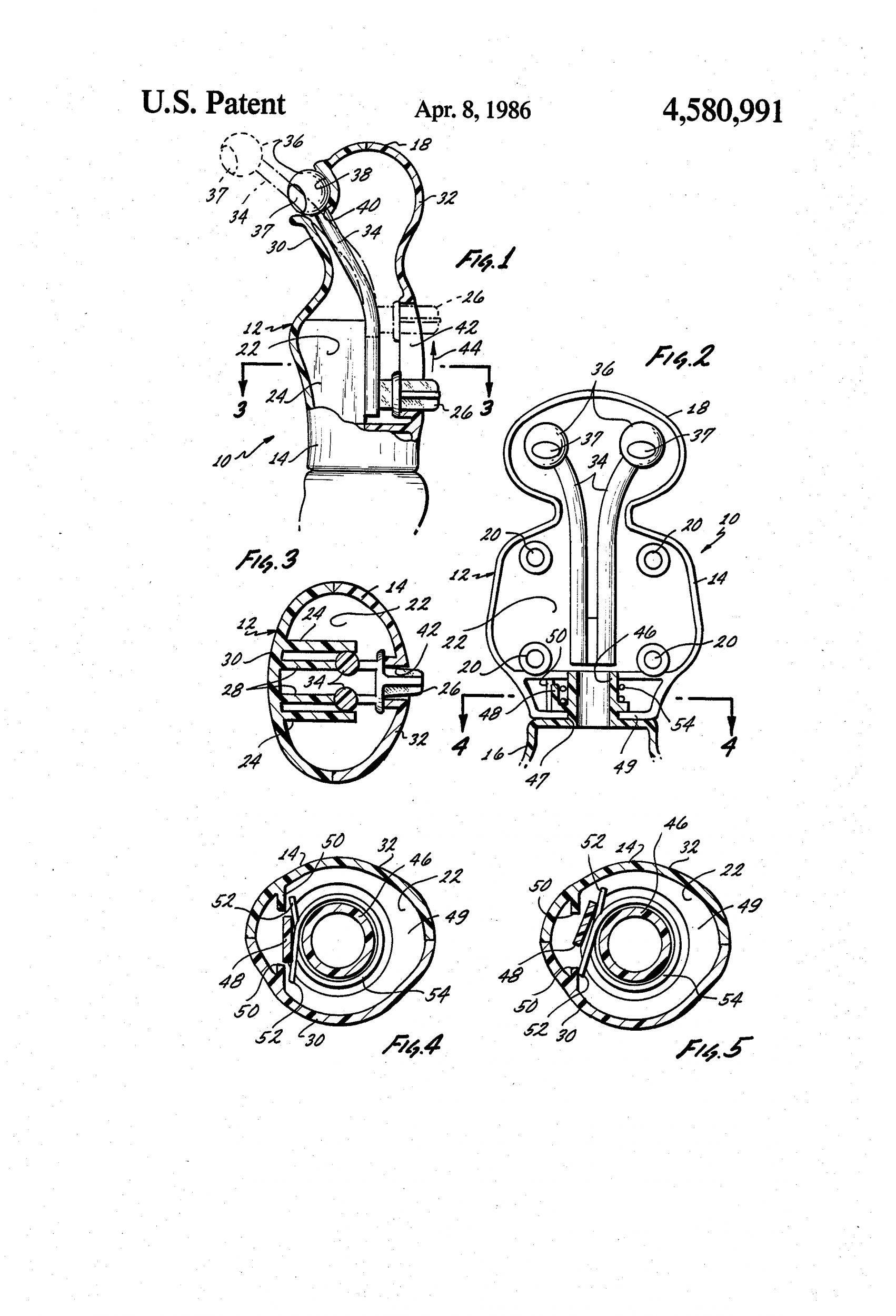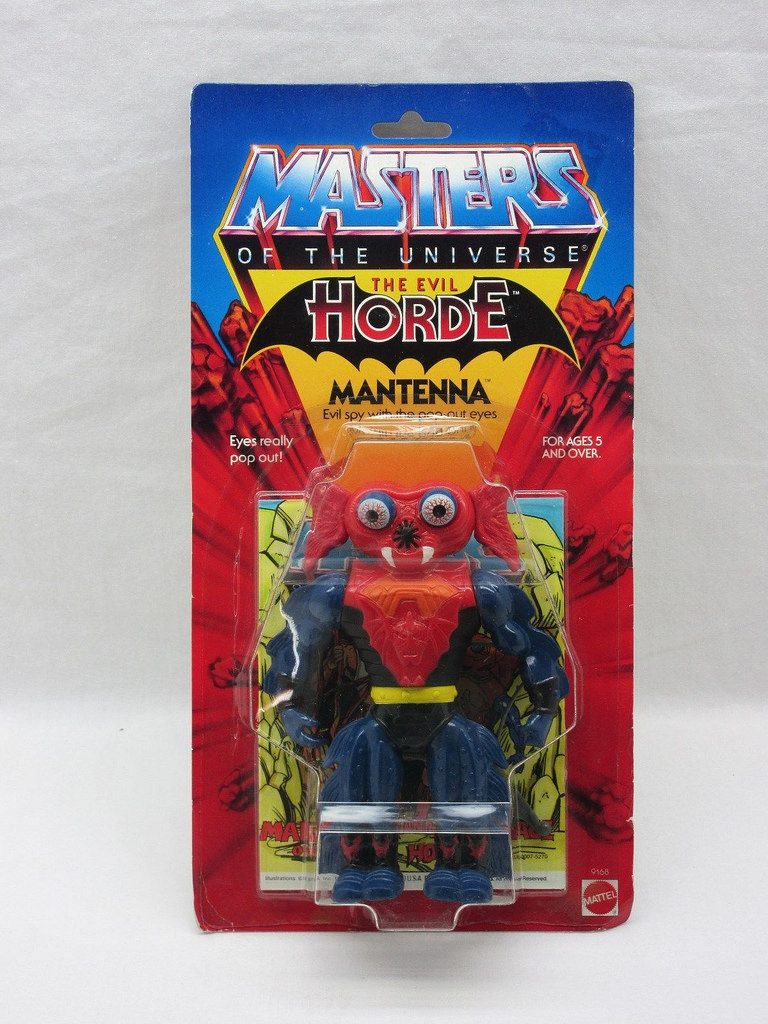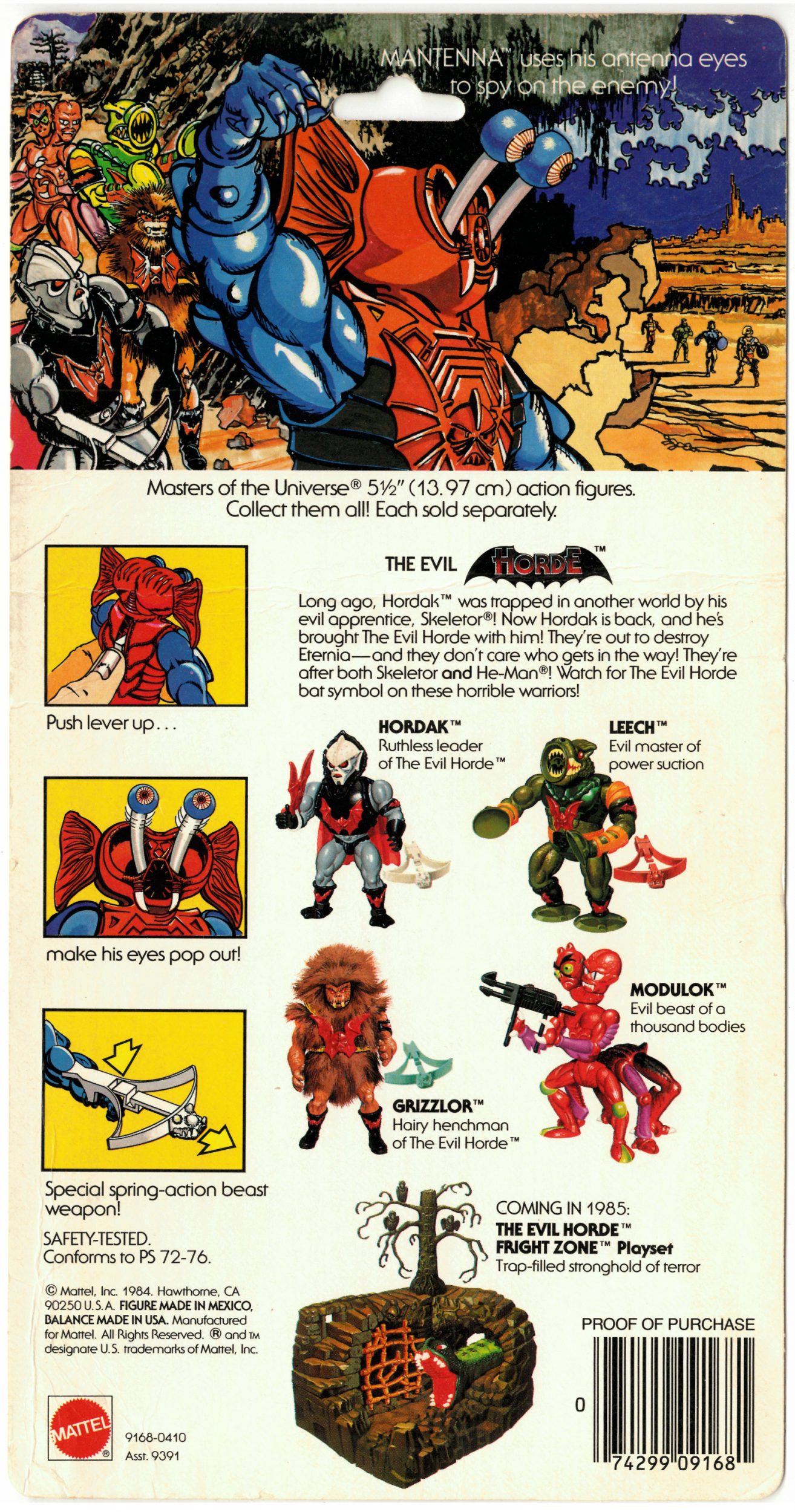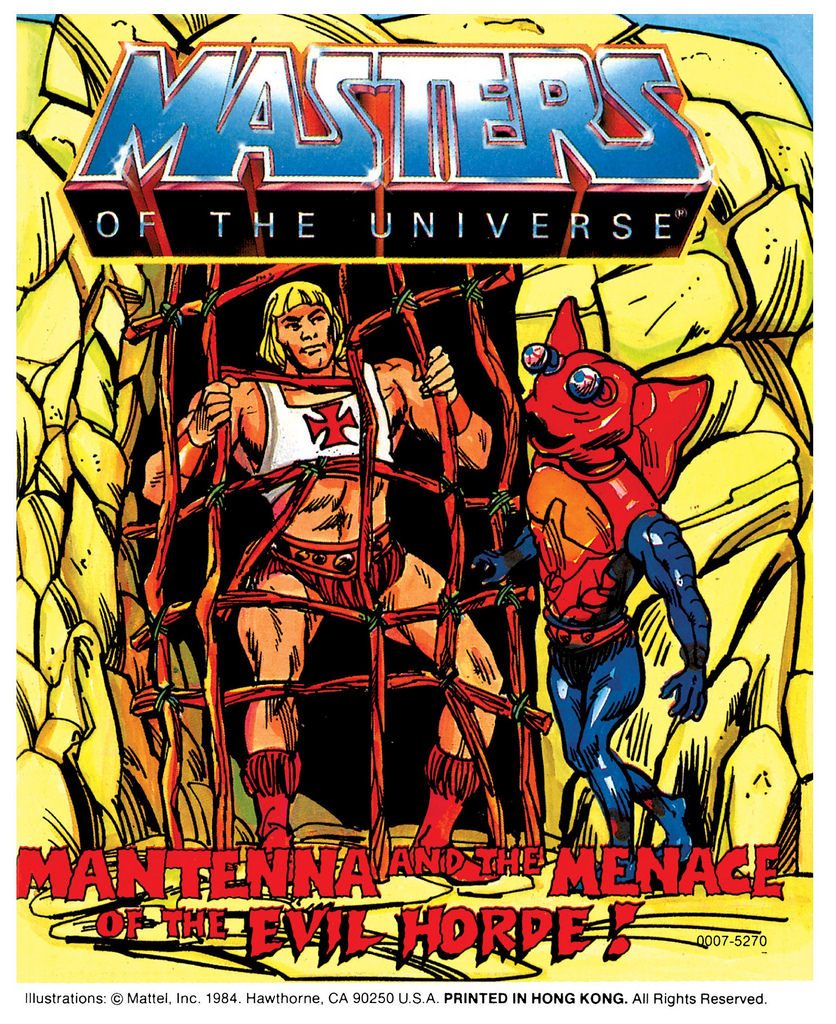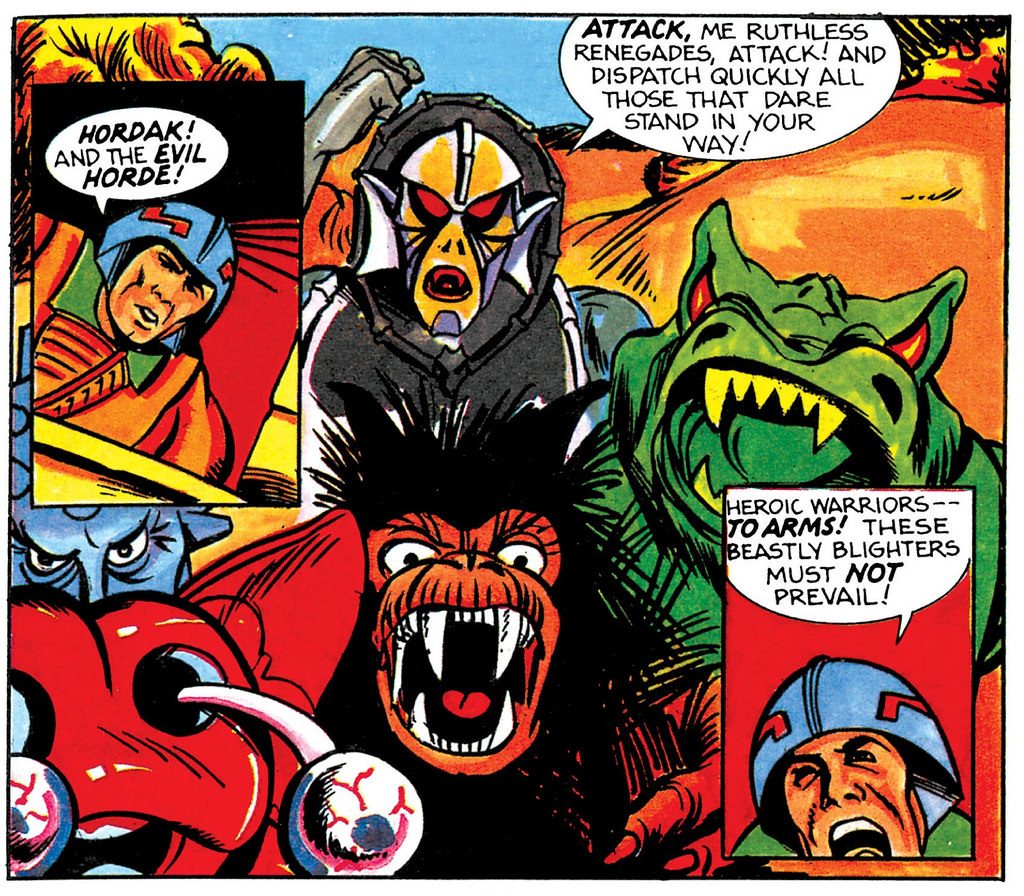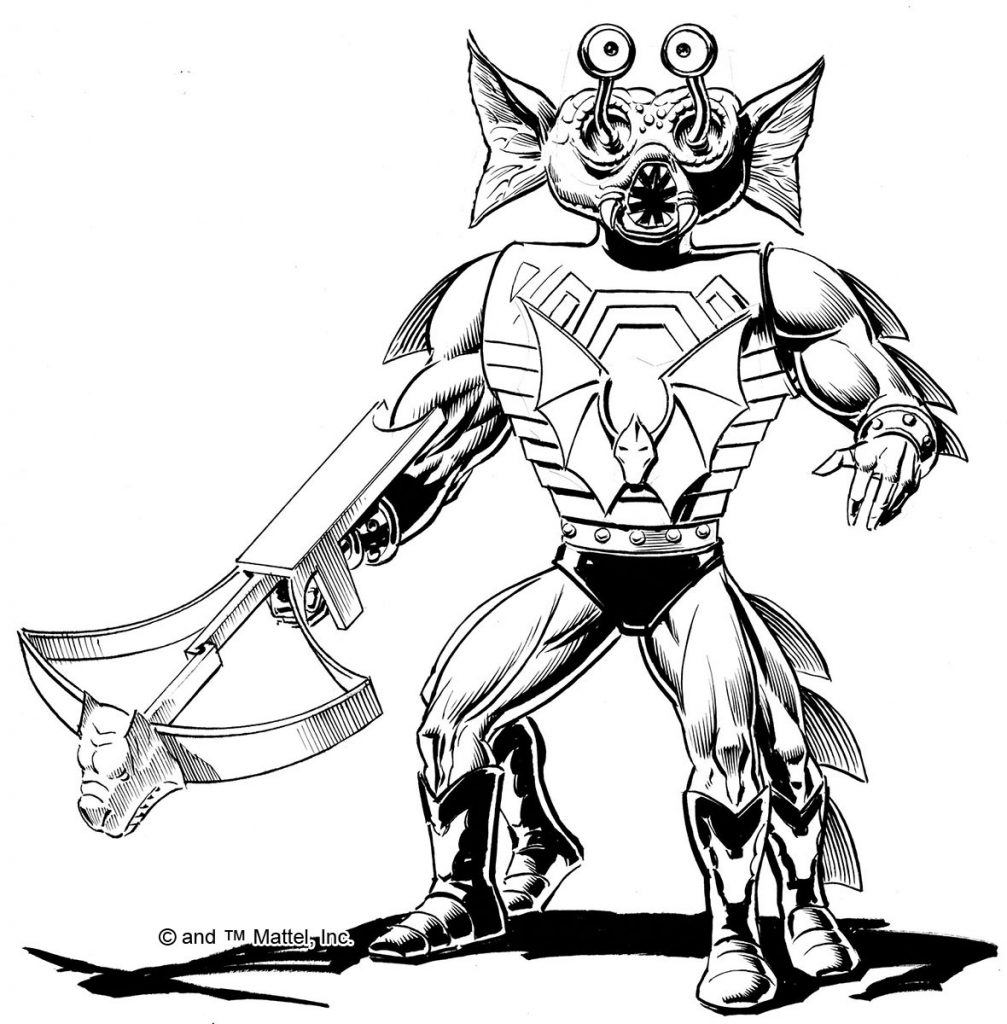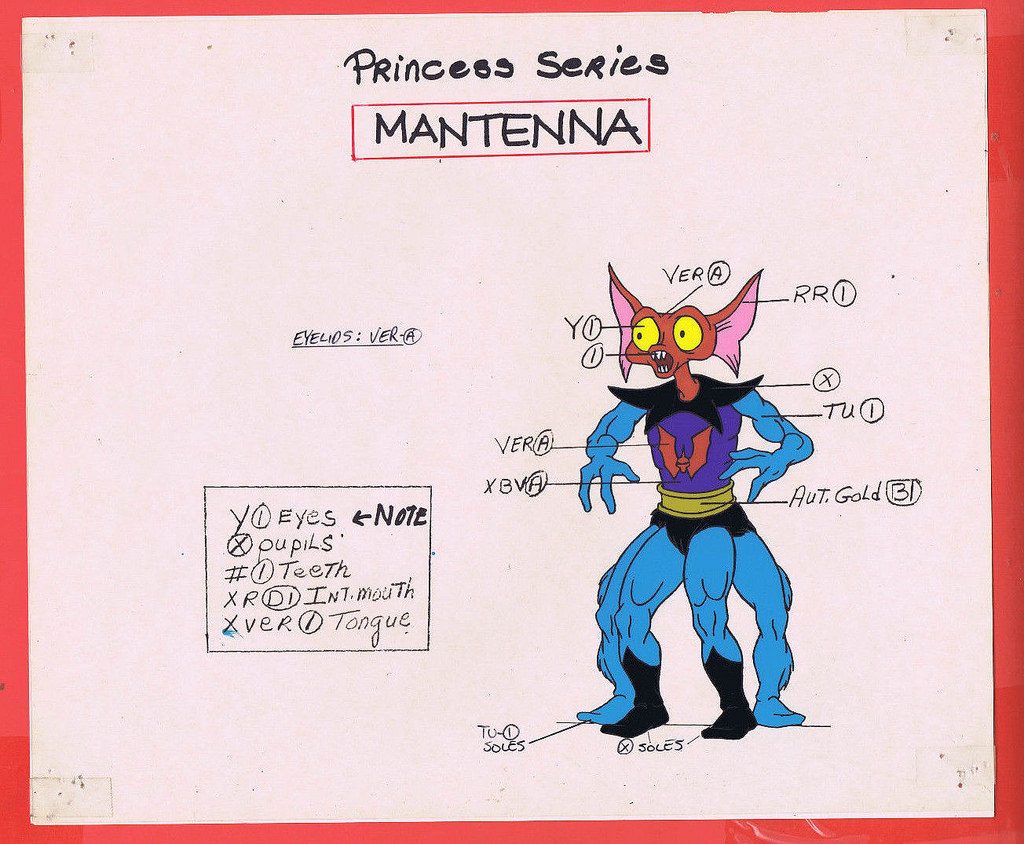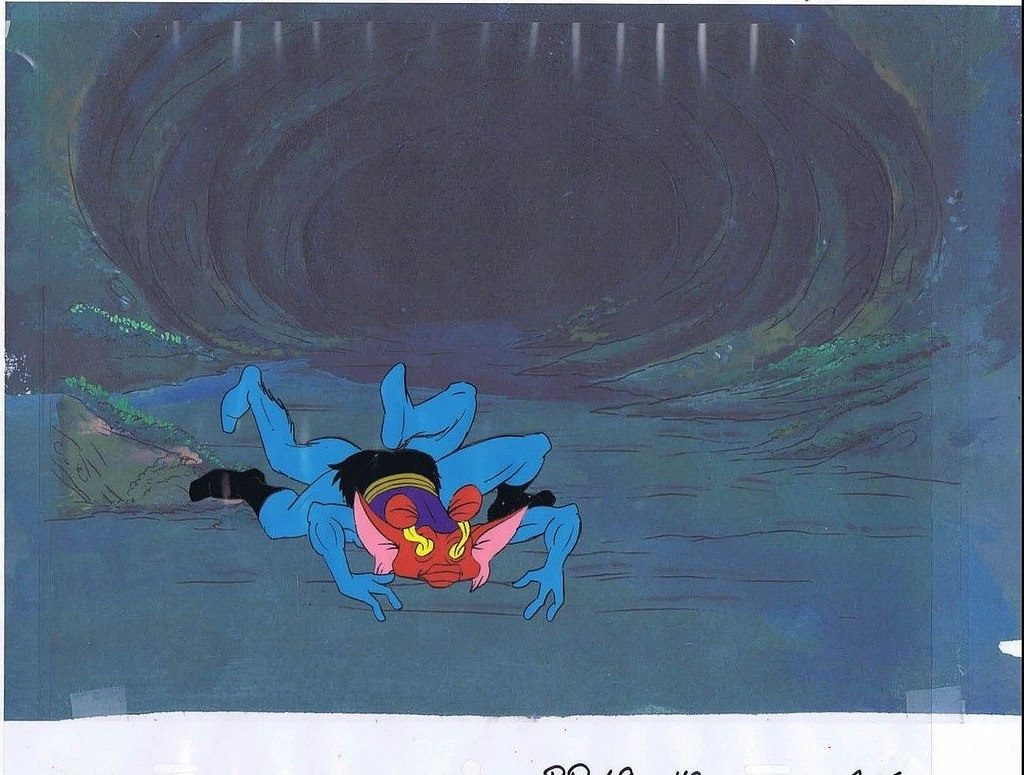Written by Jukka Issakainen and Adam McCombs
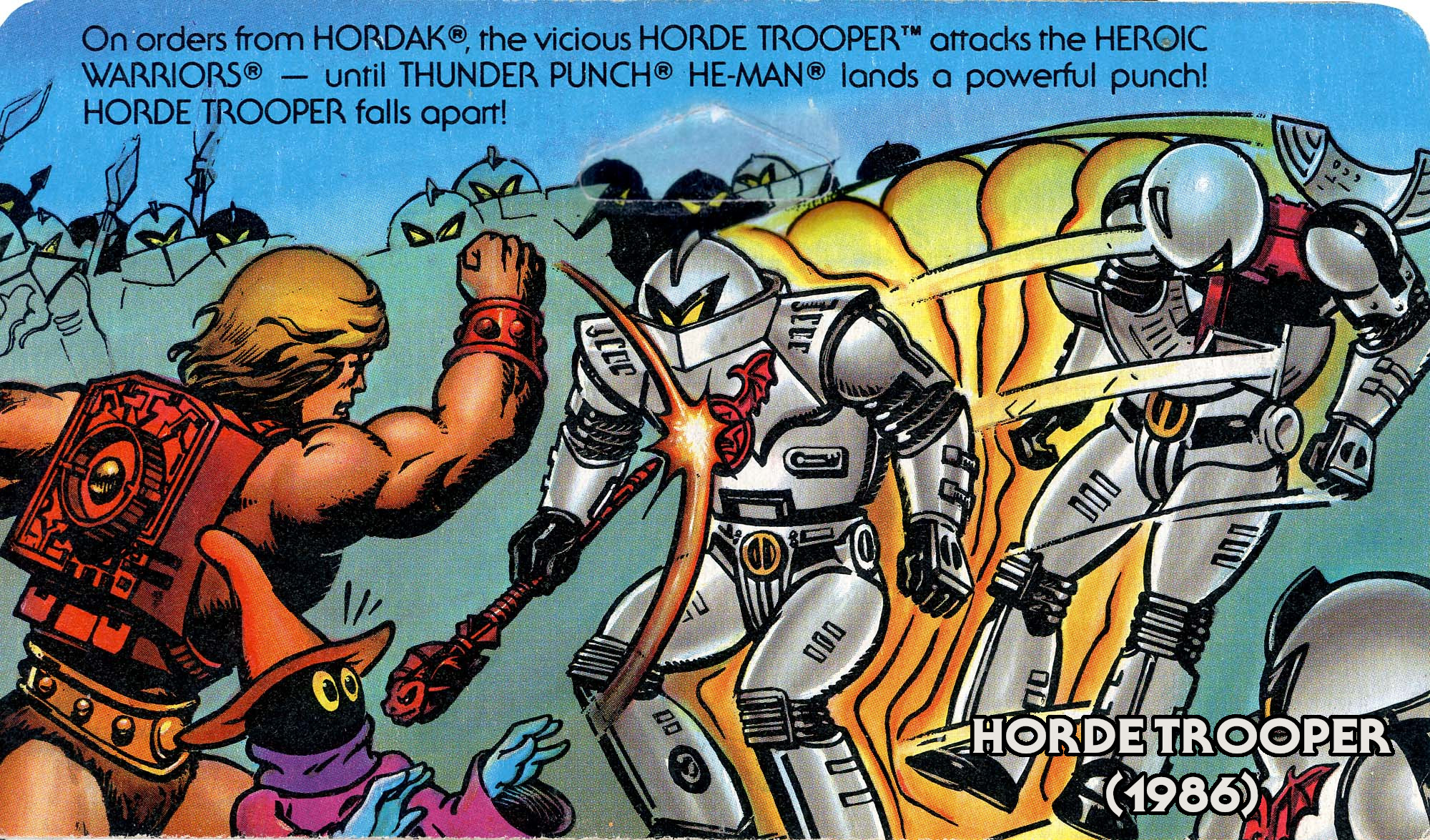
Horde Troopers are what every kid-friendly adventure francize needs – an army of mindless evil minions that the hero can crush without any moral quandaries. For the He-Man cartoon series, it was was Skeletor’s Hover Robots, and in She-Ra it was the Horde Troopers.

Images thanks to Dušan M. Assembled by Jukka I.
In the She-Ra series, the Hover Robot by Skeletor would make an appearance as Hordak’s “Capture Robot”. Though it never was made clear if Skeletor took the designs and made his own Robot Knights.
While the design and mean look appear similar between a Hover Robot and Horde Trooper, its not quite the same. When looking at images of Horde Trooper turning its head.
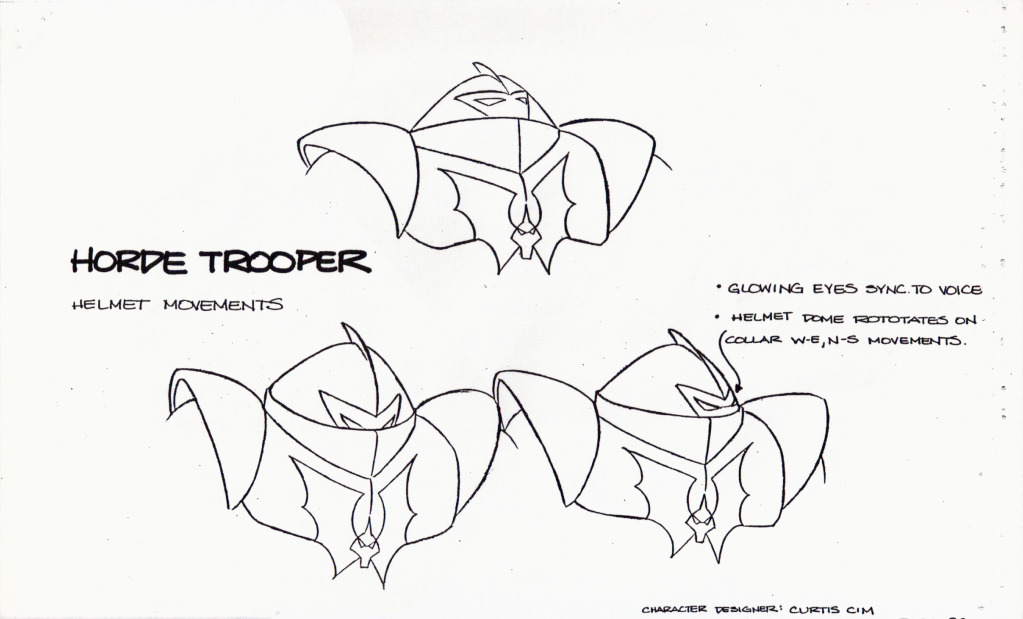

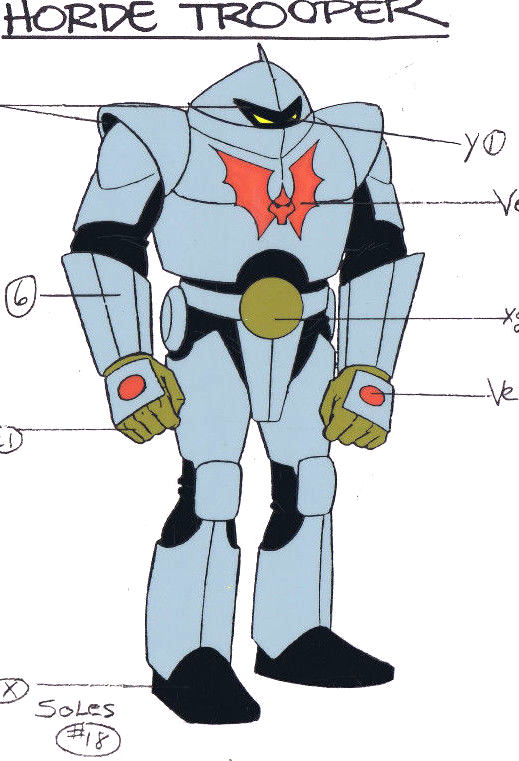
Design & Development
Mattel and Filmation worked very closely on the She-Ra series characters and concepts, and the Horde Trooper concept was a no-brainer, both in terms of story and in terms of toy sales. It’s always useful to have a disposable army of faceless villains for the main hero to beat up in children’s adventure series, as it keeps the main villain characters in reserve for the third act. From Mattel’s perspective, army builder toys usually sell very well, as many collectors are not content to own just one figure. So Horde Troopers were really a win-win.
In the script and concept, as well as the storyboard for Into Etheria, we get a look at an early design, which gives the characters a heavily-armored and barbaric look. It’s clear that these troopers (or Hordesmen) are organic beings. One is human with a scar on his face, another is reptilian, and the third is a hawk hordesman.
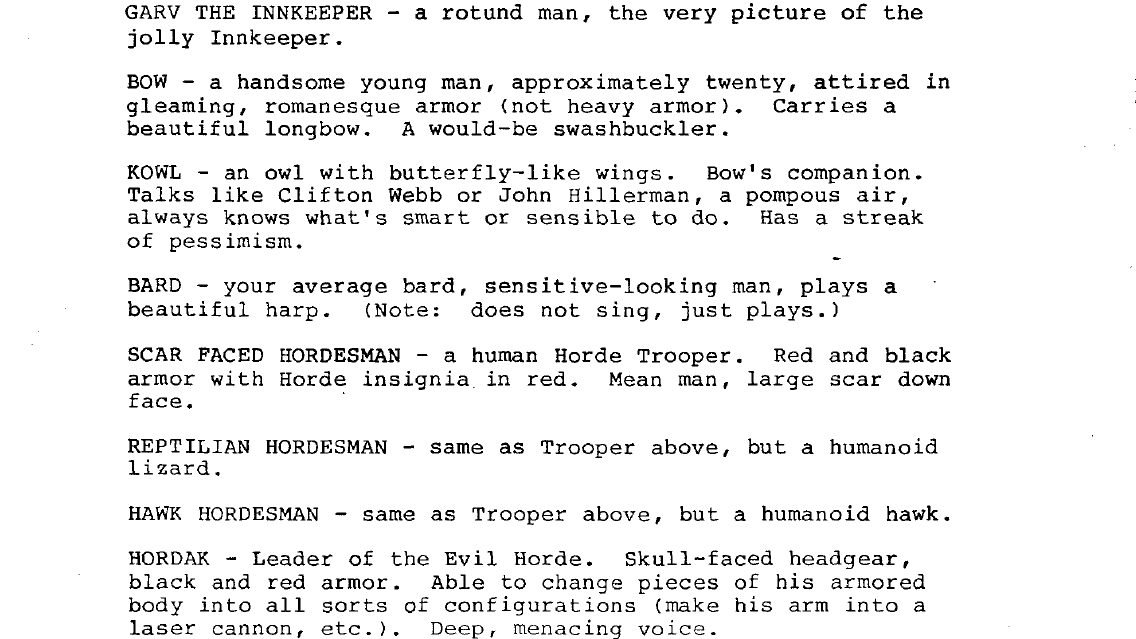

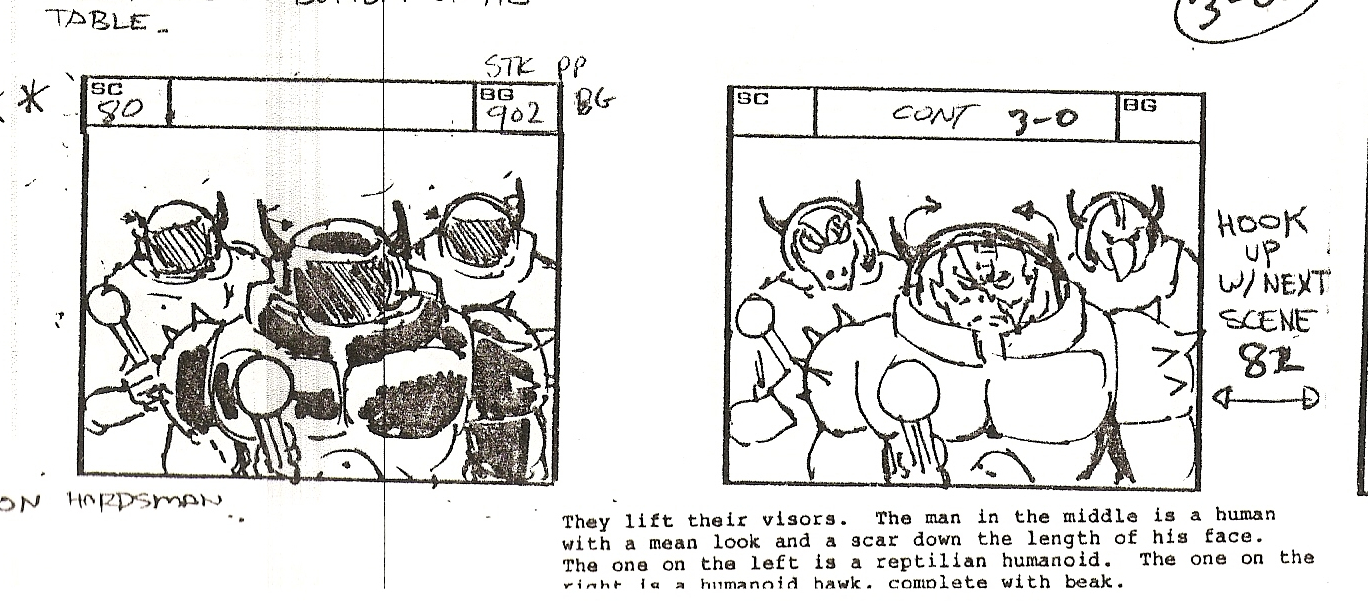

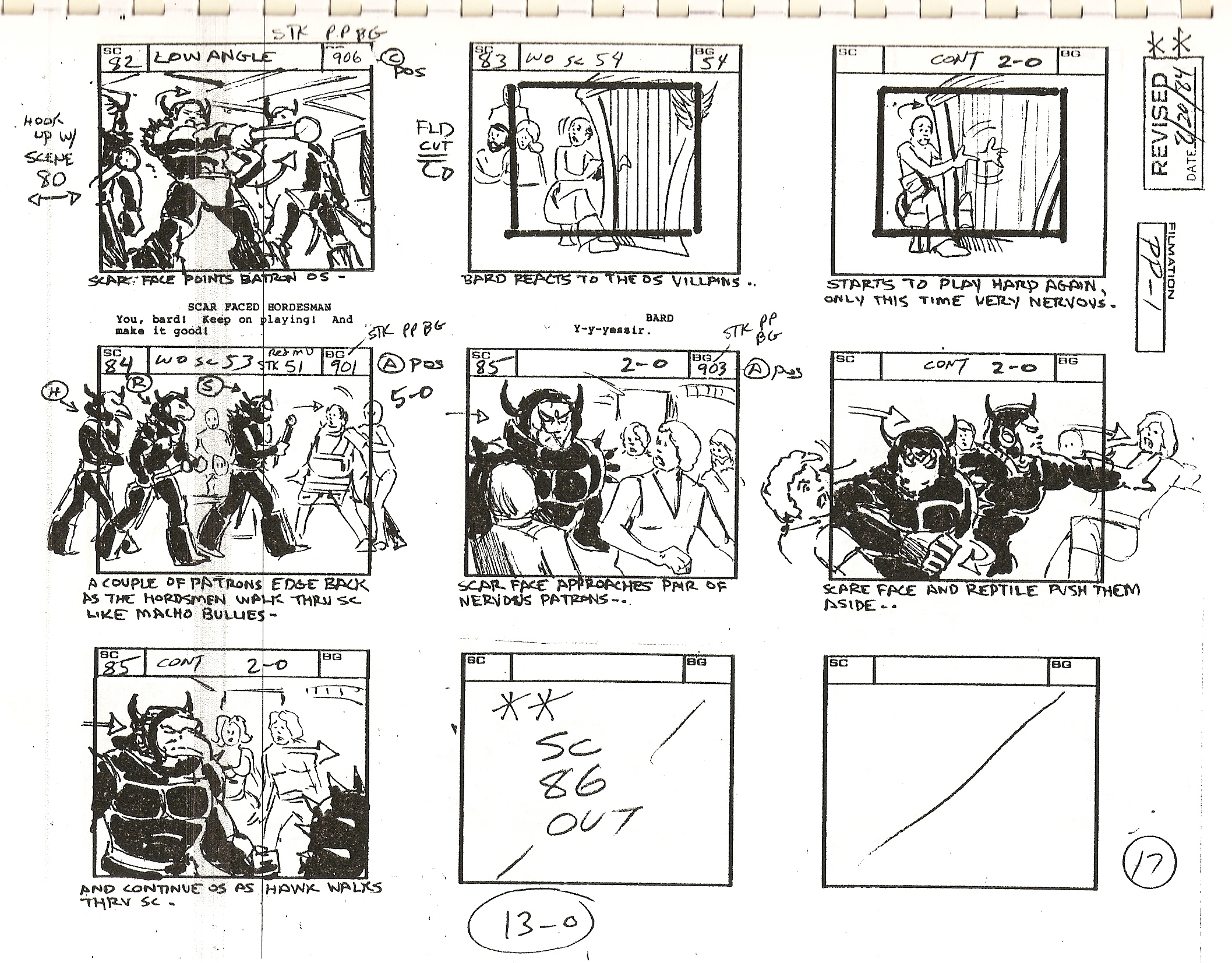
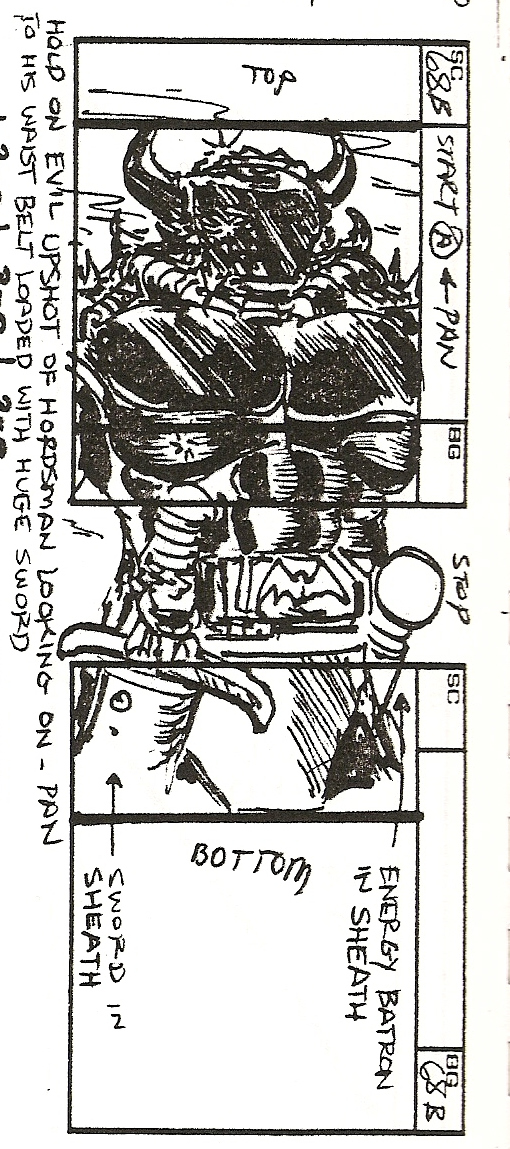
This idea of different looking races in armor is also evident in the He-Man episode Origin of the Sorceress, where in a flashback told by the Sorceress we meet an early Horde scouting party.
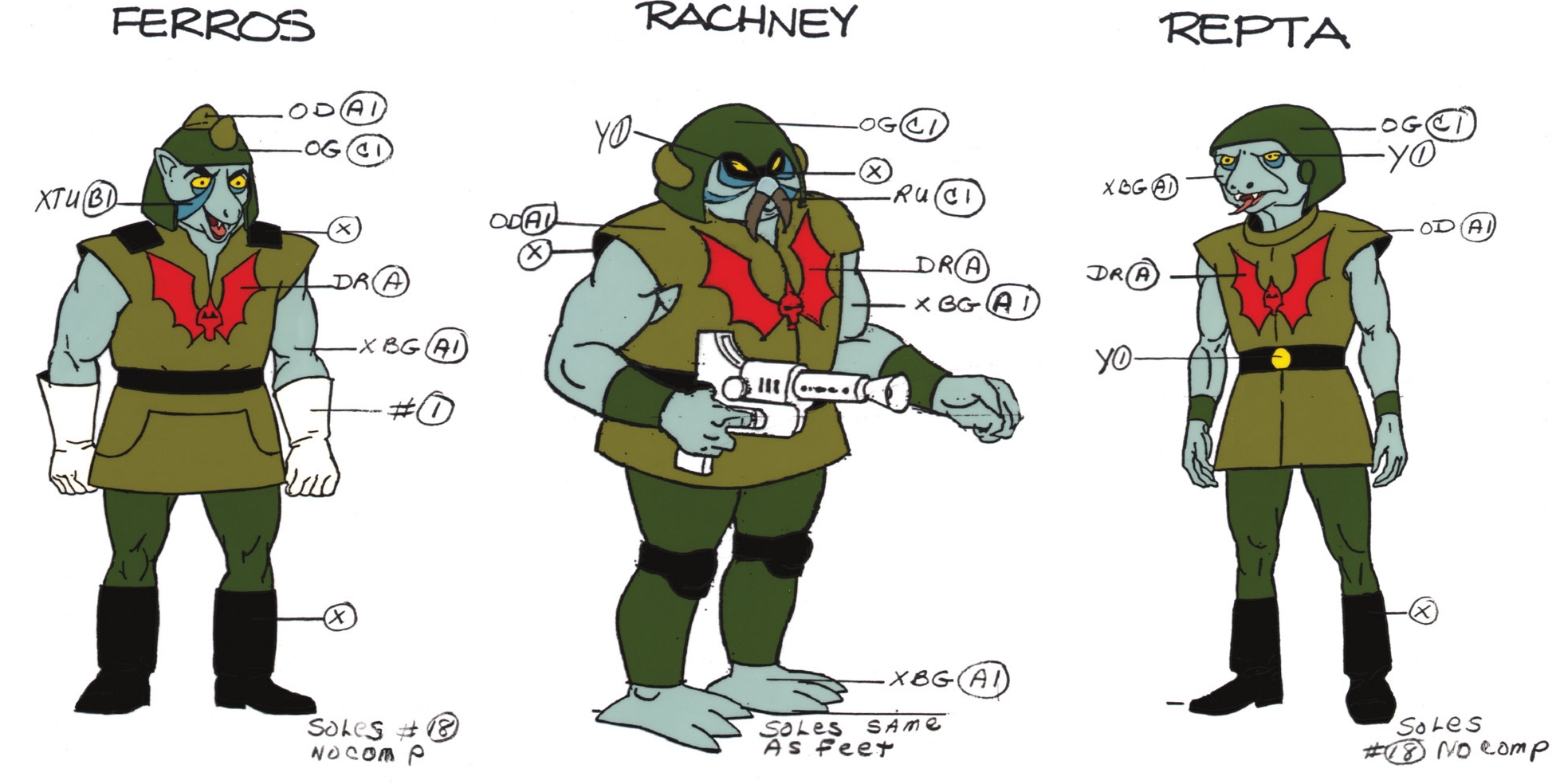
Some Princess of Power -books would also utilize the notion of Horde Troopers as humans in armor. More on Comics and Story books -section below.
At Filmation Studios, one key person who helped design for example the Horde symbol and Evil Horde characters was Charles Zembillas. And in one of his early sketches, the Horde Troopers looked more like creatures in armor.
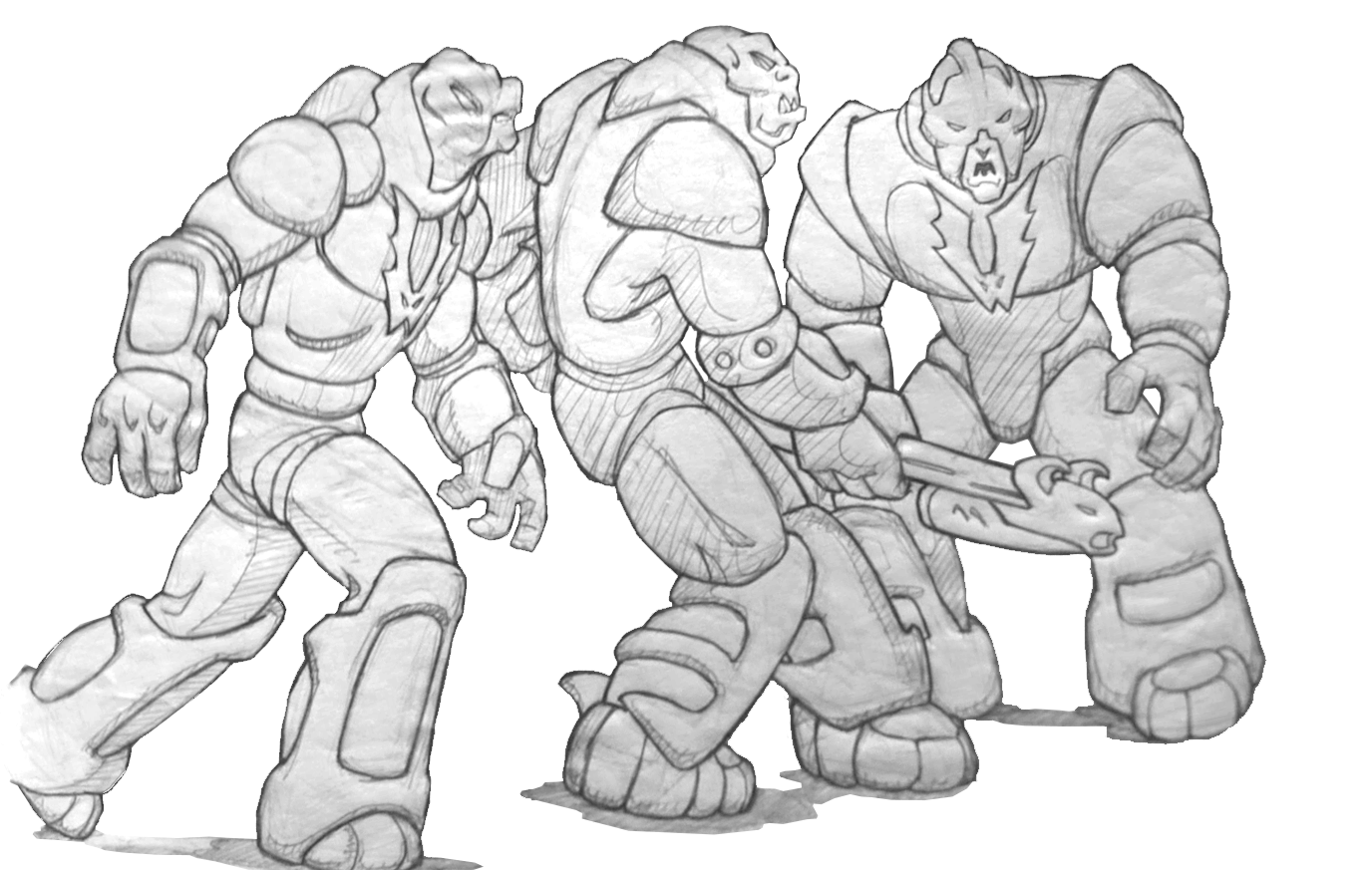
After that, the Troopers would get a sleeker, more futuristic design:
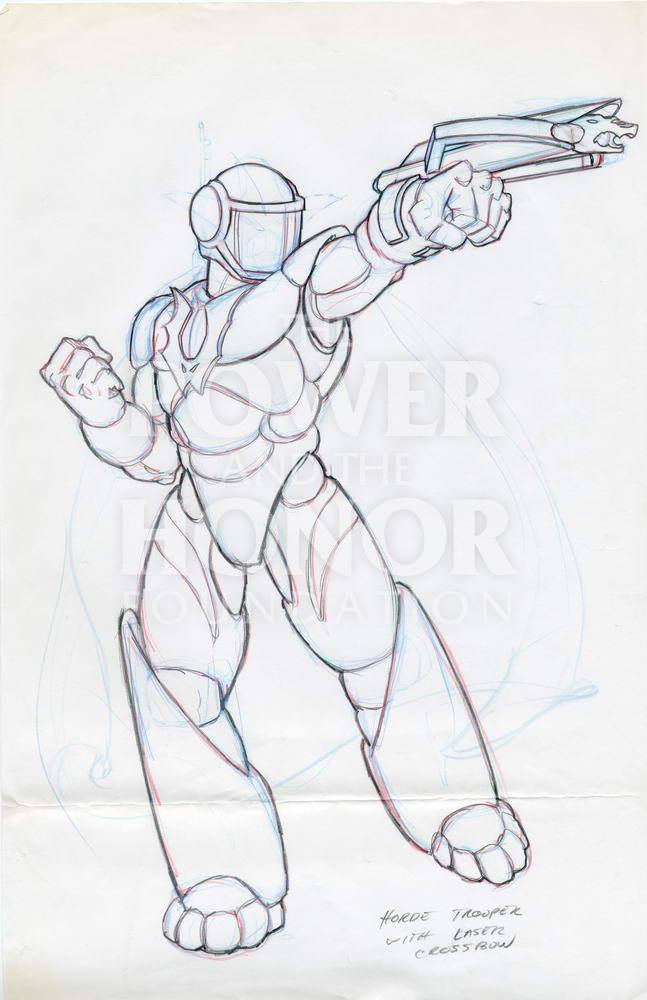
Eventually the look was changed to the familiar design below, designed by Curtis Cim:
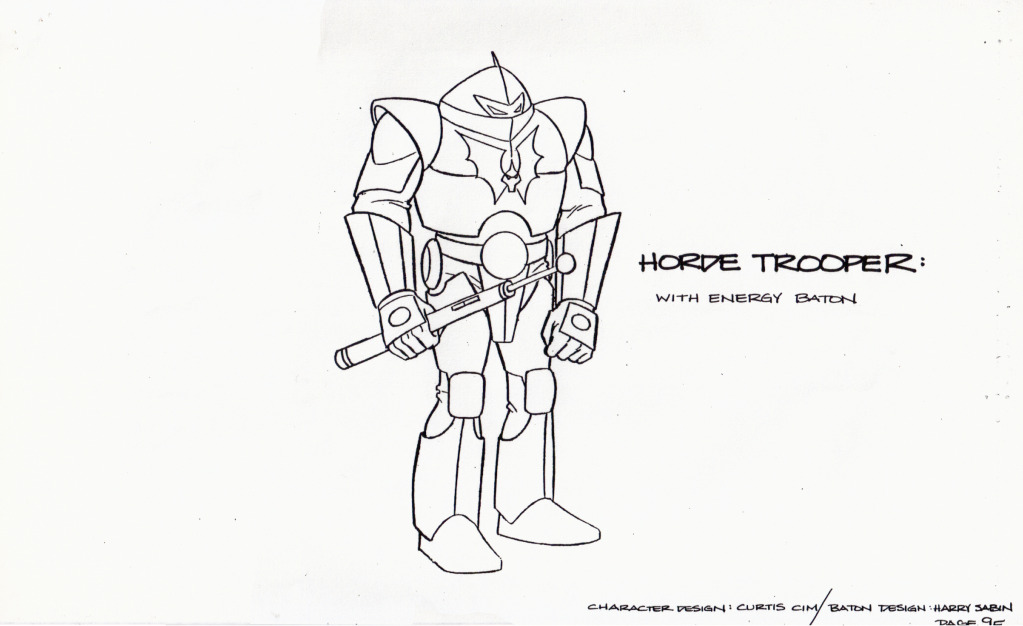

On Mattel’s side, there are a few images of Horde Trooper prototype toys. One features repainted arms from Sy-Klone and legs from Mantenna. Presumably this is because these parts were not completed yet, and the existing parts from other figures fit the bill well enough to show the concept (the Sy-Klone arms have the same shoulder articulation):

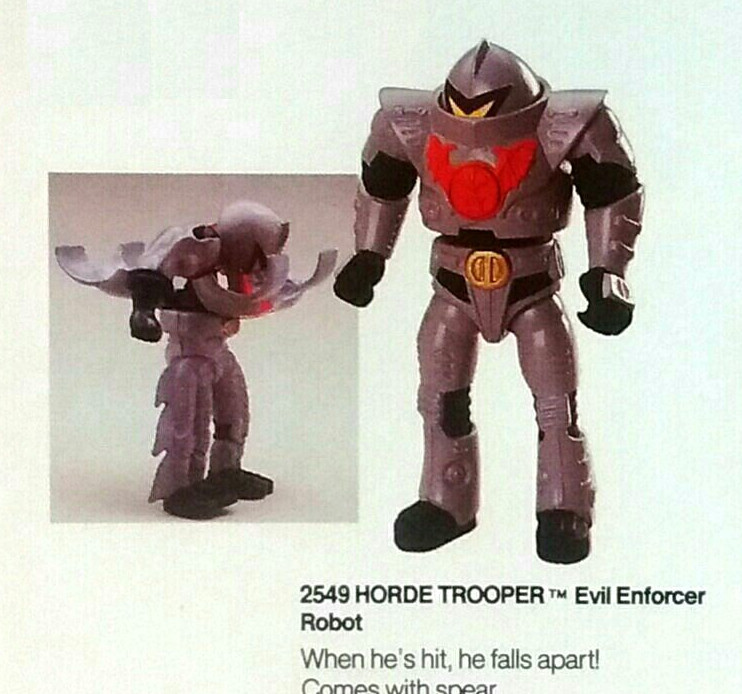
On the Toy Archive website, we can also see the “hardcopy” version of the figure, which was larger than the actual final toy:
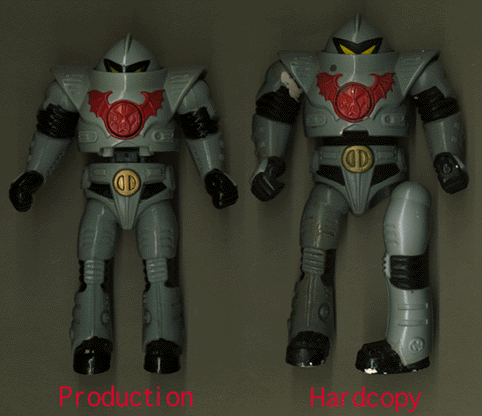
Horde Trooper’s patent was filed September 25, 1985. Where one of the design images seems to be straight out of Filmation model-kit. A visual layout of how the action feature worked is included in the filing:
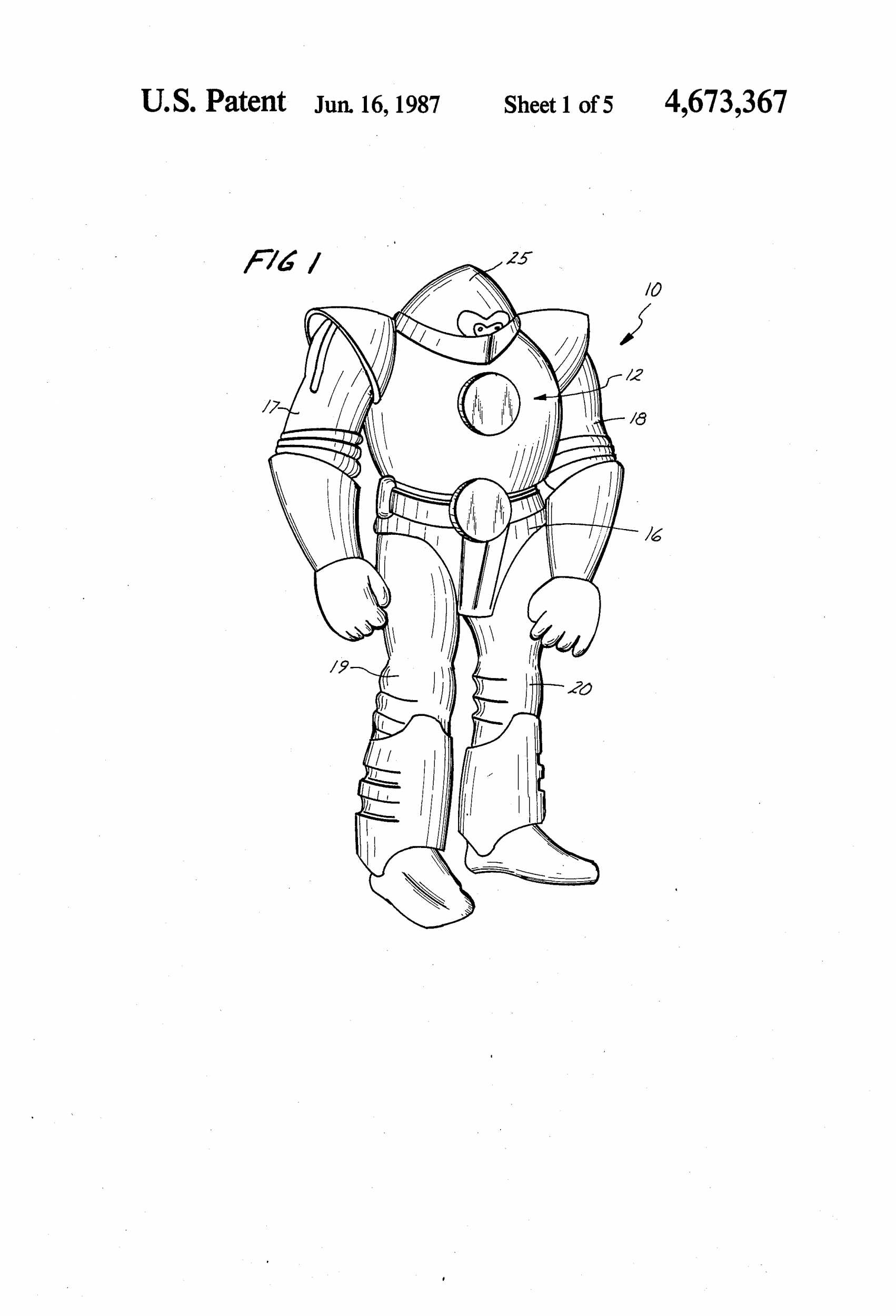
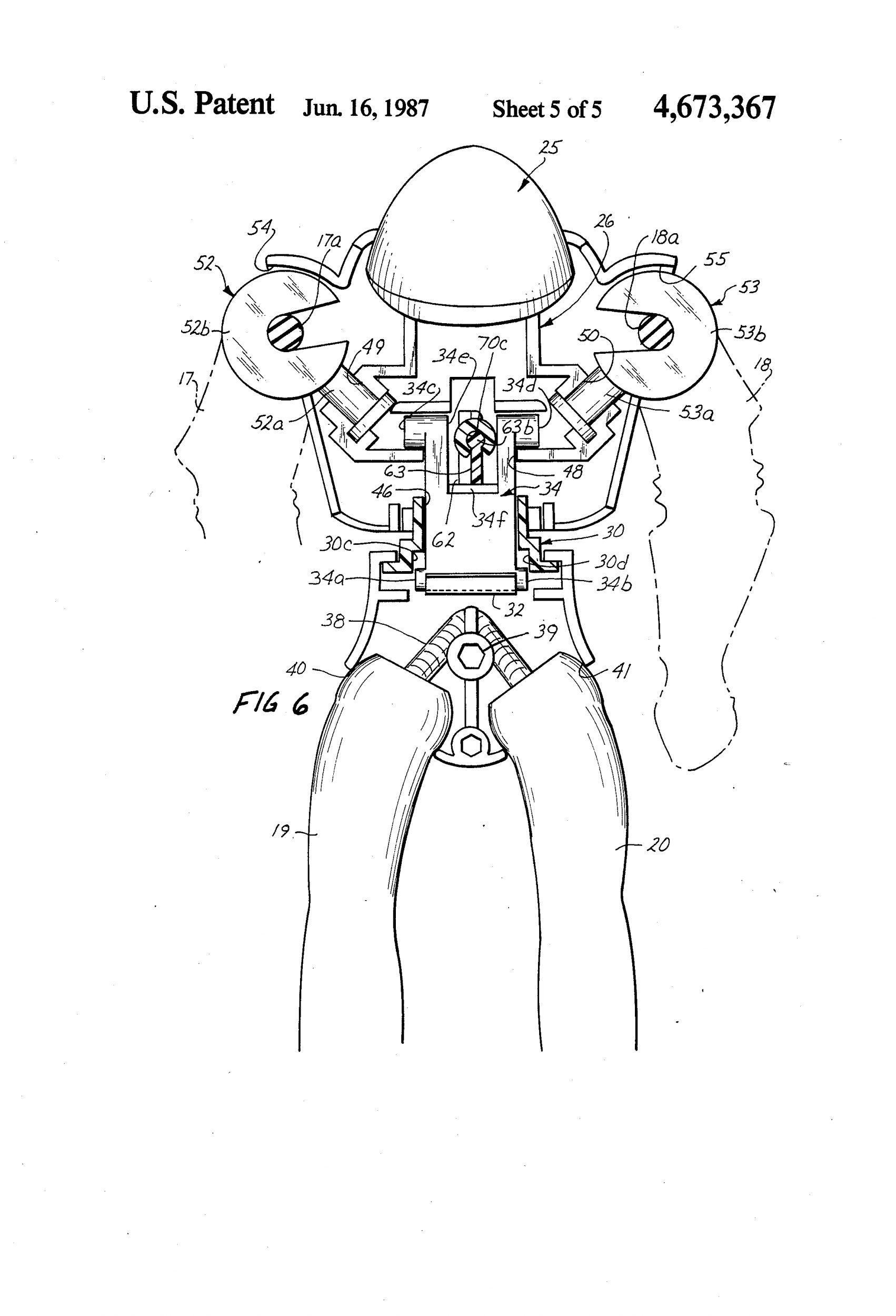
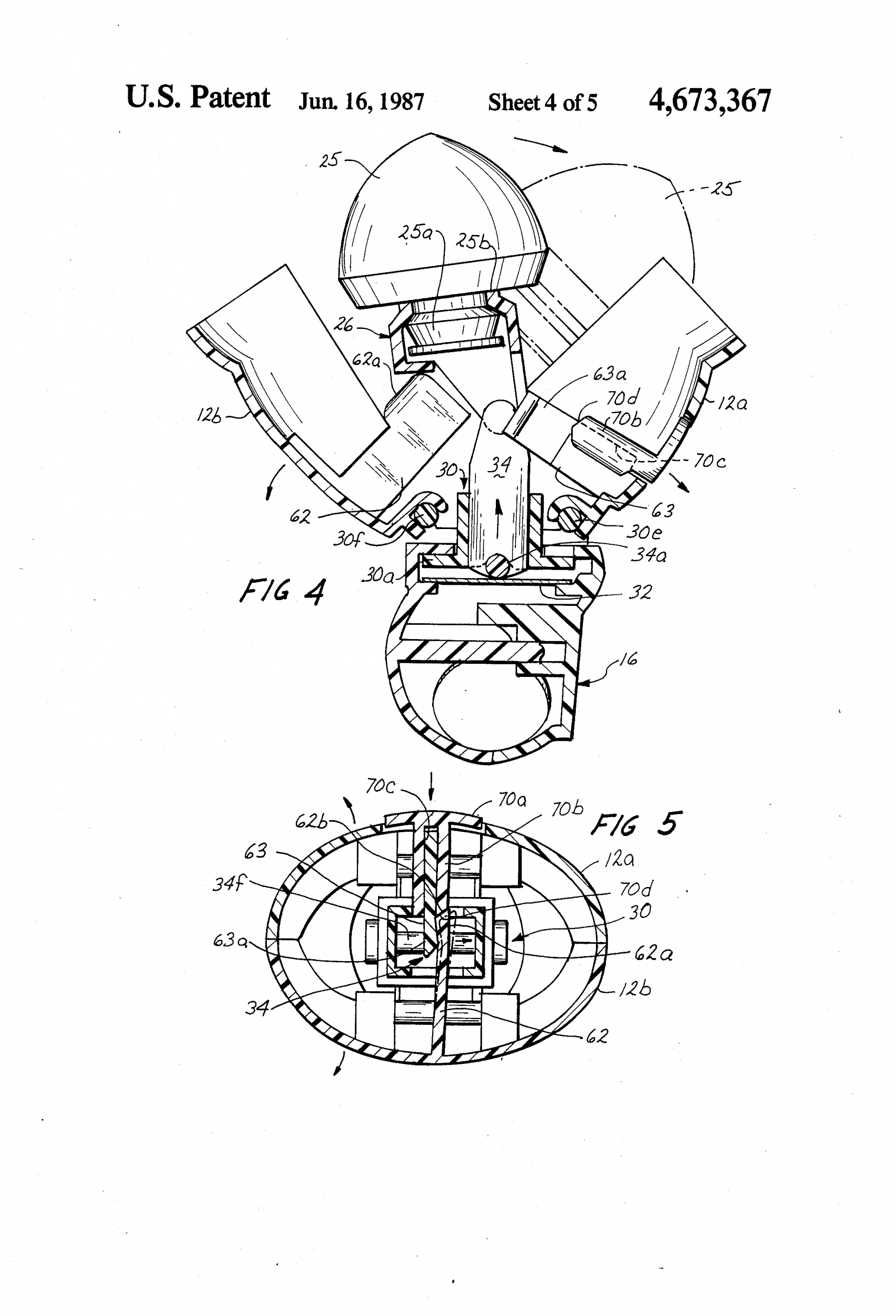
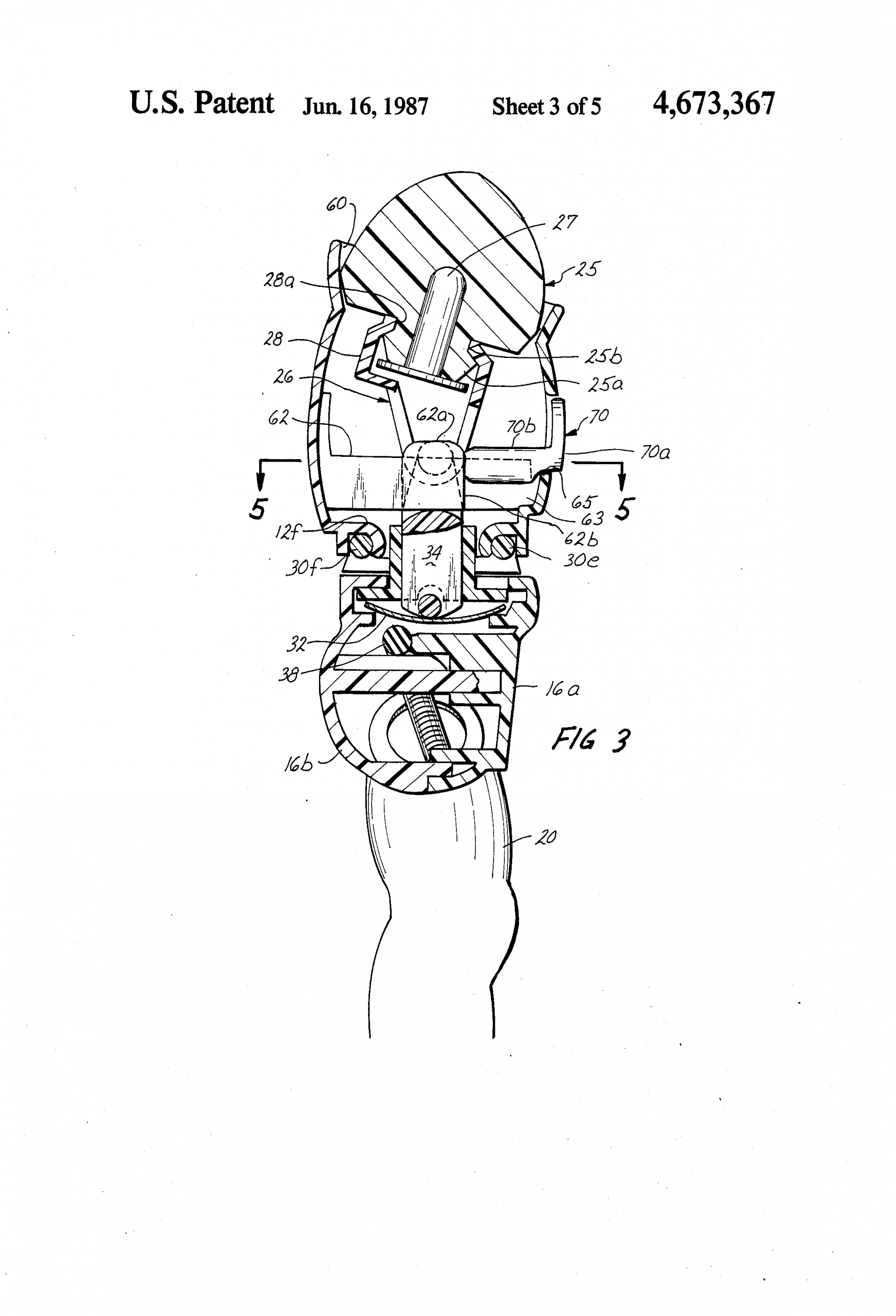
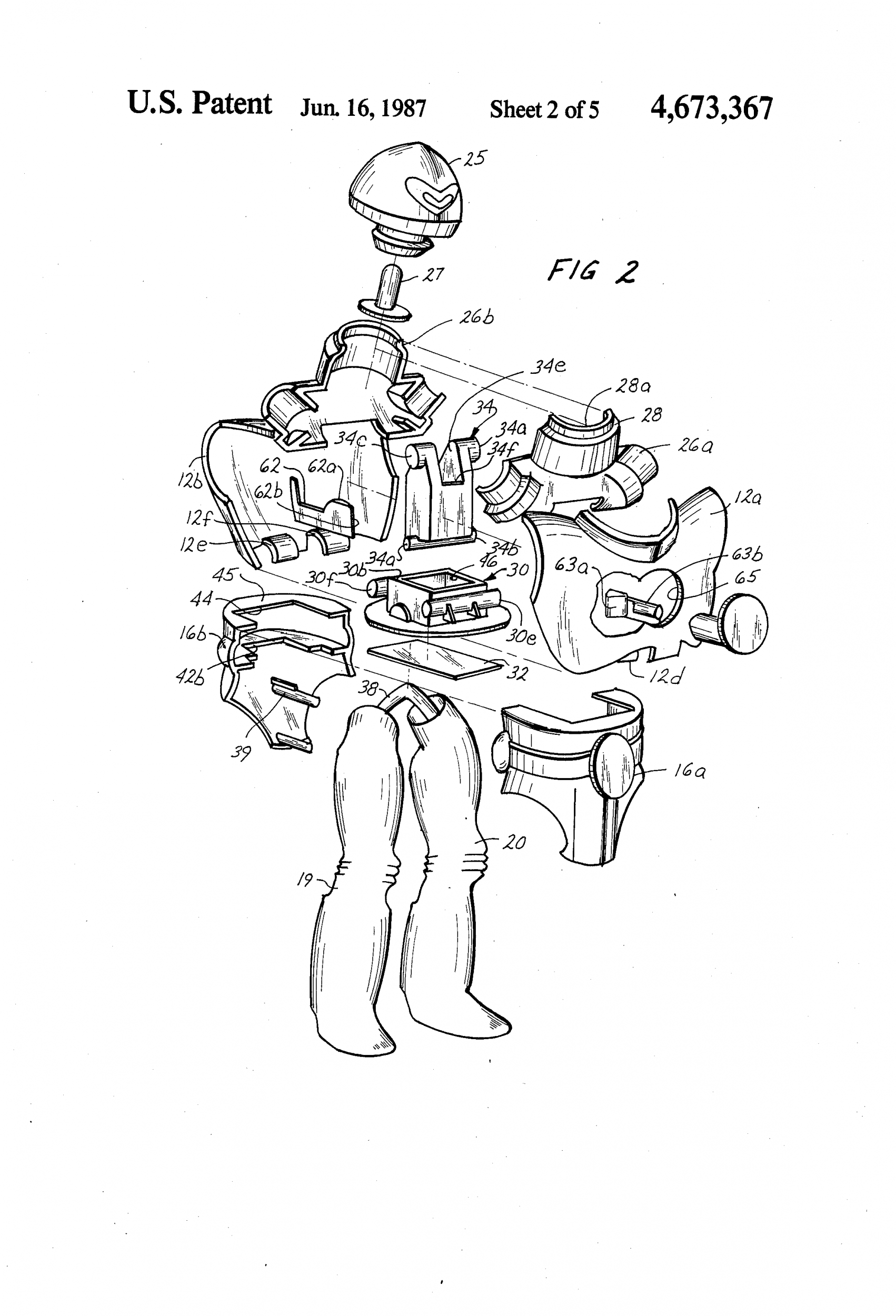
Figure & Packaging
Horde Troopers were released on a single card, with yellow blast graphic telling kids to “collect an army of Horde Trooper robots!” The figure’s action feature, true to the “collapsing robot” description, was a button on the figure’s chest that, when pushed, would cause various pieces of the torso to fall apart, as if He-Man had smashed the evil android to bits with one mighty punch.

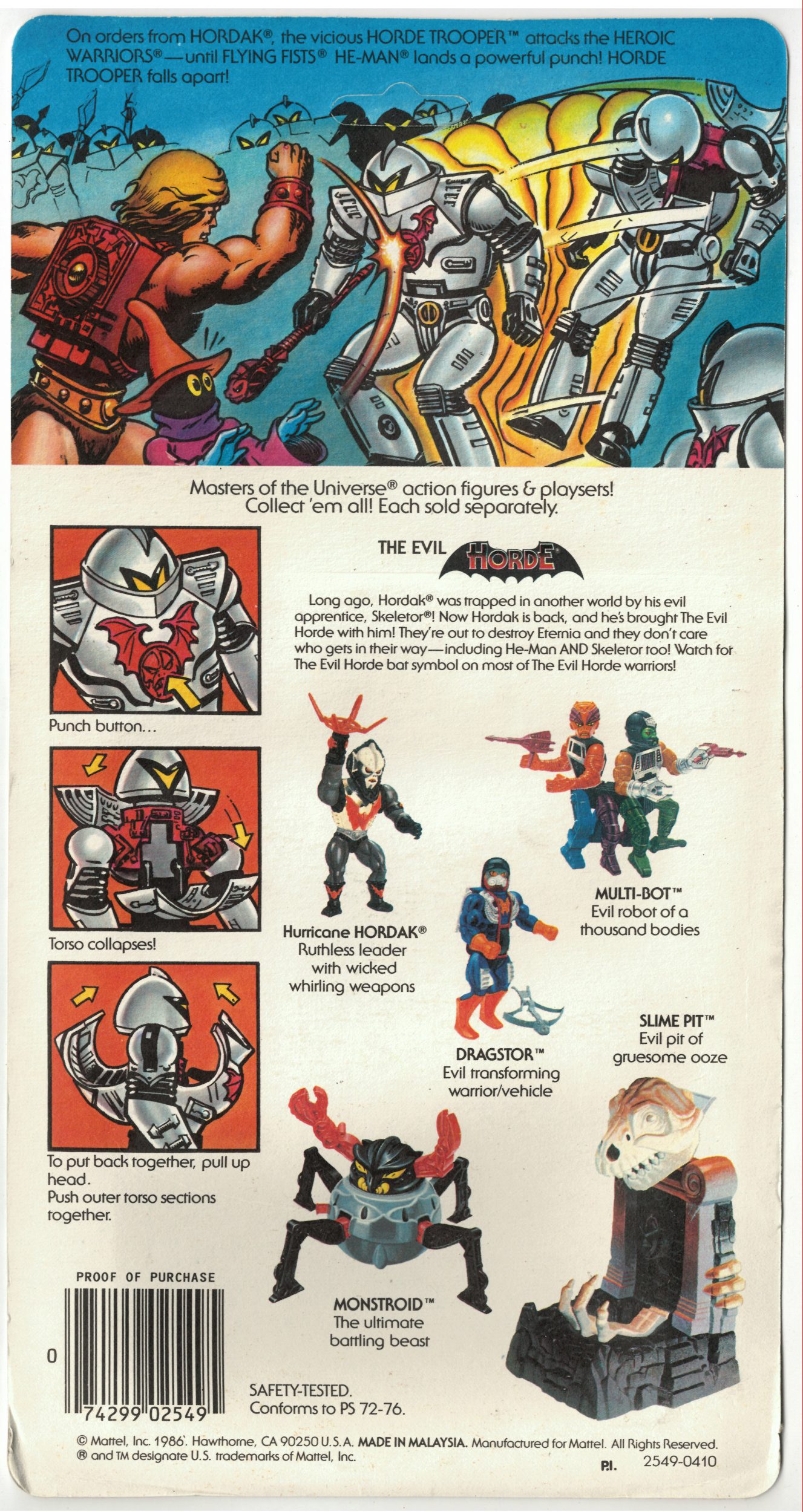



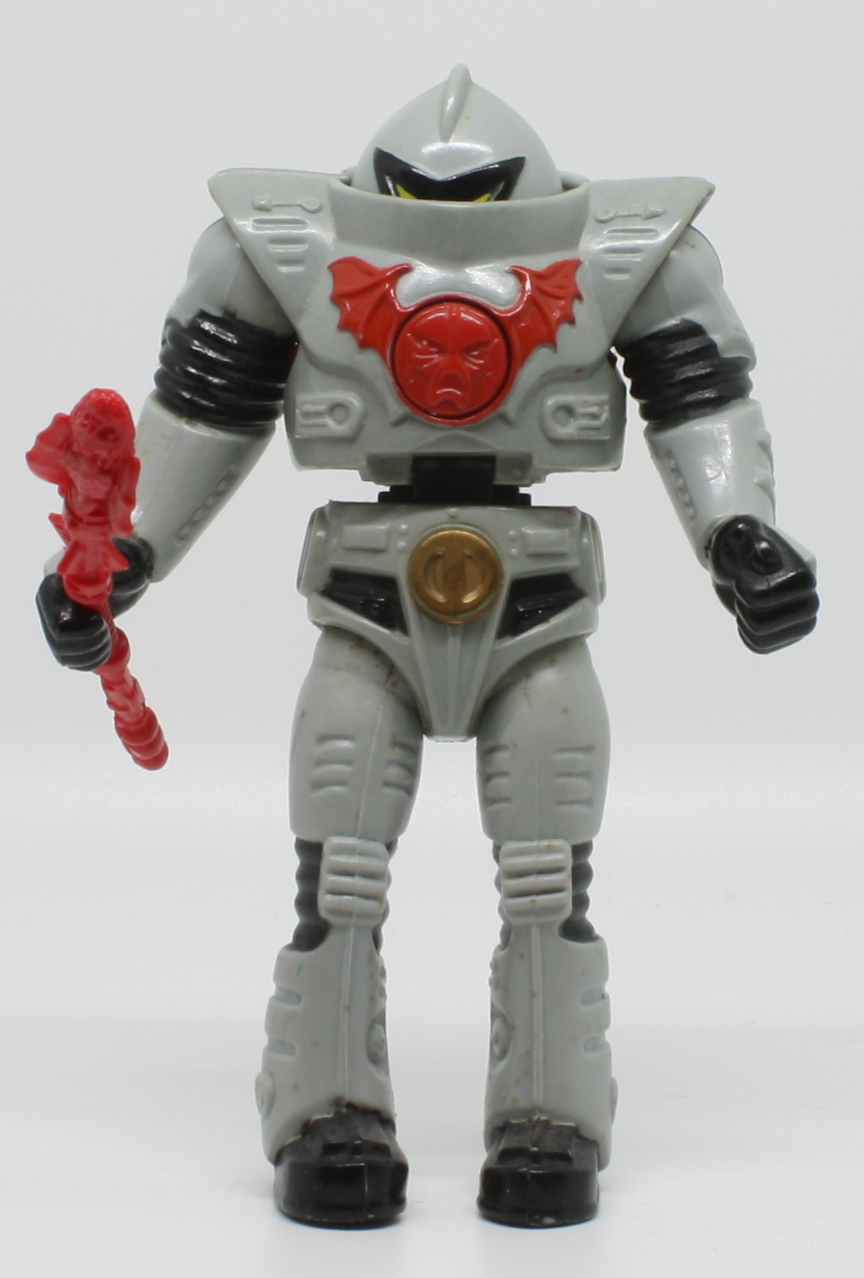

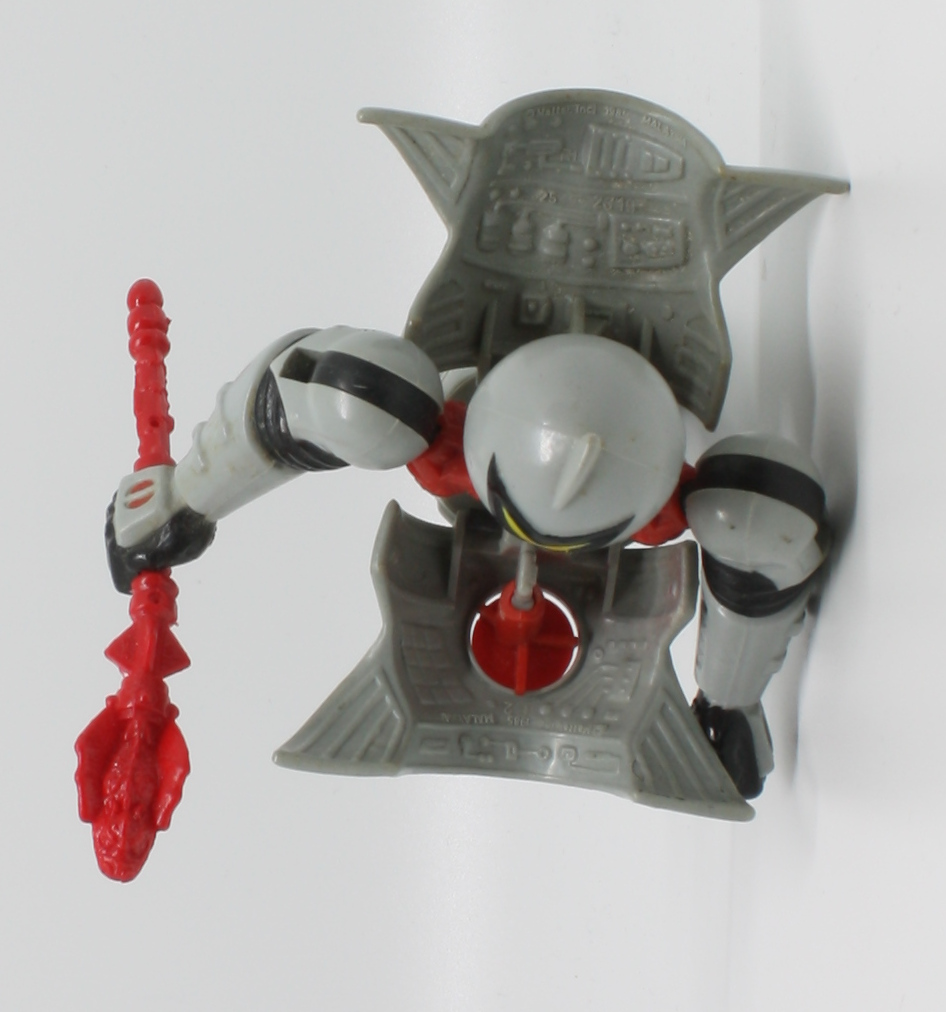
Mattel trademarked “Horde Trooper” on November 12, 1985.
Animation
Horde Troopers were fairly ubiquitous on the She-Ra cartoon. As mentioned previously, early in production the Horde Troopers were going to be living creatures, with various species inside the armor. Although that concept was eventually dropped, even in “Into Etheria” one of the Troopers is named Marg.
In “She-Ra Unchained” there is a plot-point where He-Man captures one Trooper in order to disguise himself in the uniform and infiltrate the Fright Zone (the storyboard image shows a human tied up while He-Man puts on the armor).

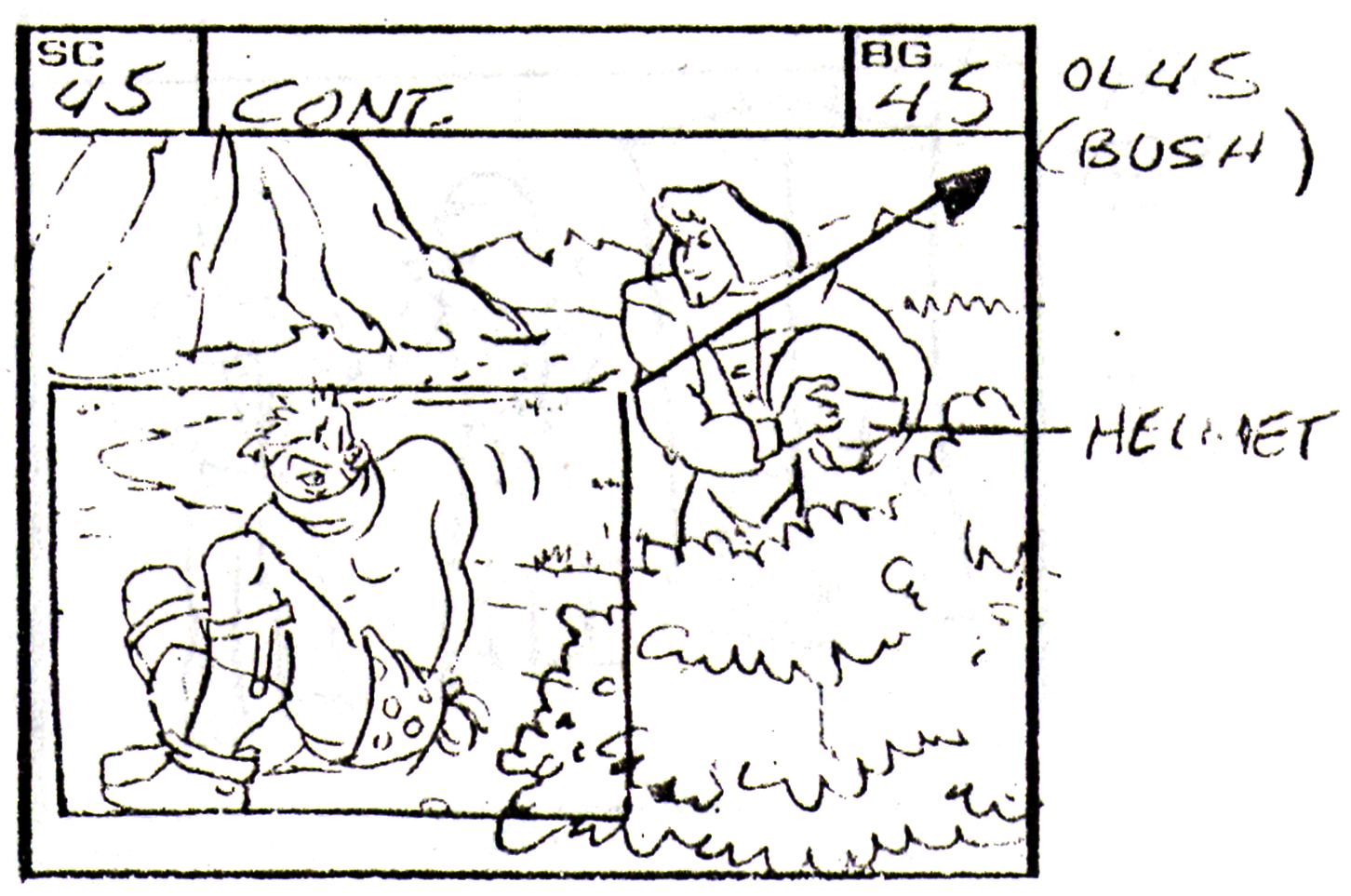
Horde Troopers have been shown to sneeze, be terrified, and shoot beams from their eyes (in “The Laughing Dragon”). By Season 2 the characters kept reminding viewers that the Troopers were robots, particularly in fight scenes with Rebels.

In the episode She-Ra Unchained we learn about the history of Hordak and his Troopers attacking Eternia. Hordak is seen in similar gear as the soldiers, whom have a different appearance to them. To indicate the passage of time possibly, these might be proto-Troopers with helmets that have large openings for eyes and depict hollow insides.


Filmation came up with a number of specialty Horde Troopers for use in different situations, although these variants were never released in the vintage toyline, including Naval Troopers and Flame Troopers.

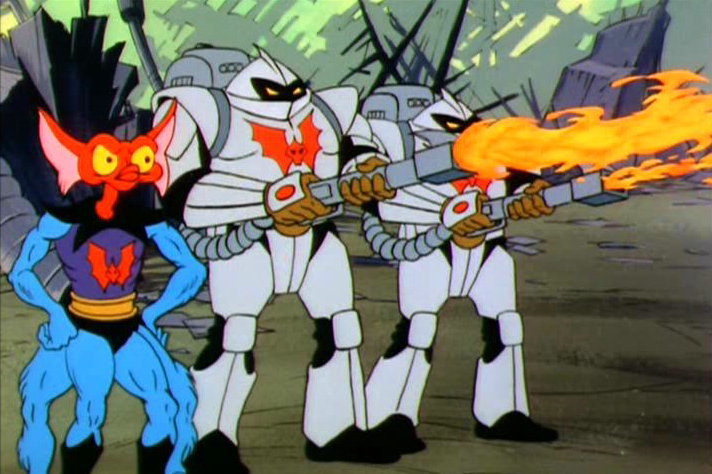
Though the Horde Troopers themselves got treated more and more as robots for the good guys to trash. In the Horde Empire, they also had humans in different rankings, wearing armor similar to the Horde Trooper design.

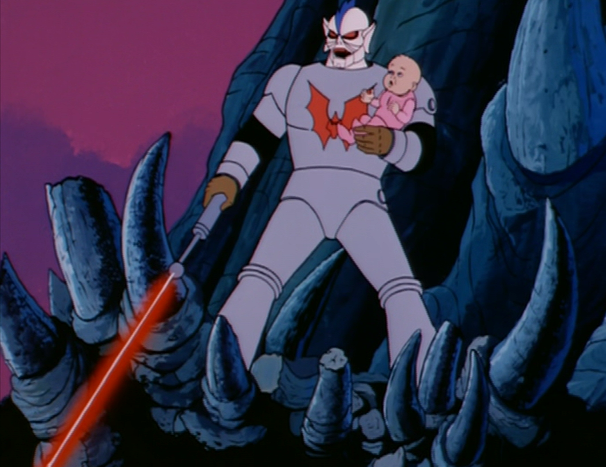
Comics, Story Books & Artwork
Horde Trooper figures came packed with The Hordes of Hordak. In the story, Hordak manufactures his troopers with a machine that pulls raw materials right out of the ground and converts them into robot warriors. Hordak knows, however, that his troopers are vulnerable to a punch in the chest. For that reason he kidnaps Sy-Klone, who is uniquely capable of delivering rapid-fire punches (images below are from Dark Horse’s MOTU minicomic collection and from He-Man.org). Unlike the more common yellow-colored eyes, here Horde Troopers have red eyes.
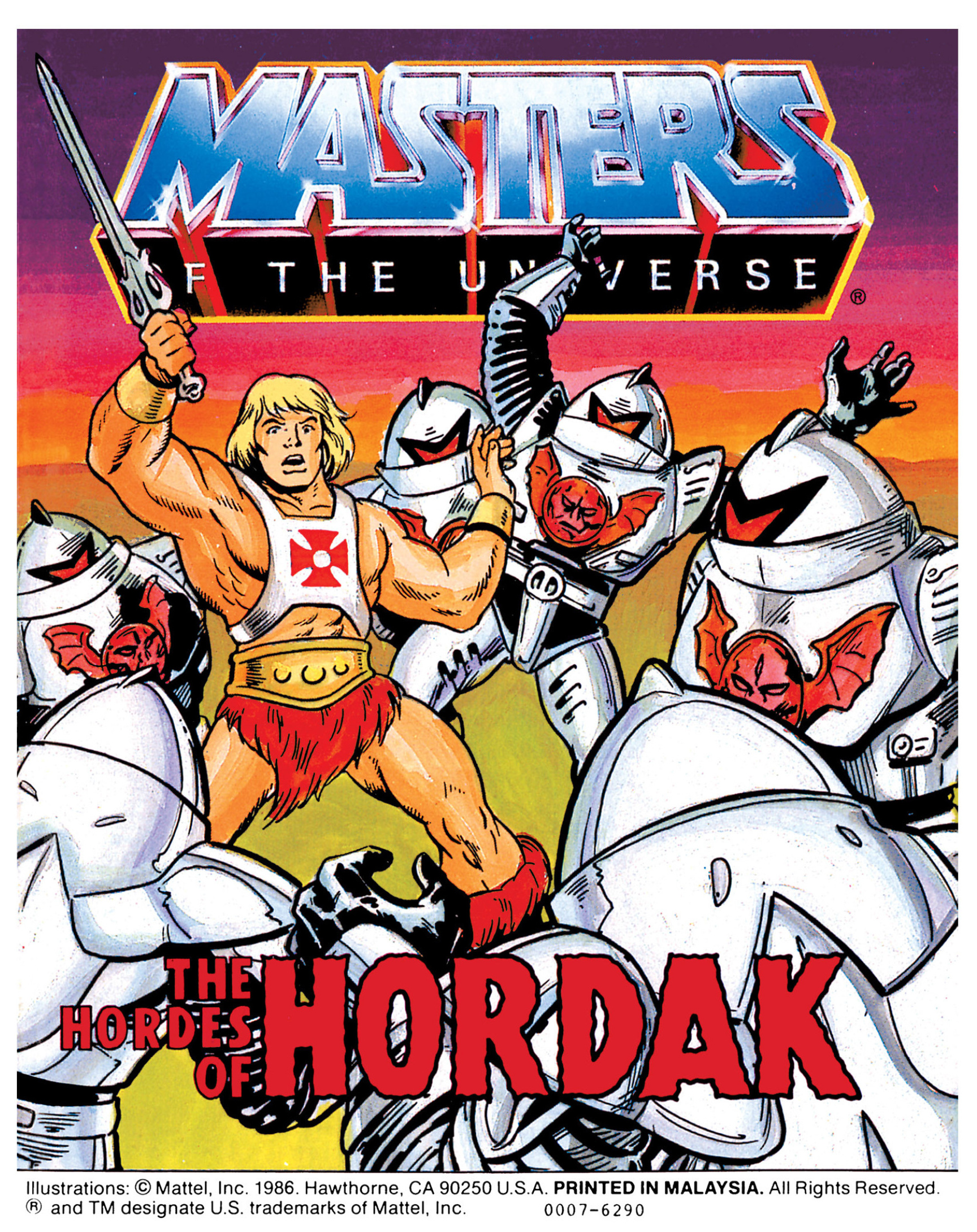
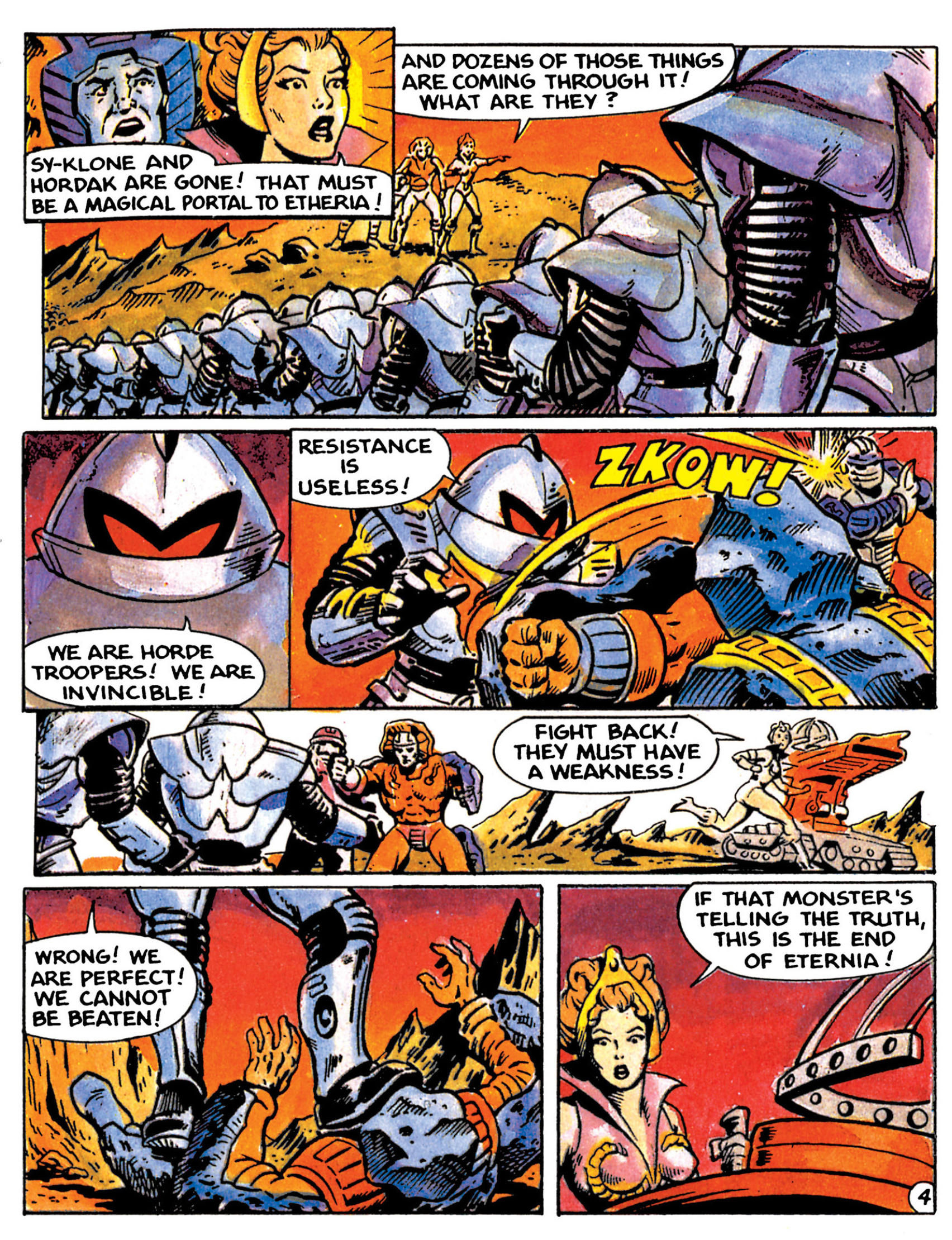
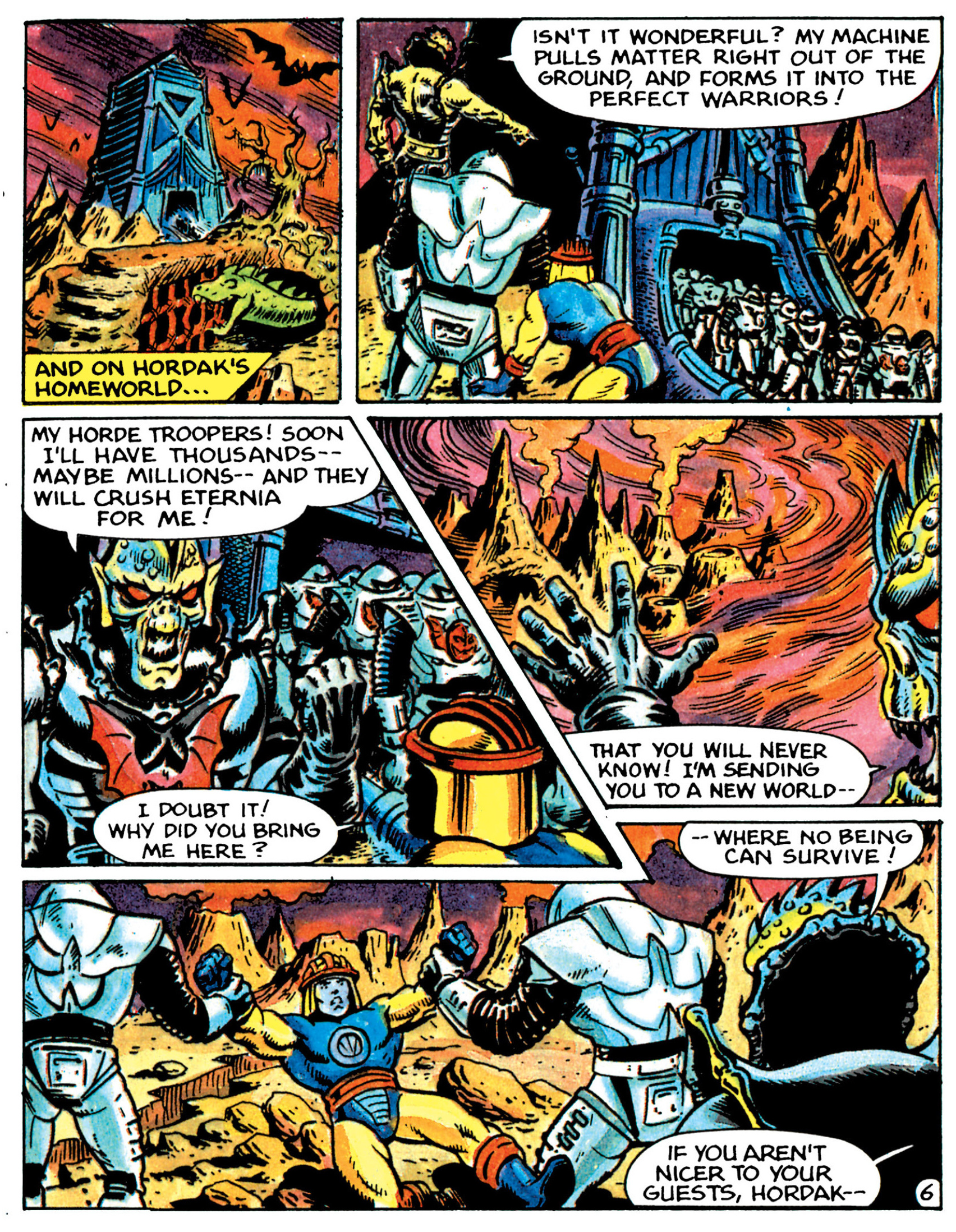

The Golden Book She-Ra Princess of Power showed humans in Horde Trooper armor, and the helmet even has some spikes on top of it, reminiscent of Hordak’s head.

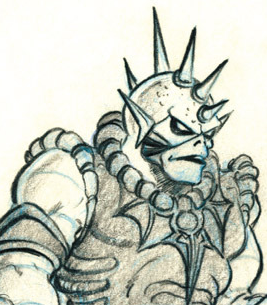
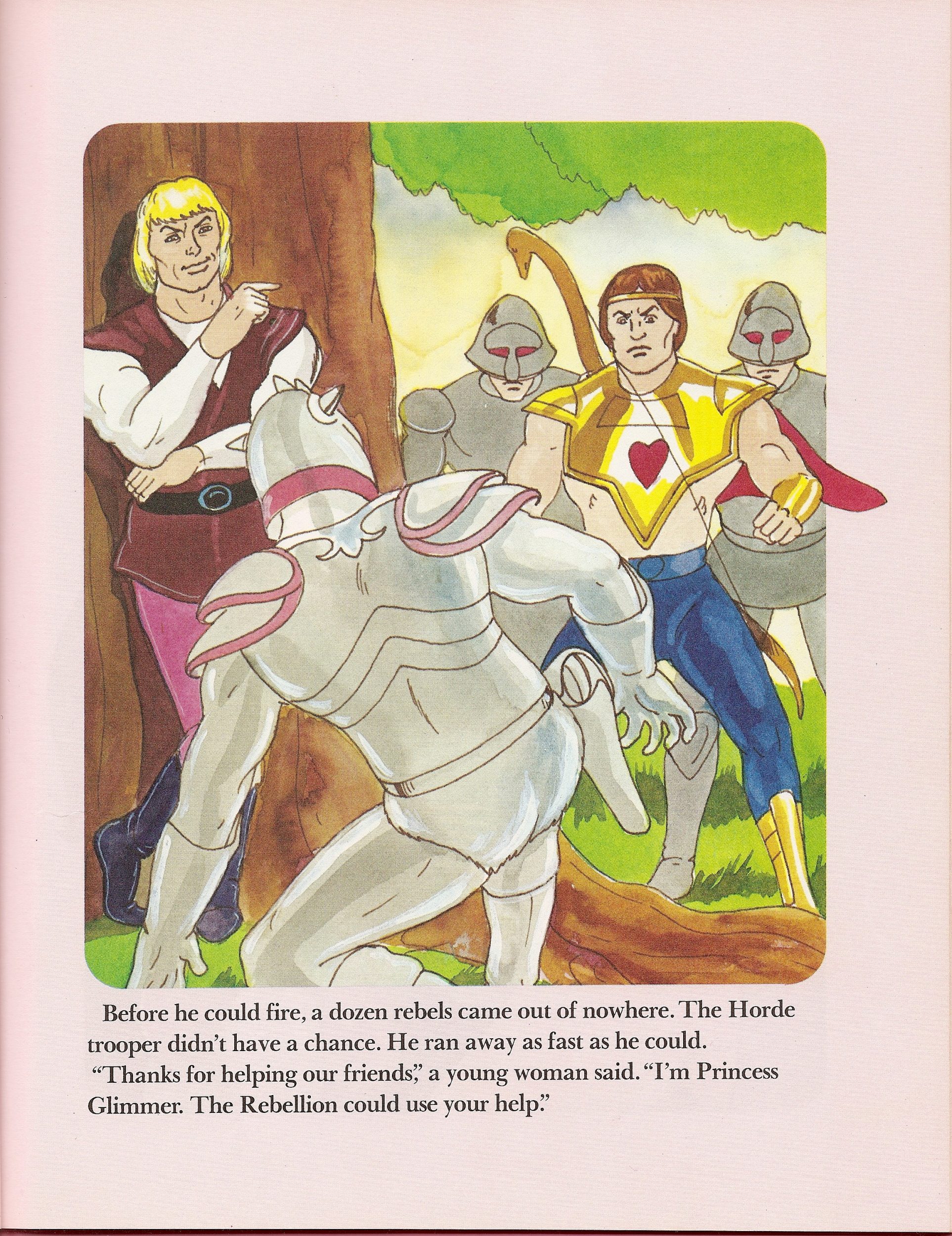

The STAR/Marvel comics showed Horde Troopers as slightly bigger robots, with abilities like shooting a blast from their hand.

Edit: Øyvind Meisfjord points out that in the Star Comics, the Horde Troopers were merely empty shells animated by Hordak’s magic:

In the 1986 Kid Stuff story, Prisoner in the Slime Pit, the troopers have a very off-model appearance, and look like organic beings. Some of the text descriptions do not match the visuals. The Kids Stuff books included many other obscure elements from MOTU mythos, like He-Man sleeping inside Grayskull. In the case of this unique Trooper – When asked from artist about the designs, he sadly could not remember if they were his own designs.

In the Golden story The Sword of She-Ra, the Troopers (and the rest of the characters) are closely based on the Filmation cartoon, although they are a bit more colorful here:

The Horde Trooper in the Spring 1988 issue of the US Masters of the Universe Magazine likewise is based on the Filmation cartoon. This is a pretty typical ending for the villains across He-Man and She-Ra stories: they are angry, disoriented and covered in mud!
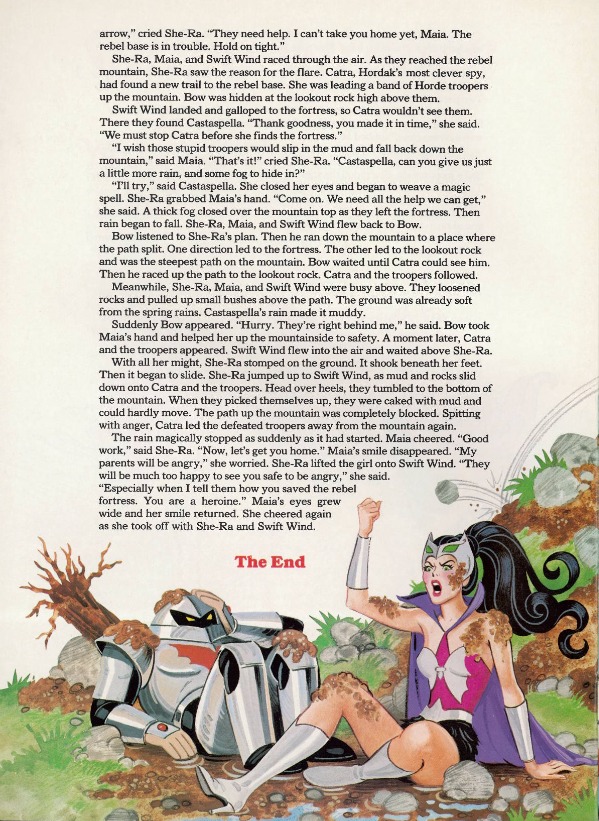
In the Fall 1988 issue, She-Ra encounters a pint-sized human Horde Trooper who had gotten lost in the woods, was found by Horde Troopers, and taken by Hordak. In the story, She-Ra sets him right and returns him to his family:

Some other appearances of Horde Troopers:


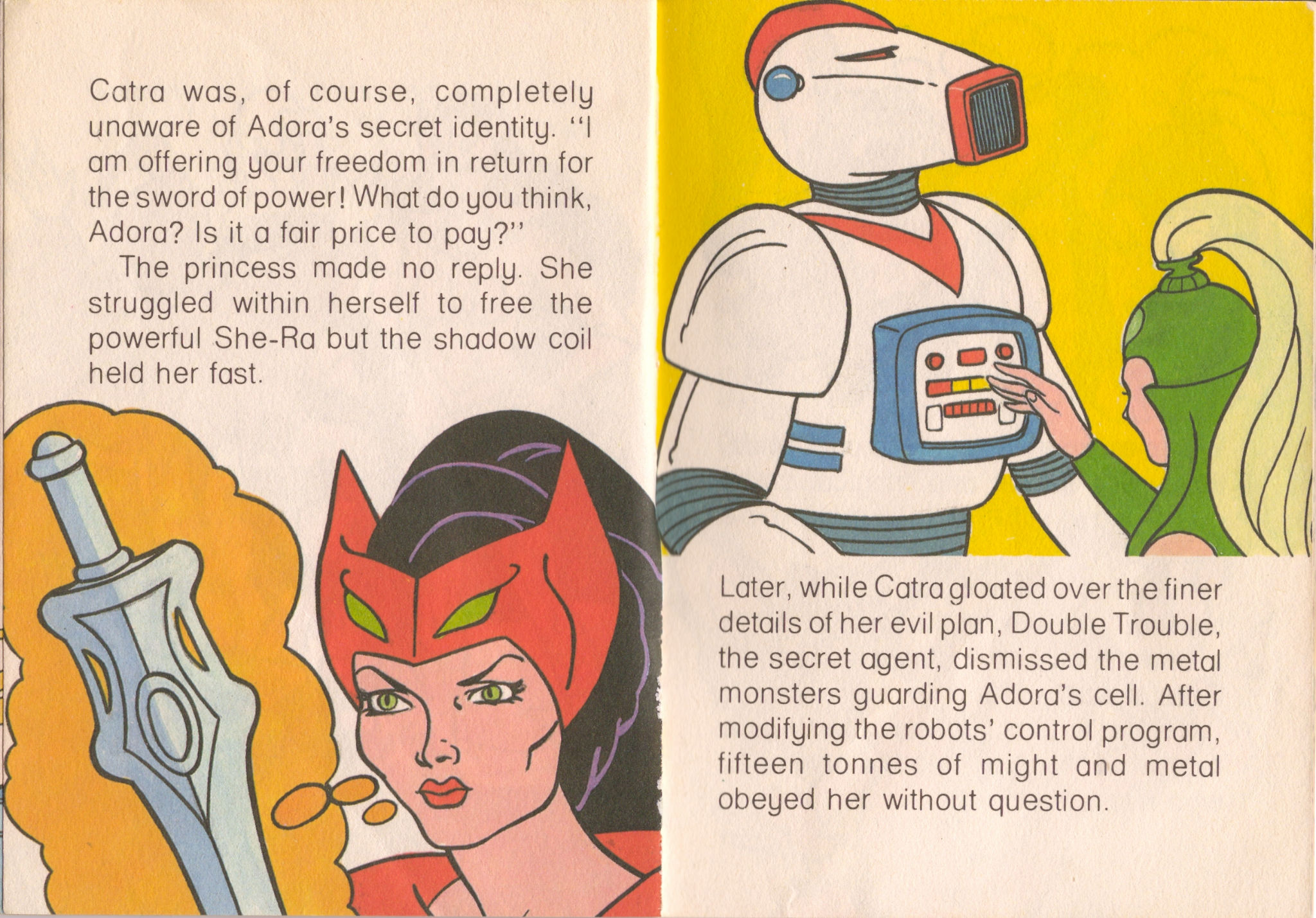
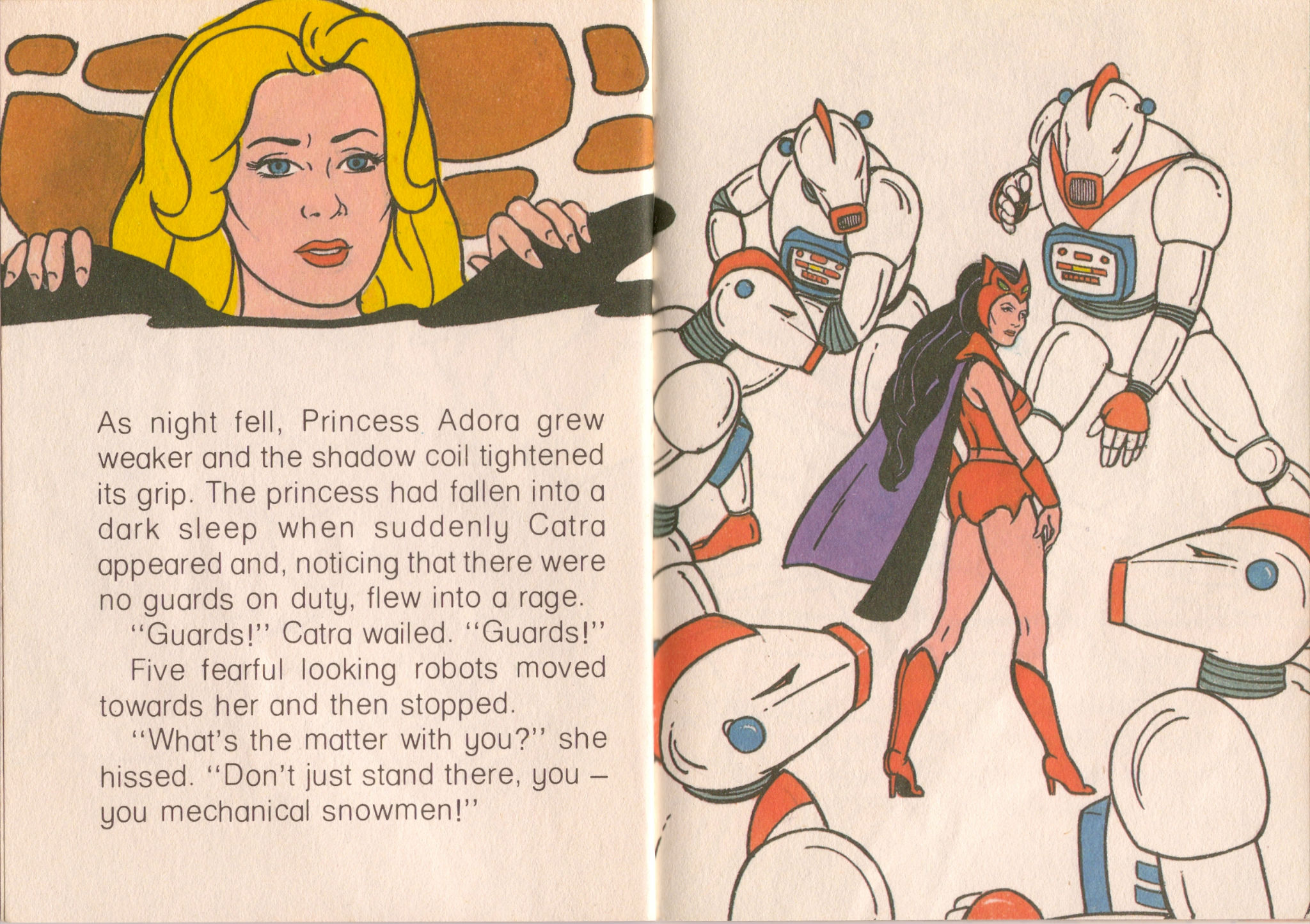
Horde Troopers show up in William George’s 1986 Eternia poster:

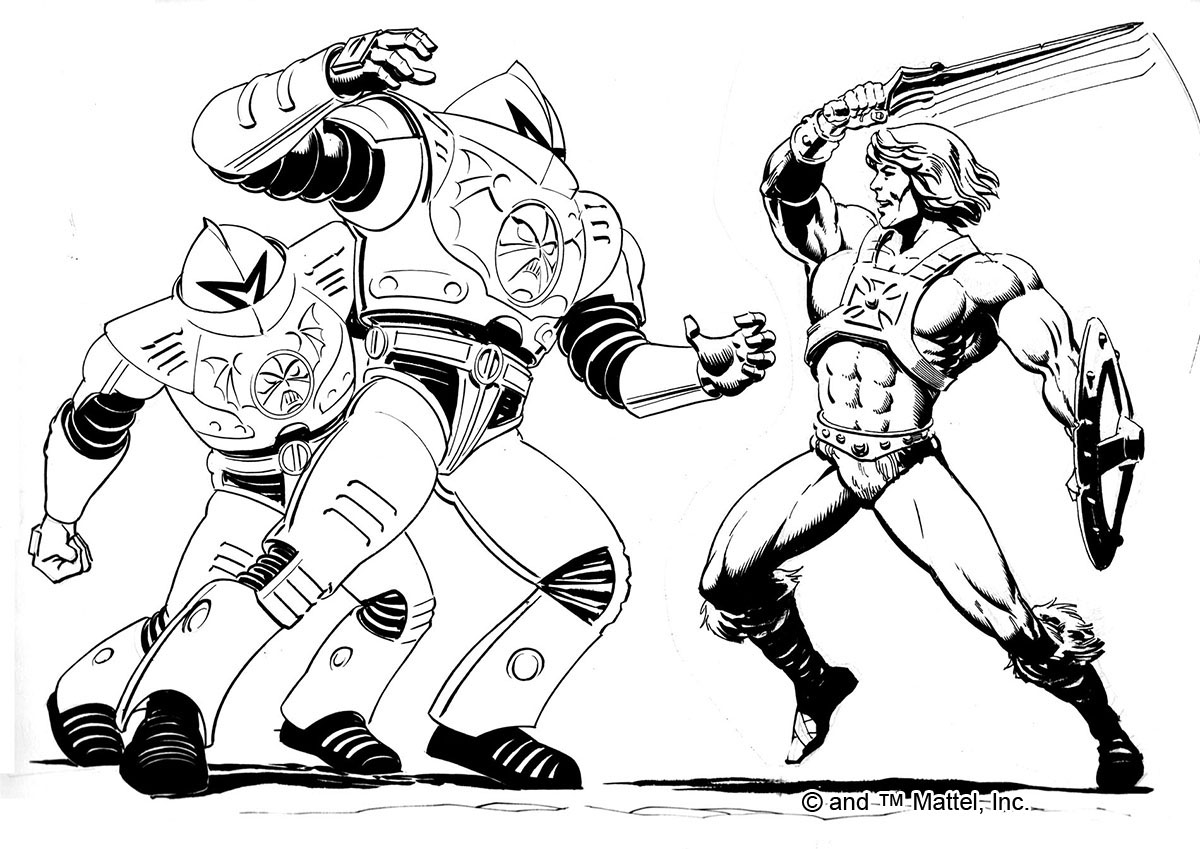
Horde Troopers in Action
Øyvind Meisfjord has kindly shared the following images and video of Horde Troopers in action!


Adam: Thanks for reading. Until next time!
Jukka: This took a lot of time to research and wanted to express my gratitude for all the help I’ve gotten from other fans, and for Adam on having me contribute here!

